By Rick VanSickle
The year 2020 will be remembered for many things — few of them good — but if you are an Ontario wine lover, here is your silver lining.
While most people spent the year hunkered down indoors due to lockdown after endless COVID lockdown, with the occasional masked foray for groceries, curbside shopping or take-out at their favourite restaurant, an incredible and rare treat from Mother Nature was unfolding quietly and without drama in the vineyards across the wine regions in the province.
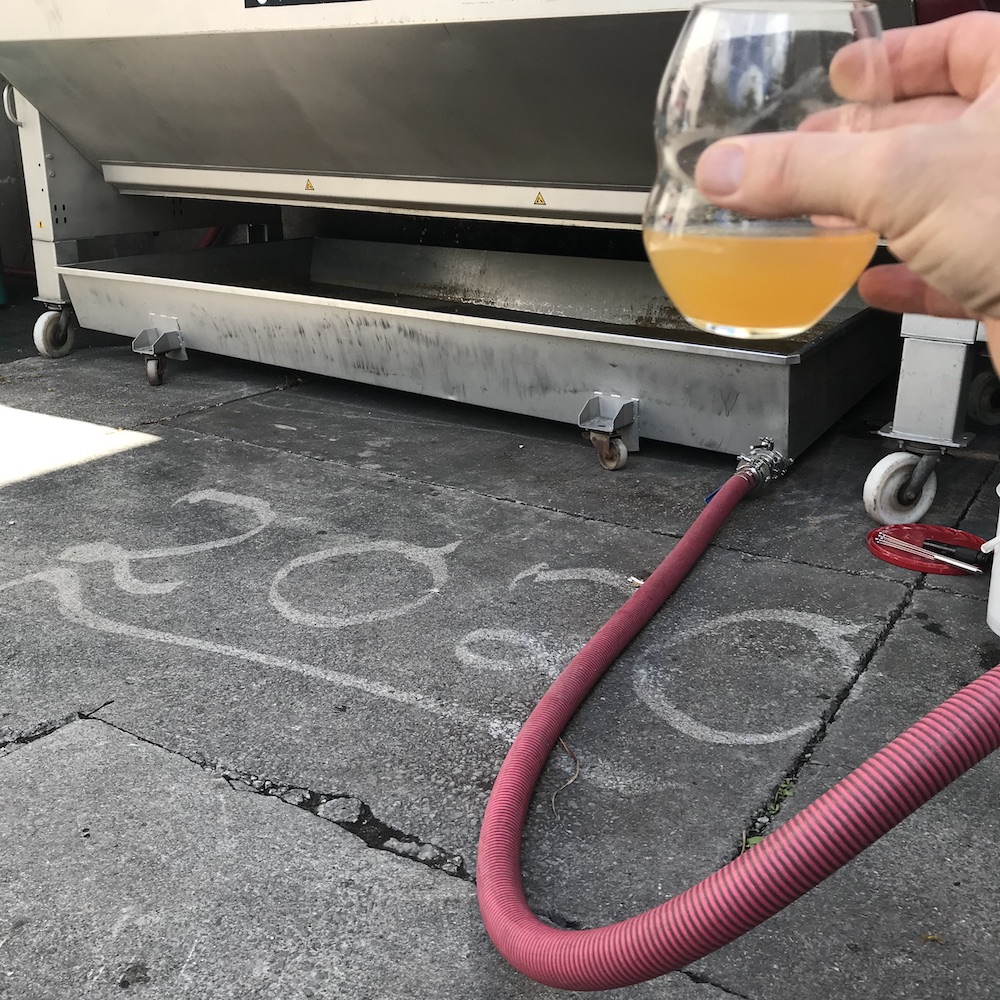
Wines In Niagara will publish its annual Ontario Vintage Chart on Monday with a rating and synopsis on the 2020 vintage and updates on other vintages all the way back to 1998 with optimum dates for cellaring.
Near perfect conditions in the 2020 growing season conspired to coax the best out of a wide spectrum of grapes, from tender white and red varieties to the big Bordeaux grapes. Rarely — if ever — are the Pinot and Cabernet growers singing the same praises for a vintage. But in 2020, here we are.
Said veteran Stratus Vineyard winemaker J-L Groux: “2020 is one of the four best vintages in the last 32 years I have been here. It’s great for white wines with surprising great acidity and, of course, for reds, with high GDD (growing degree days) and low rain.”
It is the rarest of vintages when all grapes (if picked at the right time) reached phenolic ripeness and maintained the acidity needed for balance, but, by all accounts, 2020, has both of those key ingredients as well as ripe tannins that will provide the structure and longevity in the red wines and offer complexity, elegance, body and freshness in the white wines across the board.
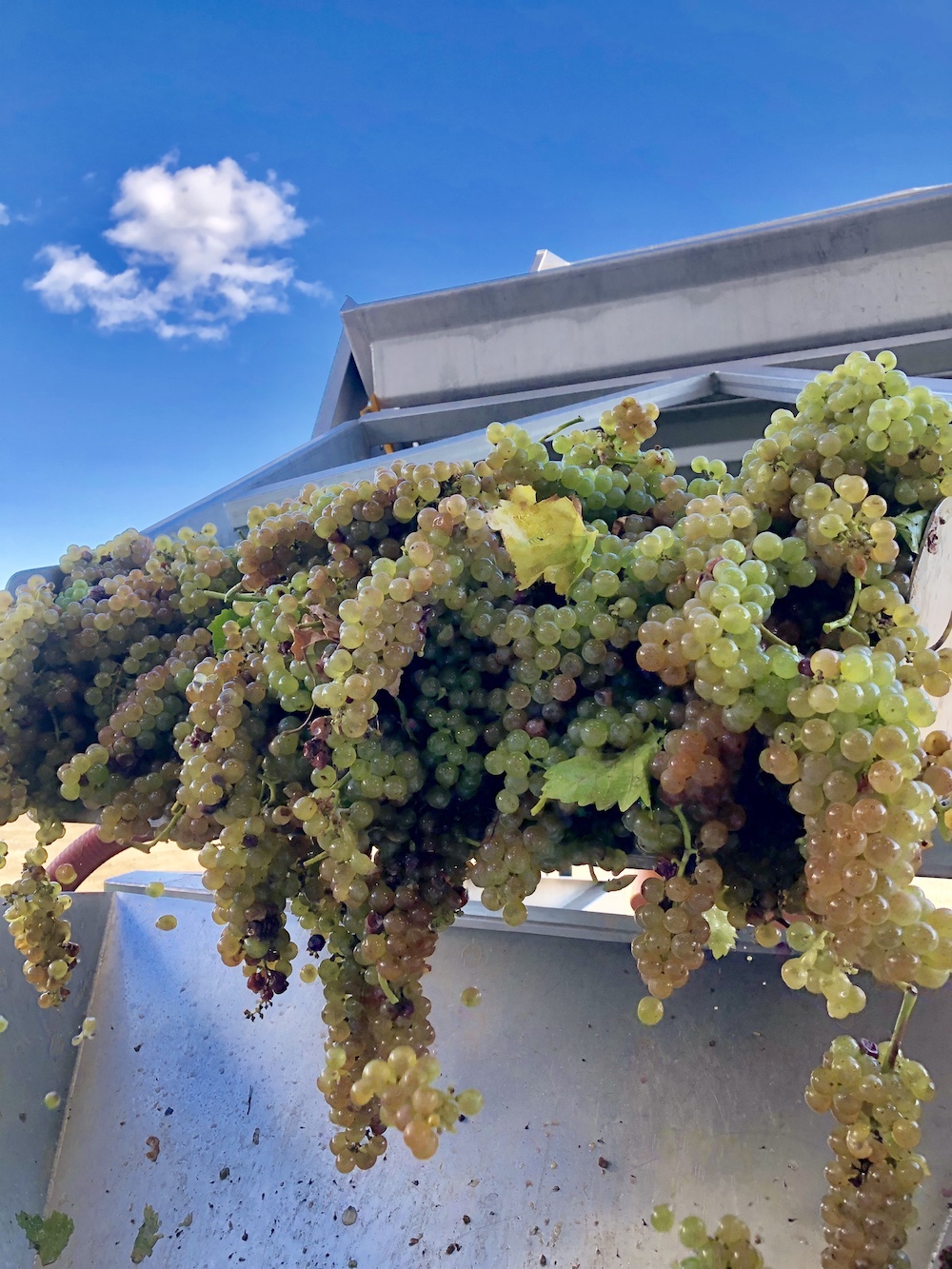
Malivoire winemaker Shiraz Mottiar agrees. “It will be hard to predict which varieties or styles will become the stars of this vintage (or decades — past and present) as each will have a fair shot to stake that claim.”
In this extensive annual report on the 2020 vintage, Wines In Niagara asked dozens of winemakers and growers across the province for their frank and honest assessments of the vintage that was. While there were some concerns in Prince Edward County and other regions outside of Niagara, primarily with late spring and early fall frost episodes, what grapes did get harvested are reportedly the best many have seen or at least on par with some of the great vintages since 1998.
If there is any sort of a negative to 2020, it is the yields. VQA Ontario, in its report on the harvest, said, “while the overall grape crop is down compared to recent vintages, grape quality across all varieties is expected to be exceptional and wine expectations for the 2020 vintage are very high.”
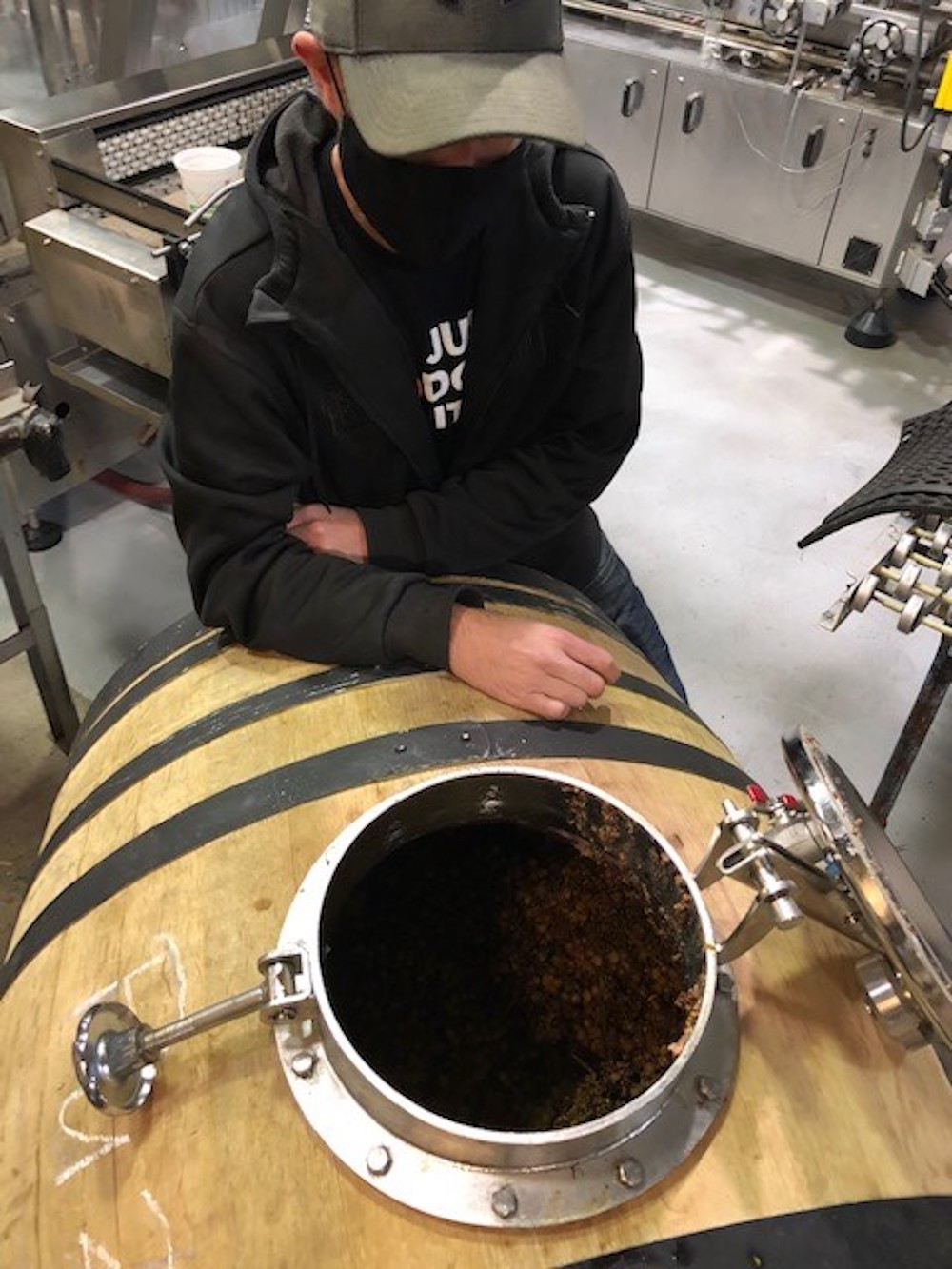
Prince Edward County winemaker Dan Sullivan had this to say about the vintage: “While there is not a lot of fruit, virtually all of it, every varietal down to the cluster was spectacular. It is still early but I expect 2020 is one of, if not the finest vintages ever here in PEC and I would posit, in Ontario, I can ever recall — and my memory goes back to 1995.”
Winemaker Kevin Panagapka from 2027 Cellars in Niagara, agreed: “2020 was the best grape growing year I’ve witnessed in 20 years of winemaking. The fruit was perfectly ripe (both phenolic ripeness and lab analysis).”
After a mostly uneventful early growing season and a warm summer, sunny and dry conditions continued throughout September and October providing ideal weather for the full and complete maturation of grapes and their harvest, VQA reported in its vintage summary. Some winery growers reported a slightly earlier than average harvest — end of August, for sparkling varieties. Harvest for table wines followed close on the heels of sparkling and progressed steadily through the month of October. Dry conditions at harvest resulted in grapes harvested in good condition with good fruit concentration.
“While the overall grape crop is down compared to recent vintages, grape quality across all varieties is expected to be exceptional and wine expectations for the 2020 vintage are very high,” said VQA.
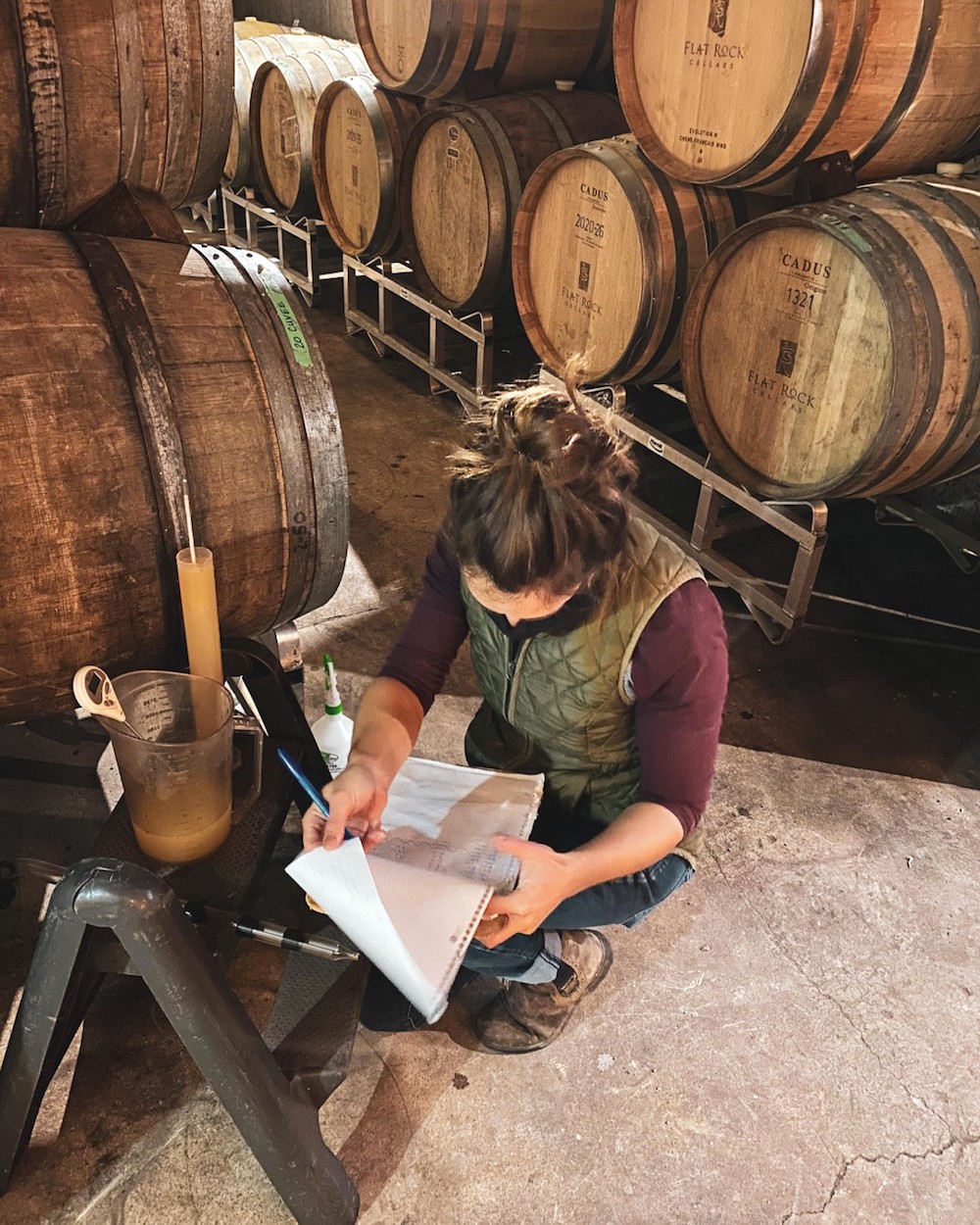
For his part, veteran Niagara winemaker Brian Schmidt from Vineland Estates on the Twenty Bench, was downright giddy with the 2020 growing season. “From the moment the buds on our vines began to swell (in May) until the day we harvested our fruit in Sept. to Oct. to Nov. there was not a single cause for concern. That is just NOT normal.”
If consumers have been on the fence waiting to fill their cellars with age-worthy Ontario wines, 2020 is the perfect place to start.
“When the 2020 Ontario wines start being released run, don’t walk, to your nearest tasting room or online winery store and buy as much as your wallet can handle,” added Sullivan. “Good fortune awaits the astute.”
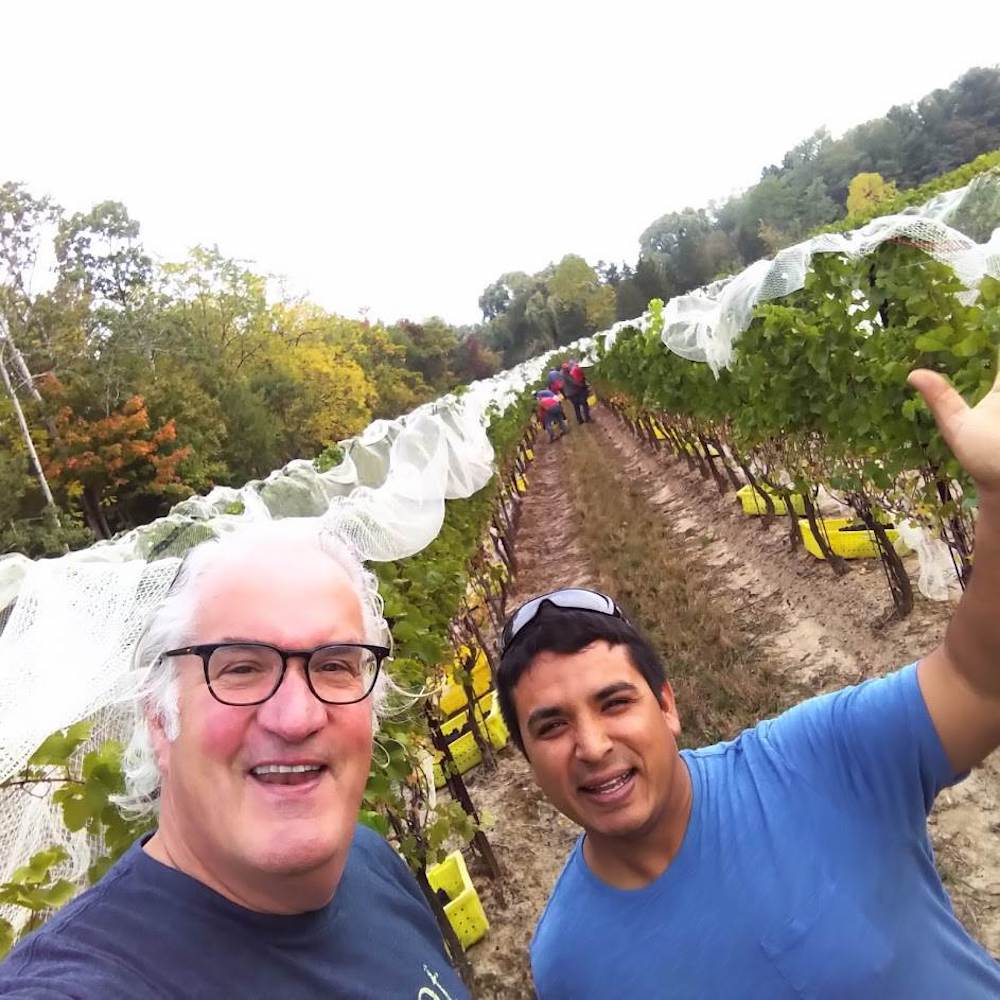
All winemakers and growers who contributed to this report say they are bottling reserve reds, usually only done only in the very best vintages. These will be long-lived wines at the highest end of the quality scale.
Concluded Creekside and Queenston Mile winemaker Rob Power: “I’m a cautious man (er, sometimes?), and would always hesitate to hail the next “vintage of the century” before we’ve bottled anything. But the building blocks are all there in 2020: Niagara elegance and balance with a bit of new-world ripe oomph and power to amp things up, in (most unusually) both whites and reds.”
Harvest vignettes
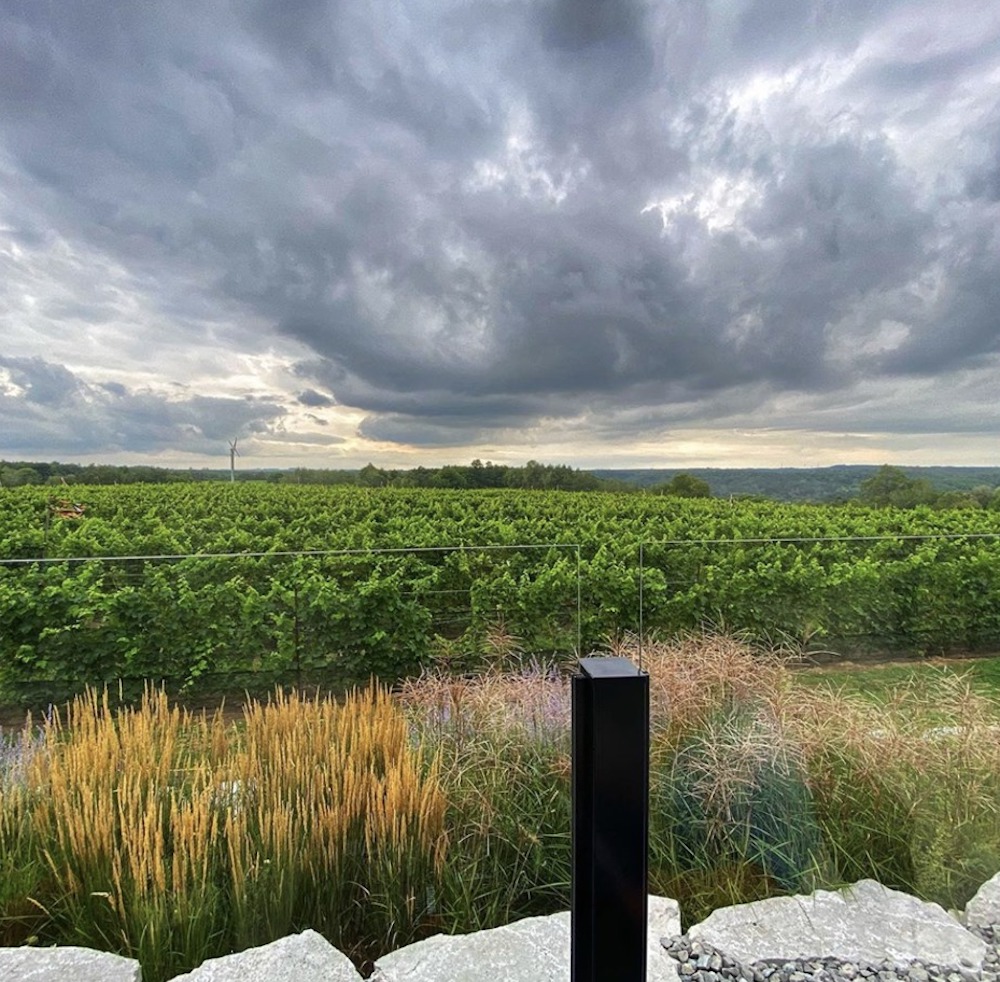
The following is snapshot of the 2020 vintage in the words of those who know best — nearly 30 winemakers and growers from all regions in Ontario who were toiling in the vineyards of Ontario from the moment the buds starting bursting in early spring until the last grapes reached the crush pad. Each voice brings a different perspective to the conversation resulting in a wide-ranging view of the harvest. Never has there been a more collectively bullish perspective of the vintage across all varieties in Ontario since Wines In Niagara has been providing this report.
The vignettes have been broken into sections — Niagara, Prince Edward County, Lake Erie North Shore and “other” regions. The comments are listed first by region and then in the order they were received by Wines In Niagara. Our sincere thanks go out to all who took time to contribute to this report and provide photos (Wines In Niagara respected social distancing protocols and spent little time on harvest crush pads in 2020).
Niagara Peninsula
Bruce Nicholson, winemaker,
Inniskillin Wines, Niagara-on-the-Lake
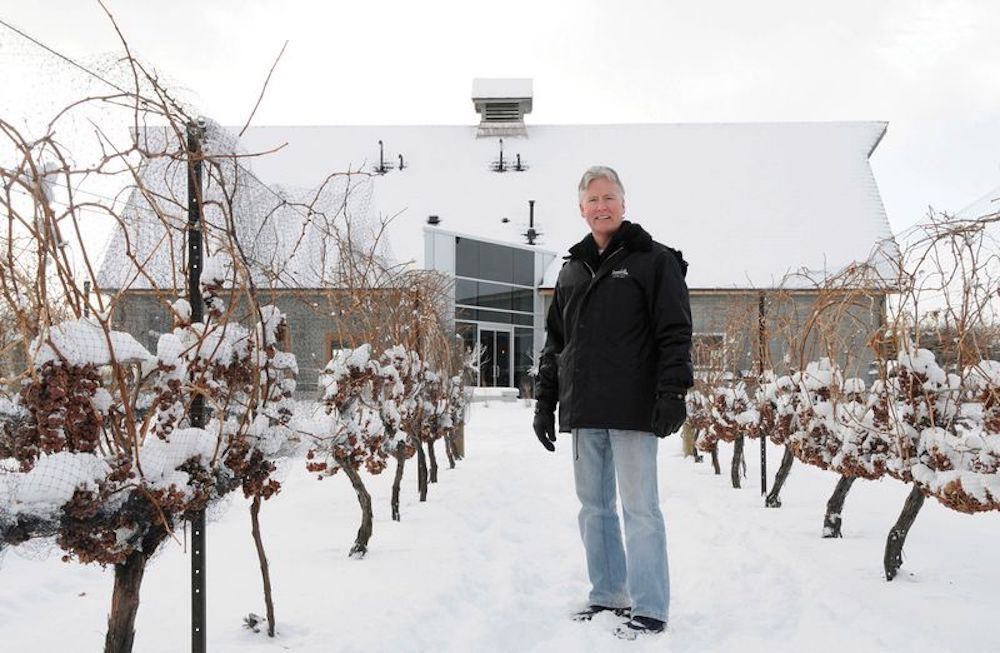
Crop development: Despite a slow start in the spring, the 2020 season in Ontario was generally warmer and drier than normal. Overall the season was excellent, with near-perfect conditions for grape maturation and harvest.
The winter was relatively mild; vines made it through the winter with minimal bud damage.
Spring was cool, with delayed vine growth into late April and early May. This ended up being beneficial as we experienced a rare spring polar vortex May 8-10. Since vines were still mostly dormant, there was no damage to buds.
June was very warm and dry. After a slow start to the season, vine growth caught up quickly. By the end of June, we were approximately only two days behind “normal.” Conditions during flowering were excellent. Early red hybrids started bloom the week of June 12, while vinifera varieties started bloom the following week.
The summer was hot and dry, with very little rainfall. Fortunately, any natural precipitation that we received was at the appropriate times during the growing season, making it an excellent year for both vine and fruit development. It was necessary to irrigate some vineyard blocks during the hot dry summer. Thanks to the weather conditions, there were almost no disease or pest issues in the vineyards.
The 2020 season was one of the best in Ontario in recent memory, with ample sunshine, above normal temperatures, low precipitation, and low humidity. Going into the harvest, there was potential for a great vintage.
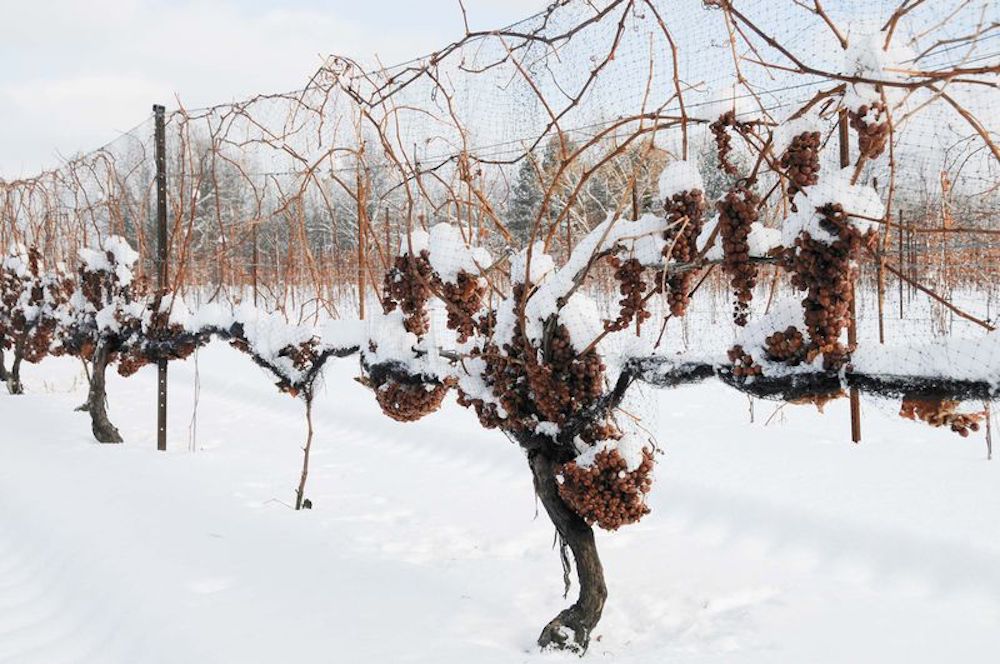
2020 harvest: The entire 2020 harvest was early. It started early and ended early, with harvest dates for each variety that were all notably earlier than normal. Harvest started on Aug. 27 with early red hybrid varieties.
Autumn was brilliant – warm, sunny, and very little rainfall, providing great conditions for harvest. Yields were down on all varieties (about 10-20%), but quality was excellent. The warm, sunny days and cooler evenings allowed the grapes to develop phenolic ripeness without any breakdown.
Not unexpectedly, the warm, dry growing season for the vines produced grapes with high sugars and low acids. Unfortunately, the overall yield was negatively impacted, with most varieties down between 10-20% of expected tonnes.
A hard frost hit the region on Oct. 31, followed by high winds and rain. These conditions removed the leaves and petioles from the vines in most vineyards, marking the end of any further grape maturity. Thankfully, the early season meant we were approaching the end of harvest, so the impact was negligible.
Early November brought almost summer-like weather for more than a week, allowing us to finish up harvest with great picking conditions. The last day of harvest was Nov. 11.
Shiraz Mottiar, winemaker,
Malivoire Wine Company, Beamsville
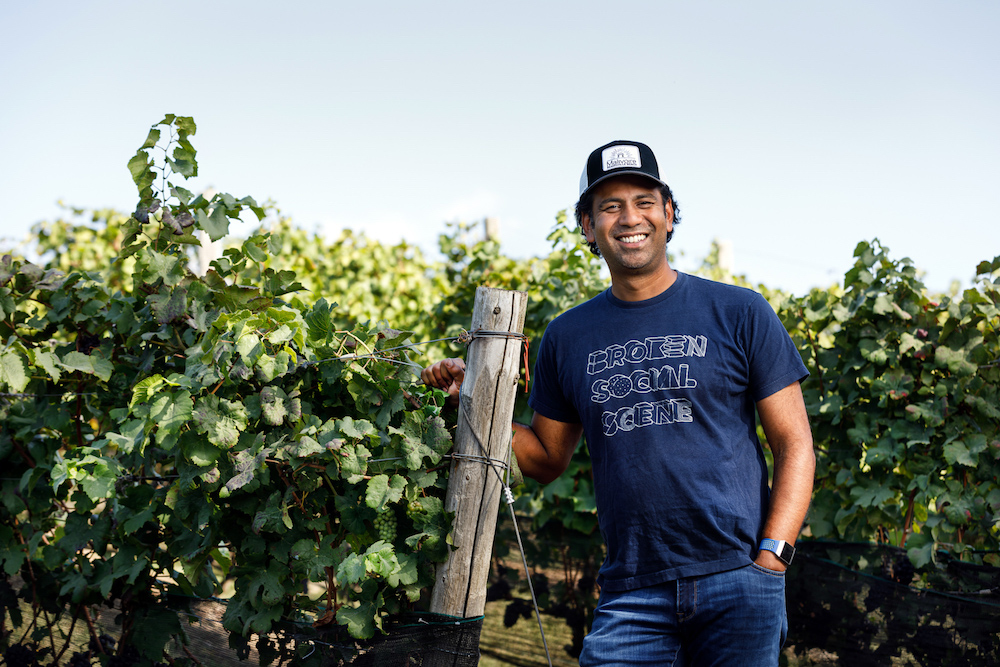
2020 was definitely a stunning vintage. If ever there was a summer to isolate from humanity in the vineyard, this was the one!
The growing season was quite slow to get going with the disturbingly more and more frequently asked question of “what month is it?” with weather showing up at unconventional times of the year. That said, having August weather in September and September weather in October isn’t all that bad for us winegrowers.
The summer was hot and dry and, as a result, the fruit has rarely been this clean and intense. What surprised me more than anything was seeing how the early season cool weather translated into the wines. Those early to mid-season varieties like Pinot Noir, Chardonnay and Gamay display the brightness, character, acidity and energy of a cool vintage but with the depth of a warm one. The later varieties like Cabernet Franc are off the charts good with everything amplified (colour, flavour, depth and acid), although you had to be careful when to pick as the sugars never stopped climbing, a result of the small berry size maturing in a warm autumn.
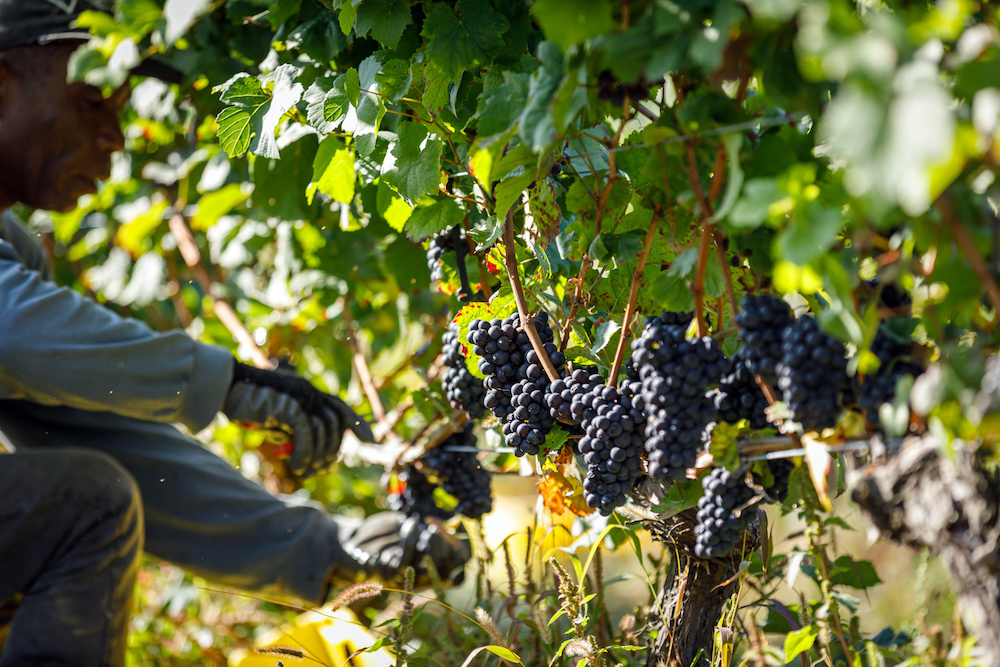
Early results are in as we have already bottled some 2020 rosé and I am thrilled with the results. It will be hard to predict which varieties or styles will become the stars of this vintage (or decades — past and present) as each will have a fair shot to stake that claim. I’ve only touched on our core varieties, but there will be stellar examples of everything this year – sparkling, Sauv blanc, Pinot Gris, Viognier, Foch, Cab Sauv, you name it!
Emma Garner, winemaker,
Thirty Bench Wine Makers, Beamsville
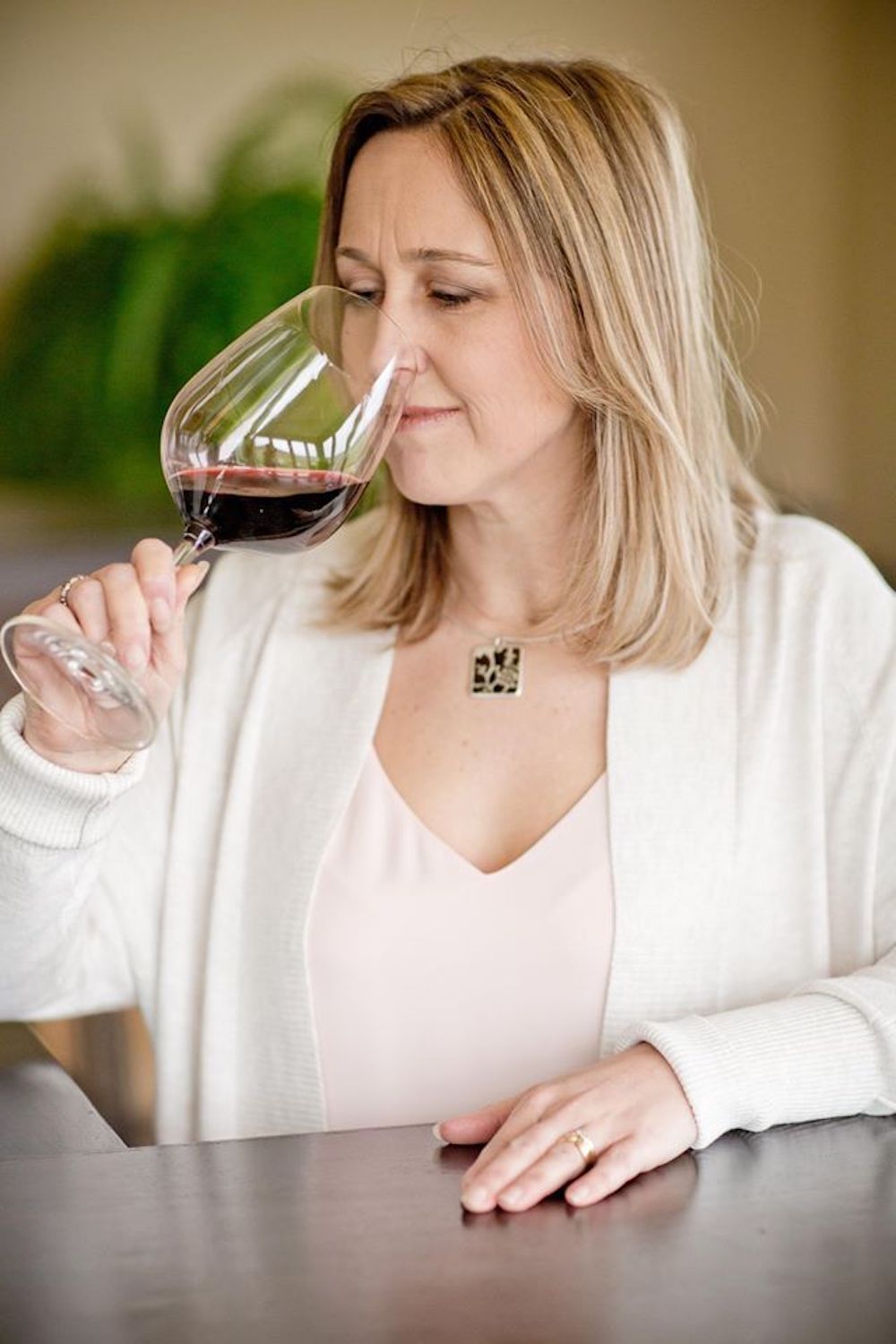
Vintage 2020 was certainly the high point of the year in my opinion. The interesting thing that I have noted while tasting the wines is that they are all showing really well at the moment. Knowing it was hot and dry, we felt confident that the reds were well on their way to being stellar, however, the Rieslings and sparklings all have that ever so essential acidity that we struggle to maintain in hot years.
Overall the quality consistency across the board is extremely exciting and I look forward to start bottling (which started earlier in February).
David Sheppard, winemaker,
Flat Rock Cellars, Twenty Mile Bench
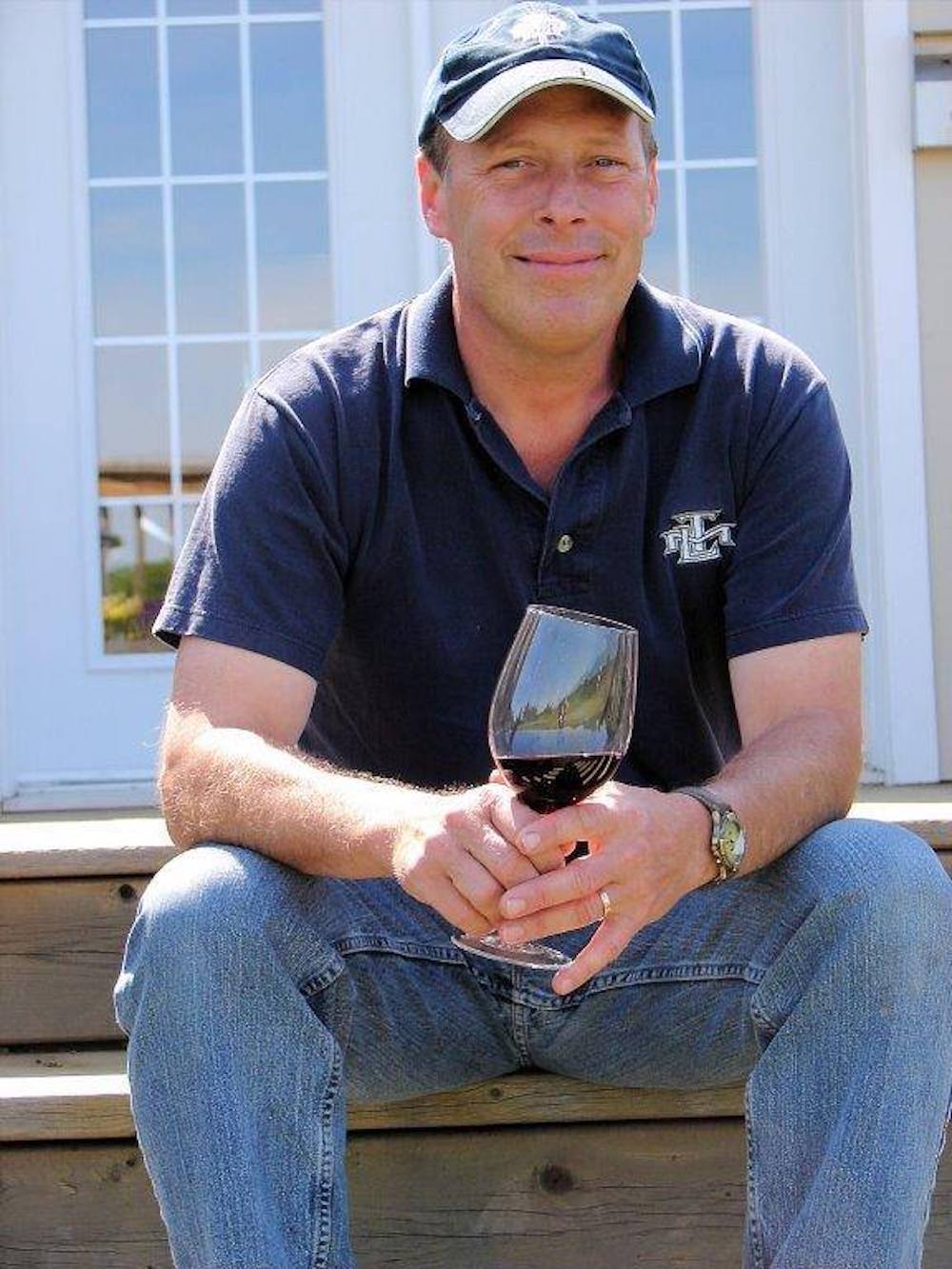
The clear star of the show from Flat Rock’s Estate vineyards in 2020 was the Pinot Noir. The so-called “Heartbreak Grape” proved to be the variety of least concern this year … kind of like the kid in the family who always has their homework done perfectly by the time you get home from work.
Most years, we are fearful of humidity, rain, cold, birds, hail, excessive heat … you name it, right up until the last berry is in the building. Even then, we would typically stress over things like phenolic and sugar ripeness, depth of colour, acid balance and so forth.
Maybe the wine Gods threw us a bone as an offering to take some of the sting out of all the other issues of the year … you know, like viruses and villains. In any case, by mid-September, the Pinot Noir was so beautifully ripe, healthy and sound, coloured up and flavourful, that we started picking on the 15th and finished up our last block on the 27th without skipping a beat.
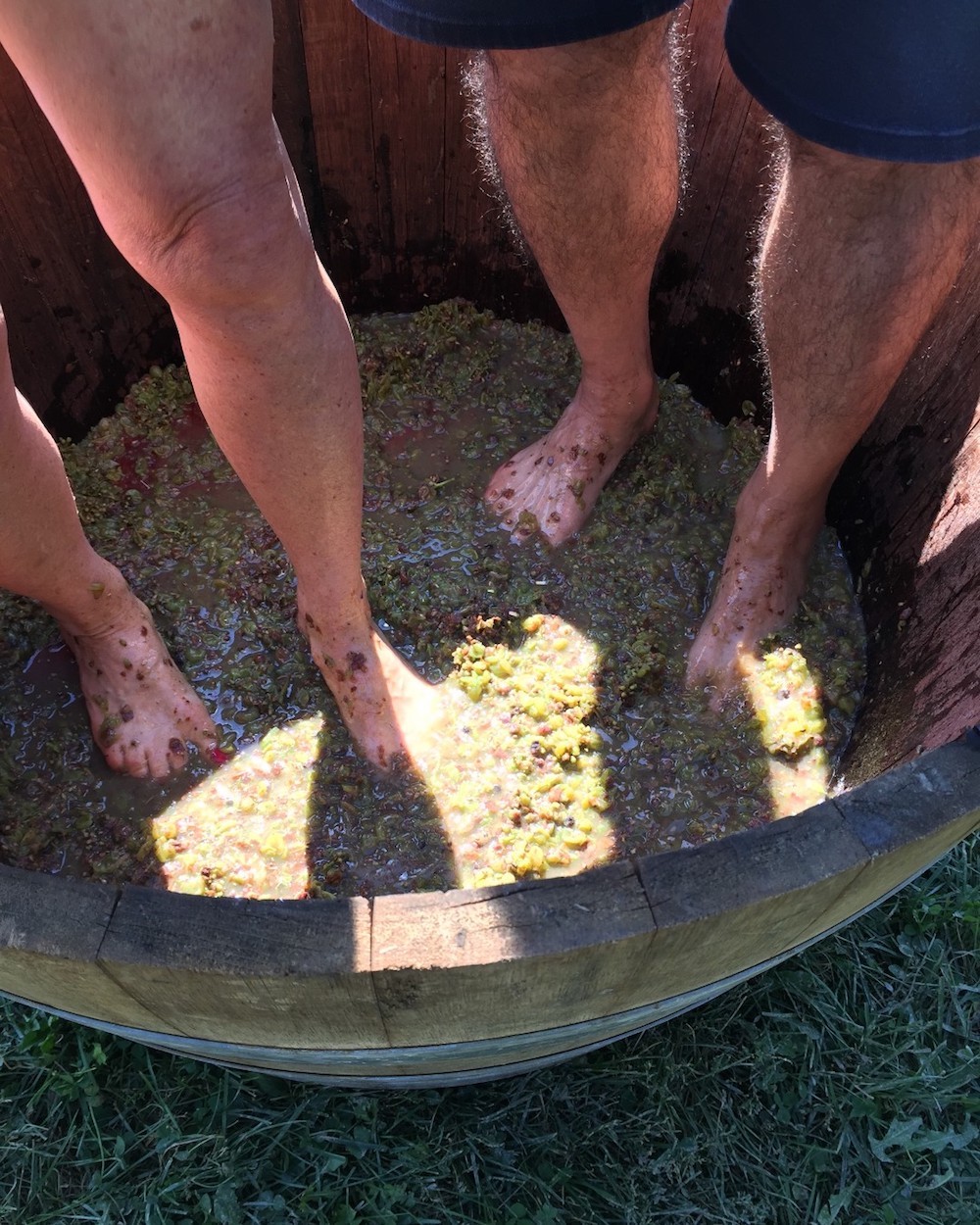
All completed during the beautiful late summer/early fall weather. I’m pretty sure that I was wearing shorts to work right up to and including the Riesling harvest, which is certainly not typical in this part of the world.
All told, we did 12 different Pinot pickings and vinified 12 different lots, all of which are barreled down individually and are identified by block. The problem now is deciding which lots we like the best.
They all show their unique characteristics, which is the reason for so many separate lots, but there appear to be no weak links this year, so putting together our various Pinot bottlings will be a whole lot of fun.
With the development and ripeness of the tannins that we’re seeing, and the chemical parameters of the wines, I really think that the 2020 Pinots will be solid, textured wines that should prove to be quite age worthy.
Amelie Boury, vice-president winemaking, vineyard and operations,
Chateau des Charmes, St. David’s
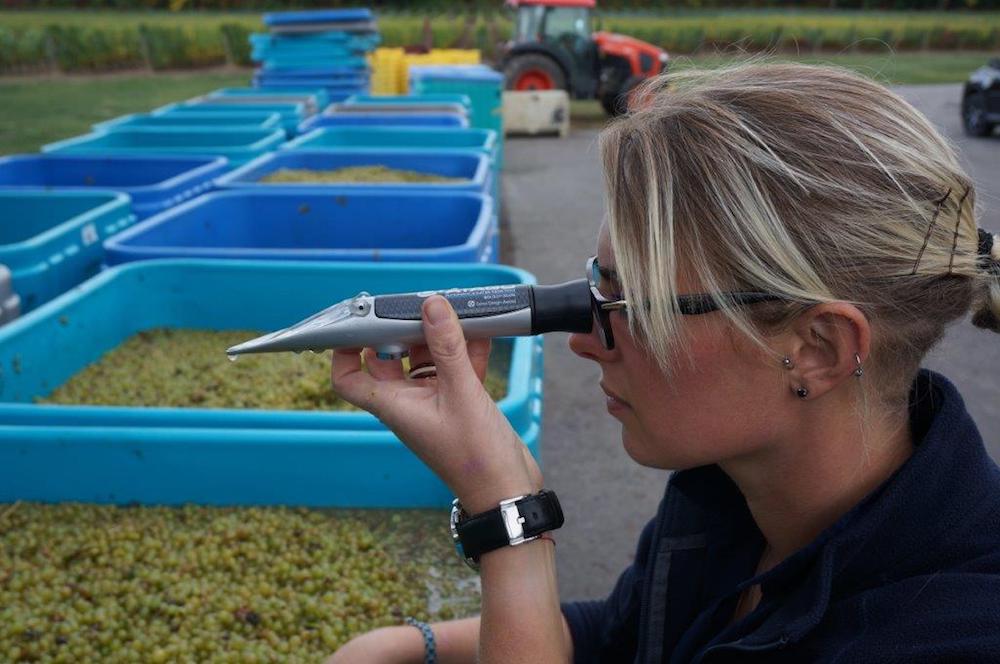
2020 was a strong season in Niagara and for us at CdC, a vintage that marked my first year managing the vineyard, solid teamwork and one we call an Equuleus year!
It had a slow start. Bud break was a little later than expected, but after that everything was in the right gear! A great amount of sunshine and rain just when we needed it; which, for once, made the Pinot Noir less problematic!
Obviously, right now we like all the wines but if we have to pick some favorites … we are delighted with the Sauvignon Blanc, fragrant aromatics and vibrant acidity; the Pinot Noir was of a great quality and is showing beautiful ripe fruit and, finally, our single-vineyard Bordeaux reds, which we have been waiting for since 2016, harvested later in the season, are concentrated with a bold structure. Those are in barrels and we will wait patiently for them to be at their optimum.
Jay Johnston, winemaker,
Hidden Bench, Beamsville
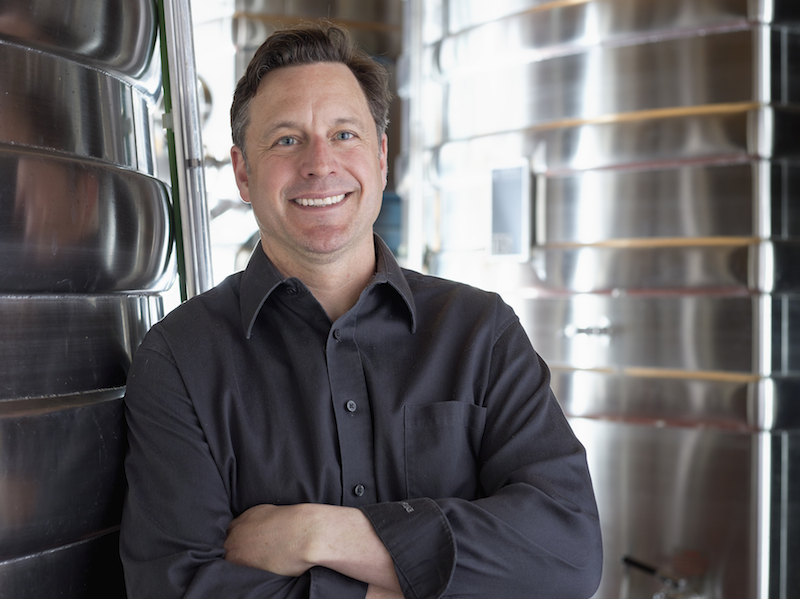
The winter of 2019-2020 was moderate without any severe cold temperatures, which typically lead to vine damage. It was warm in late winter, which continued into early spring, but the cold returned in April and persisted for a few weeks.
Bud swell started in early May which coincided with frost events from May 8-12, meaning we had to take measures to protect low lying spots in both the Felseck and Locust Lane vineyards. Over the course of three nights, our team burned hay bales to create a warm blanket over the low spots. On the last night of the cold snap a helicopter was used to blow warmer air down into the vineyards, thanks to an inversion layer where the air temperature at 90 feet was a few degrees warmer than at vine level.
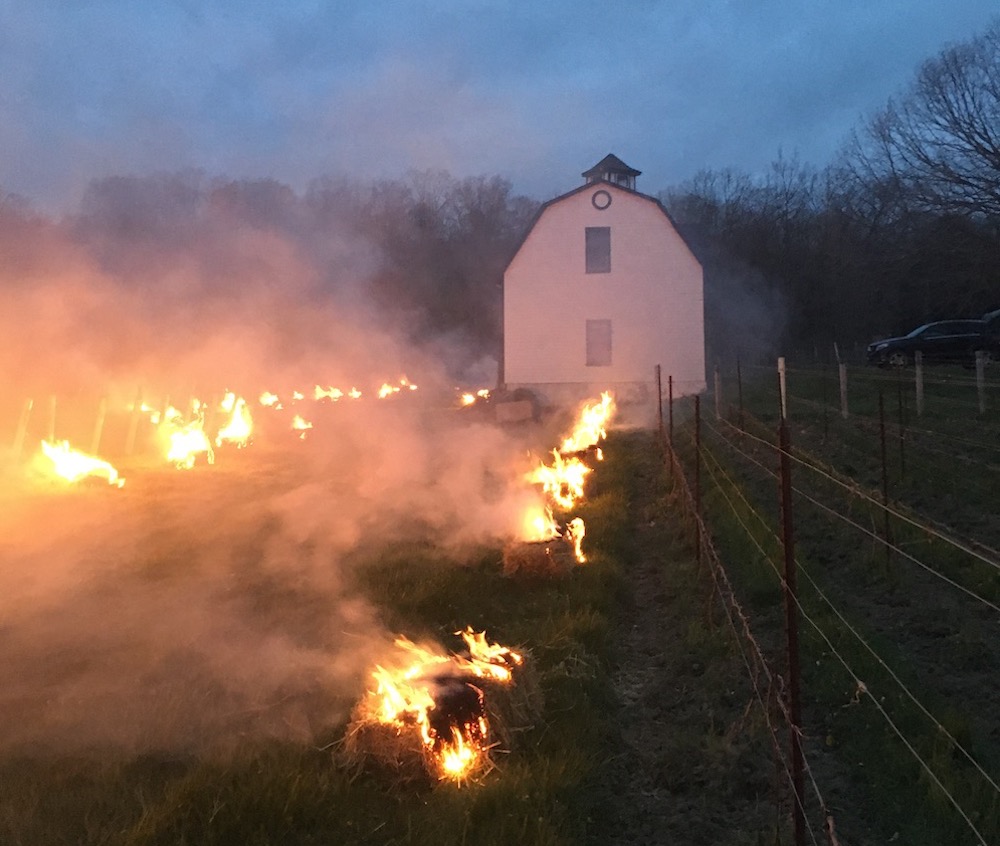
Once through those scary moments we waited to see if bud beak would be affected and if the vines sustained damage. Thankfully, by the third week of May, bud break was complete across all grape varieties with no apparent significant damage.
Through late spring and into early summer the temperatures and conditions were very conducive to vegetative growth of the vines with sun, low humidity and ample heat units. Our vineyards were spared a hailstorm that drove through the region on June 2, as well as some heavy bursts of rainfall in June, during and prior to flowering.
By summer solstice on June 21, all blocks in our vineyards were in full bloom with decent conditions for “berry-set.”
Come July, we knew it was going to be a very hot, dry summer and likely an early harvest. In light of the weather, we took measures in our canopy management to provide shading to the young berries to prevent sunburn while still allowing good airflow. With the heat and humidity there was some disease pressure, and timing of preventive organic sprays was critical.
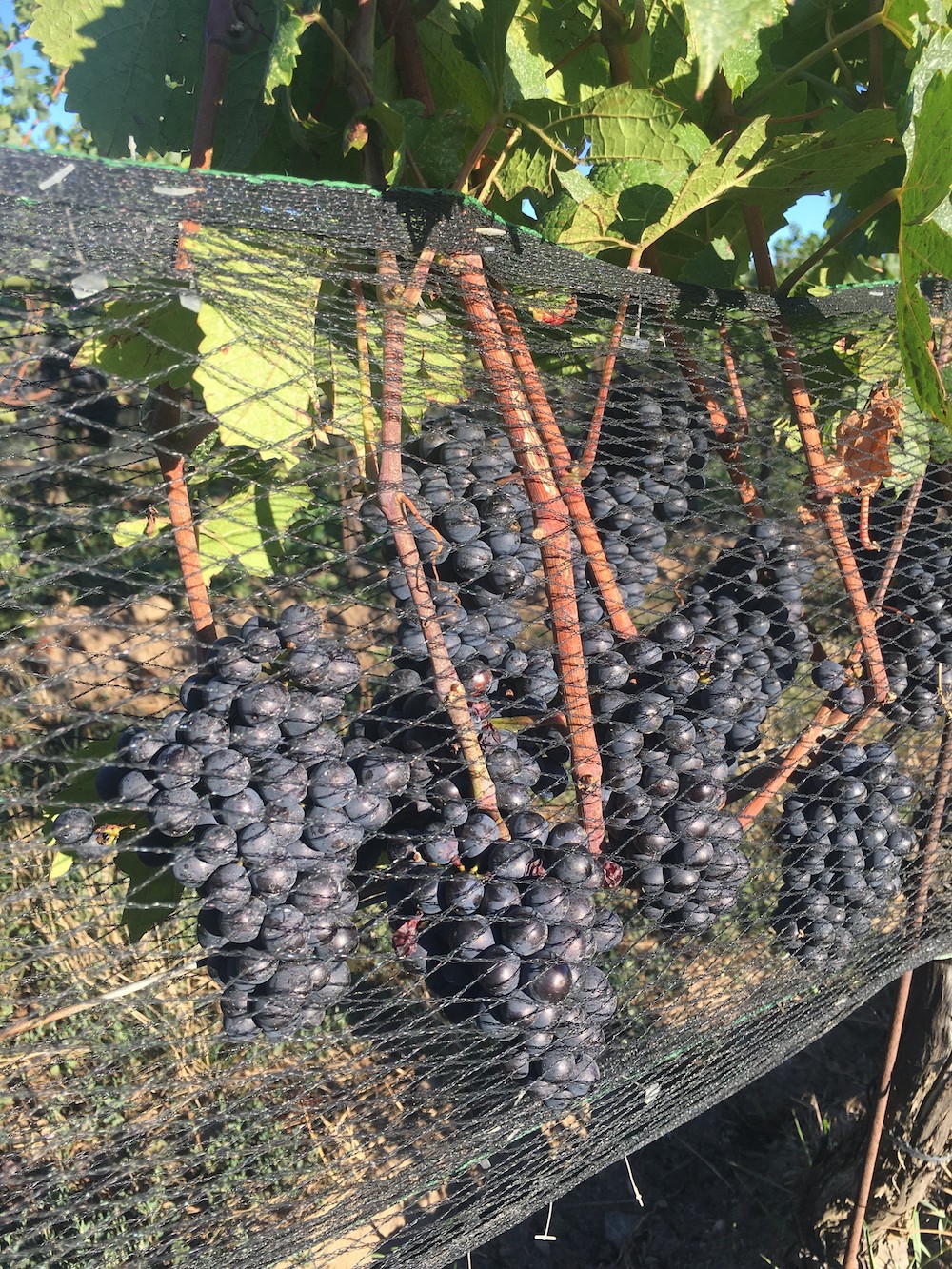
Having learned from the previous ‘extremely hot’ vintages such as 2012, 2016 and 2018, we knew that the ongoing drought conditions would lead to smaller berries and ultimately a reduced crop, so we adjusted our thinning strategy accordingly.
With the pandemic and global travel restrictions in 2020, our harvest team was comprised completely of local wine talent. The team had to get ready for an early harvest and we started the season off with picking sparkling on Sept. 8. To adhere to safety protocols social distancing was maintained, masks were always worn, and additional safety protocols were implemented.
By mid-September we started harvesting Pinot Noir for rosé, and then transitioned into vineyard blocks for table wine, such as Pinot Noir and our other grape varieties. We have never experienced fruit at the physiological and sugar ripeness levels we achieved and with incredible fruit integrity that allowed us to sort more quickly than is typical throughout harvest. In addition, this fruit integrity and absence of disease pressure permitted us to dictate the harvest schedule.
Harvest was completed on Nov. 4 and, while not the biggest harvest for Hidden Bench (our yields were down 15%, from average due to bunch and berry size) we believe 2020 will be a benchmark vintage. Early tastings in the winery have shown to be very positive for everything in the cellar. While the pandemic has created one of the most challenging years across the globe, the 2020 vintage has provided Niagara and our vineyards on the Beamsville Bench with incredible fruit which we anticipate will yield a benchmark vintage with full bodied, age worthy wines of note.
Adnan Icel, owner and winemaker,
Icellars Estate Winery, Niagara-on-the-Lake
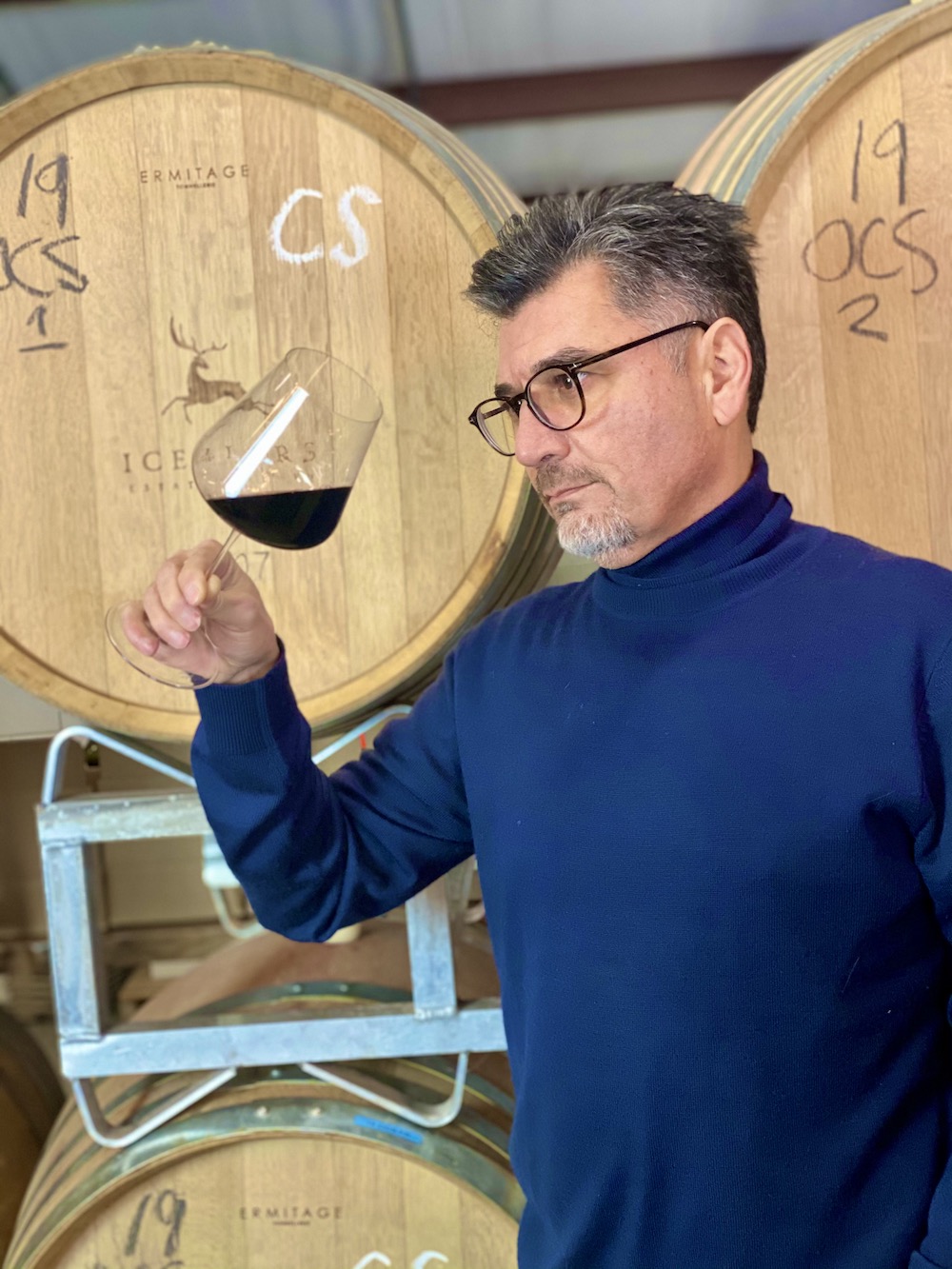
Pre-growing season conditions: Winter came really early at the end of 2019. Ontario had the earliest icewine picking date on Nov. 21, 2019, when temperatures dropped to -9 C. We did not pick any icewine that night, but all of our Cabernets for our red wine program were unpicked and hanging on the vines. This happened for the first time for us as we picked our Cabernet Sauvignon on Dec. 7, 2019 maybe the latest picking date for a dry wine in the Northern Hemisphere.
Although this anomaly gave us incredible wines with aromas we have never tasted before but it was really bad for the health of our vines, as they could not find enough time to acclimate to winter. On top of this, a 4 consecutive nights spring frost bonanza on May 9-12, 2020, that forced our wind machine to work 50+ hours, it was obvious that something nasty was going to happen on the tonnage of grapes we will get in 2020.
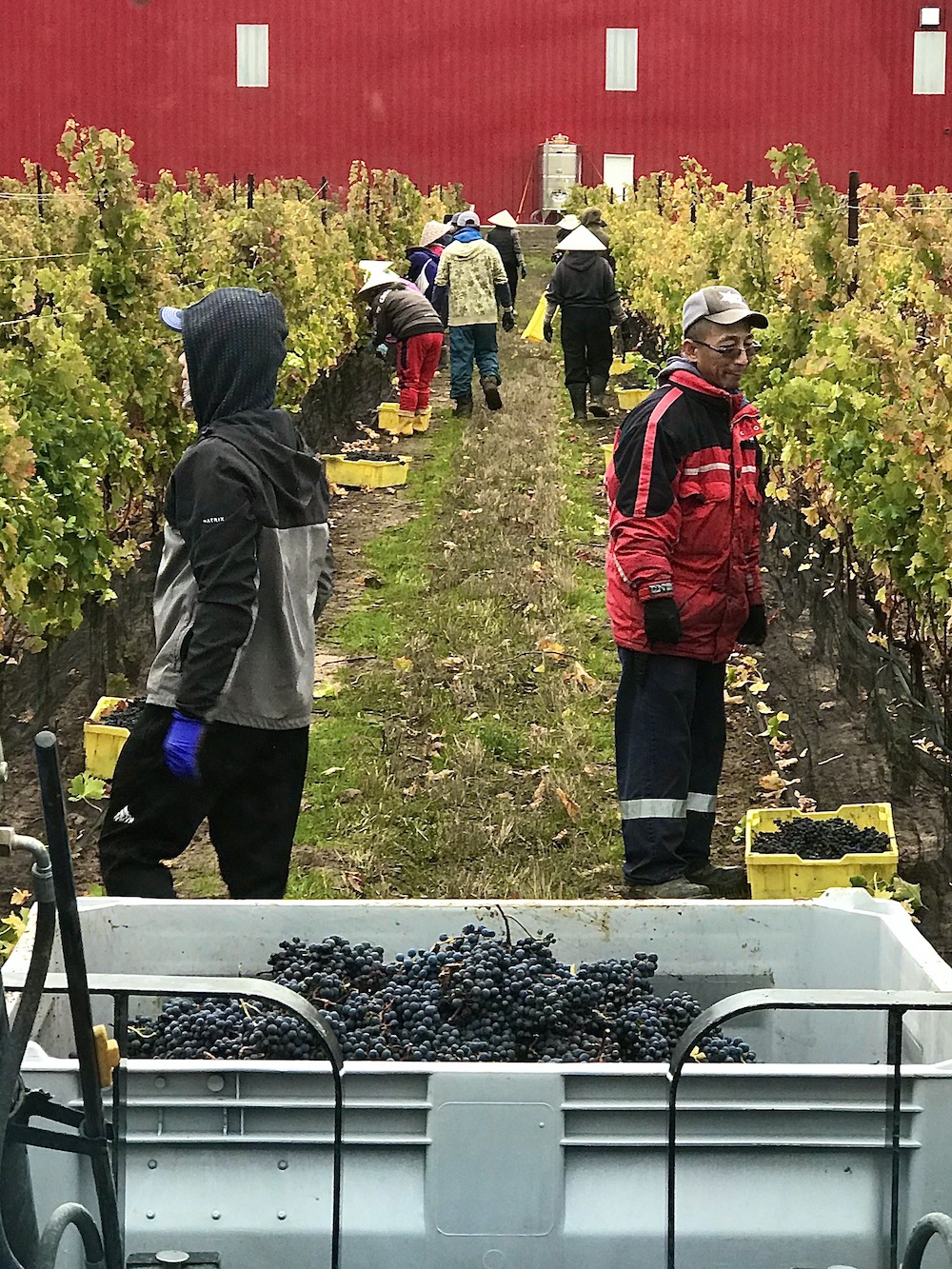
Growing season: The 2020 summer for the Icel Vineyard was definitely a year to remember and take lessons. There is no doubt that Niagara is experiencing the global warming at higher levels, which gives growers unpredictable growing seasons. The 2020 summer was hot and dry, nearly as hot and dry as 2016. We again saw deep cracks in our heavy clay soils and all the grass was brown.
Our older 17-acre vineyard, which is now 10 years old, has no irrigation and the vines suffered a lot with the winter and spring stress and the summer drought. Fortunately we were well planned to put a new drip irrigation system to our newly planted 28 acres block just before the heat arrived. We learned our lesson and are installing a drip irrigation system to our older 17-acre block.
Ontario might be the only wine growing region in the world that has a tile drainage system to get rid of the excess water and an irrigation system to bring water that both require high capital investment.
With lack of rain and humidity we did not see any disease pressure at all and our already modest spraying program was even cut to half, it was also easy on our mechanical weed control passes. In July we did our regular fruit thinning leaving only 1 or 2 bunches per shoot, which usually targets 2-2.5 tons/acre.
In August we performed a green harvest to get rid of unripened bunches just before closing the nets.
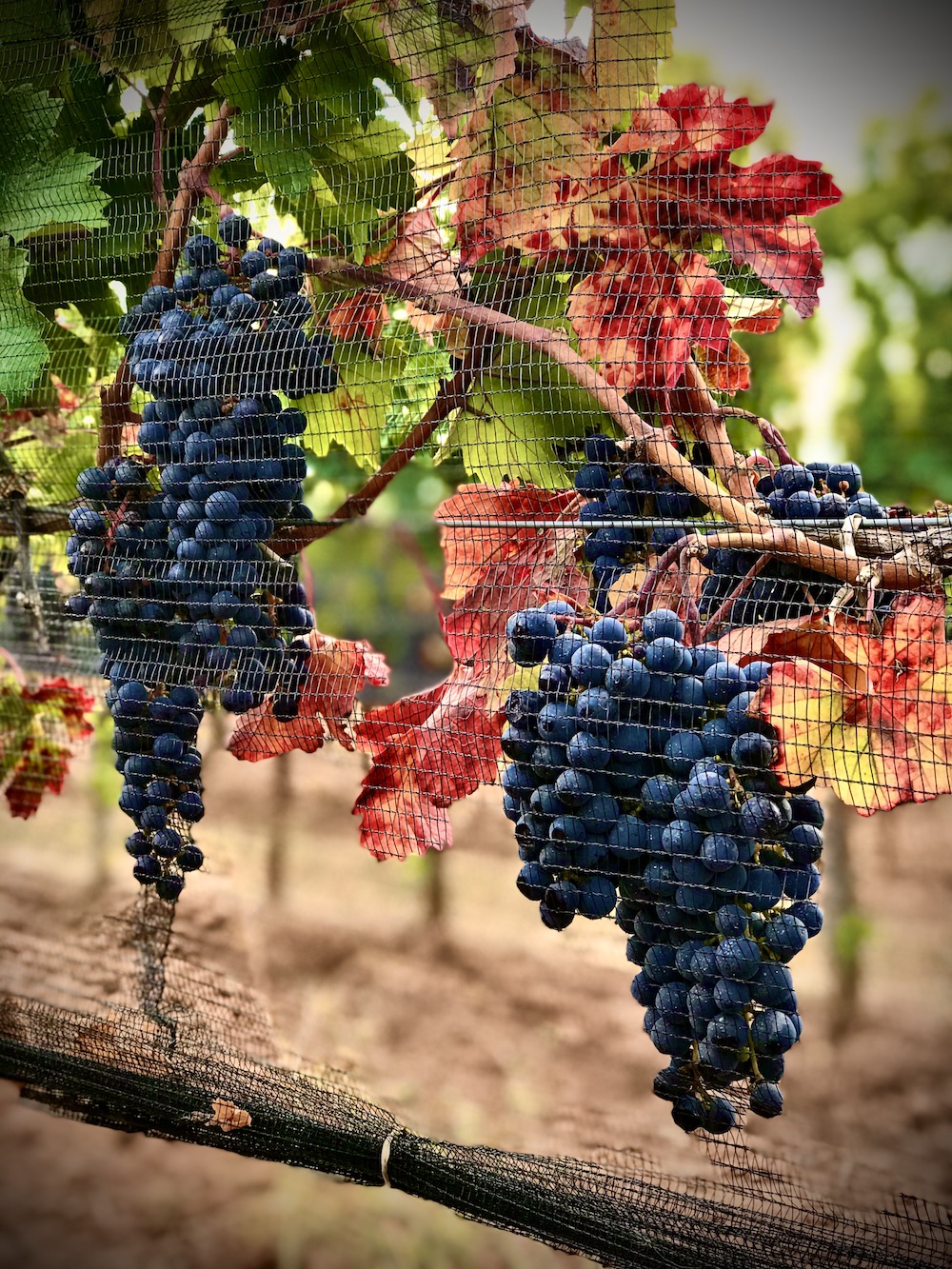
Harvest: From veraison to harvest we normally see sizing up of berries. With lack of rain this did not happen leading to an extremely small berry size. Our Pinot Noir 8-year average was 110 grams and it dropped to 65-70 grams and that’s similar to other grapes. This meant only one thing — we would get a very small crop but with increased skin to juice ratio and flavour concentration the quality would be phenomenal. I would take this any year as we are always after quality.
Our 2020 harvest started on Sept. 23 with the only white we have — Chardonnay. We brought a hand-picking crew to work the whole day but they finished harvest in two hours. After weighing the bounty in the cellar, we discovered we just broke our lowest ever yield record with 0.65 tons/acre. You know that in other parts of world they may harvest as high as 15-20 tons/acre.
The shock with the yield and the happy dancing with the quality continued with estate Pinot Noir on Oct. 1, Merlot on Oct. 28, Malbec, Syrah, Cab Franc on Oct. 31, and finished with our beloved Cabernet Sauvignon on Nov. 18. This was a relatively early harvest for us but I’d like to point out the ripeness in big reds — we got 27+ brix from Syrah and Cab Sauv, which we have never dreamed of or seen before. The fermenting juice was so dark I called it almost black with incredible aromas. Not to end up with over alcoholic wines, during fermentation we ran fans to blow off some of the alcohol. Crazy for Ontario, right?
On Oct. 1, with most of the grapes yet unpicked, we wrote on our Facebook page that the ‘’Vintage of the Century’’ is coming to Ontario, the only good thing to remember and cheer for from the damned year 2020. As I wrote this, I was watching the malolactic fermentations being done and first barrel rackings just getting started. As we taste through the barrels with Peter and Ann, we all agreed that most of the 2020 wines will be grand reserve quality.
Benjamin Whitty, cellar team,
13th Street Winery, St. Catharines
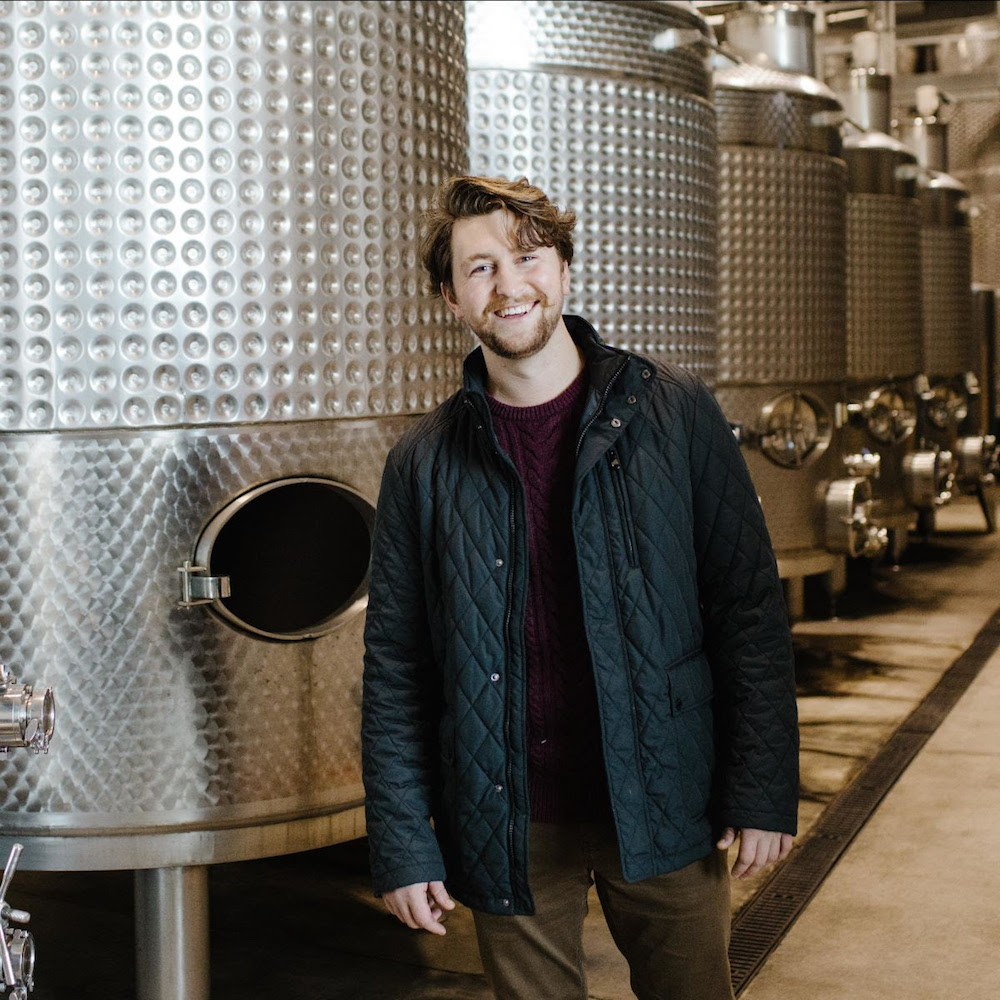
The harvest and growing season of 2020 was absolutely stunning! Both the farm and cellar teams are in high spirits, that’s for sure. It’s rare to have a year where both growing conditions throughout the year, as well as during harvest are near perfection. Now, that is not to say that there weren’t any challenges associated with the vintage (because there are always challenges in viticulture) but if we focus purely on the quality of grapes that were produced from this past vintage, we will happily chalk it up as a ‘Big Win.’ This 2020 vintage has the potential to produce some pretty exceptional wines both in aromatic whites and big reds!
Taking a deeper dive into the 2020 growing season: Last year we had a warm start to the year with warmer than average temperatures from January through March. This led us to believe an early bud break and start to the growing season may be on its way (an always worrisome thought, as Niagara can be prone to a late frost which can damage young buds). Fortunately, cooler temperatures in April delayed bud break just enough. A late frost did indeed sweep through Niagara in early May (May 9, temperatures of -4 C) that would have caused severe damage if bud break had already occurred. Bud break was recorded within our vineyards soon after (May 18), officially starting the growing season. From thereon, temperatures skyrocketed and remained consistently warmer than average through the remainder of the growing season.
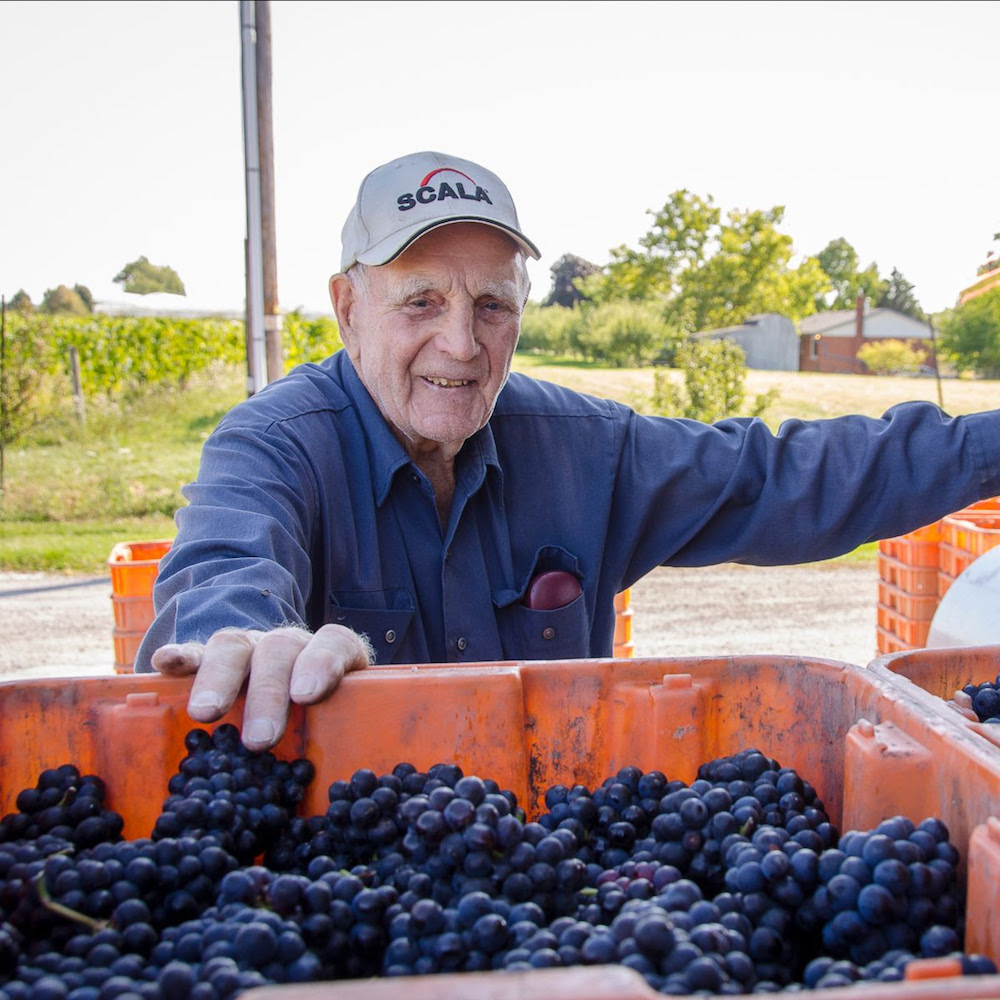
In the vineyard, the vines were very receptive of this influx of sunshine and heat, as the canopy seamlessly went from bare to full in a matter of weeks. This increased growth rate within the vineyard also increased the physical demand from our vineyard team. In order to compensate for the high temperatures and rapid growth, daily start times were adjusted from 7 a.m. to 3 a.m. This was done to capture the cooler temperatures of the morning and also to adjust for the increased workload. Restrictions from COVID also played a role in this decision as we continued vineyard operations with a smaller team than normal. The extended hours and hard work proved to be all worth it as the vineyards performed exceptionally well, allowing full phenolic maturity in all varieties.
The harvest growing season: Harvest conditions in 2020 were near perfection. In fact, my grandfather, Joseph Whitty, has said that in all of his 95 years, he had never seen harvest conditions quite as good as this past 2020 vintage. (The Whitty Family has been farming in Niagara for over 100 years with Benjamin being the fourth generation of Whittys to join the farm). Conditions consisted of dry and sunny days with cool nights allowing for complete flavour development, as well as a clean crop (these are ideal — only in textbook-like conditions).
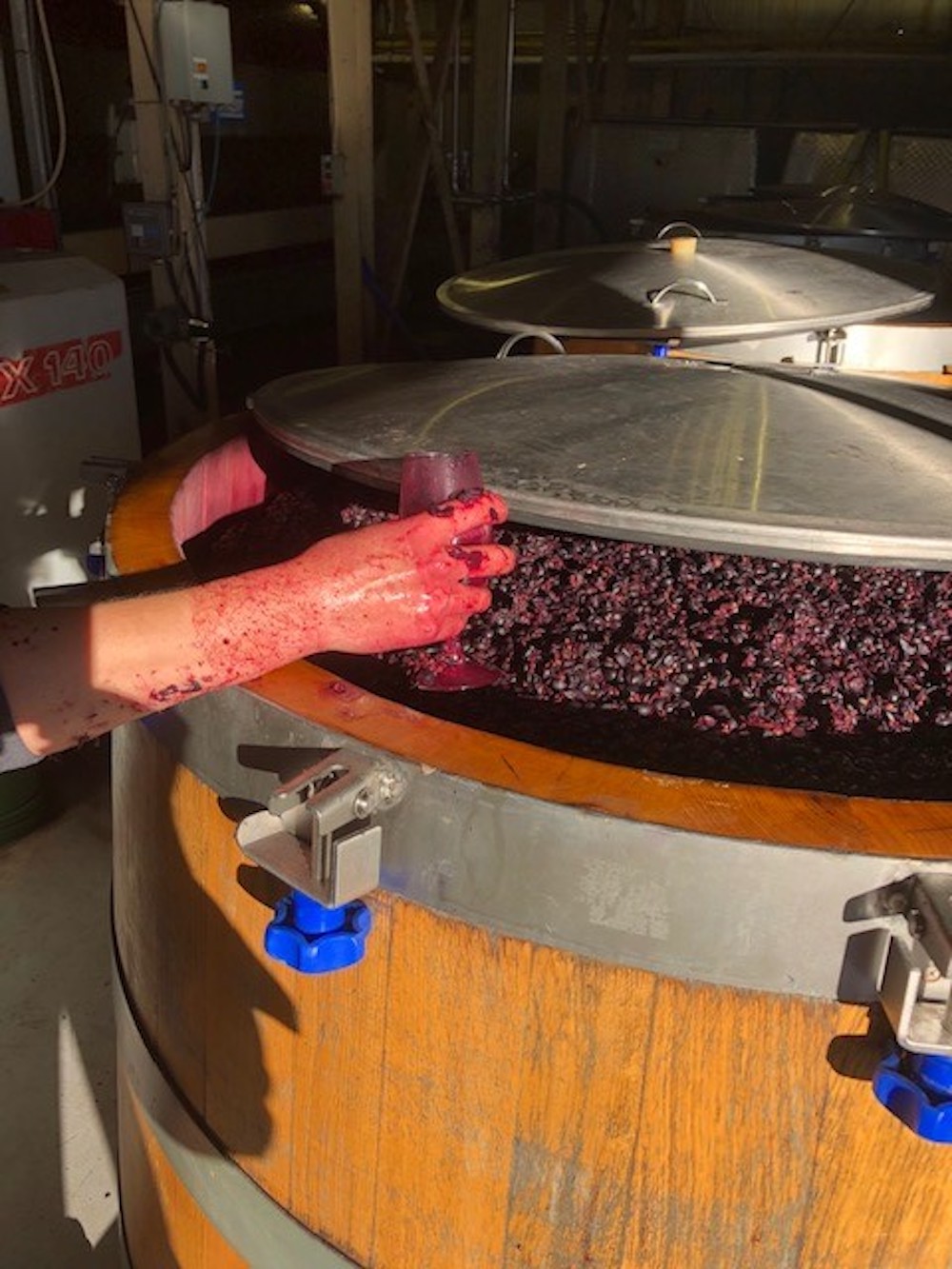
Harvest officially began at 13th Street the second week of September with the picking of sparkling varieties: Pinot Noir, Chardonnay and a small amount of Gamay. Due to the heat, all varieties ripened rather quickly and harvest of aromatic white varieties such as Pinot Gris, Chardonnay and Riesling quickly followed. Our Gamay was the first red variety to come off the vine as it was harvested early-to-mid October followed closely by Pinot Noir and Merlot. Cabernet Franc and Cabernet Sauvignon were the last varieties to be harvested, taking place the last week of October through early November (earlier than most years). Berry size was recognized to be smaller than previous years with an intense dark colour, suggesting the potential for increased concentration of flavour and colour extraction.
Overall, the 2020 vintage is one we are all extremely excited about. We are looking forward to some great aromatic whites and big reds. We have invested in additional barrels to allow our winemaker, Jean Pierre Colas, to work with these excellent grapes to produce some exciting, premium wines. In the cellar, Jean Pierre will continue to experiment and nurture the wines in the months ahead; keeping some surprises for the future!
J-L Groux, winemaker,
Stratus Vineyard, Niagara-on-the-Lake

2020 is one of the four best vintages in the last 32 years I have been here. It’s great for white wines with surprising great acidity and, of course, for reds with high GDD (growing degree days) and low rain. The late reds did particularly benefited from this great year.
We finished harvest early in November instead of early December last year!
In fact, the most remarkable thing was the low rainfall, which is always ideal to make quality wines even if quantities are down.
So, it was superb for everything except icewine that we finally picked last week (beginning of February). Good quality but low quantities.
Kelly Mason, winemaker, Domaine Queylus, Honsberger Estate, The Farm,
grower, various terroirs
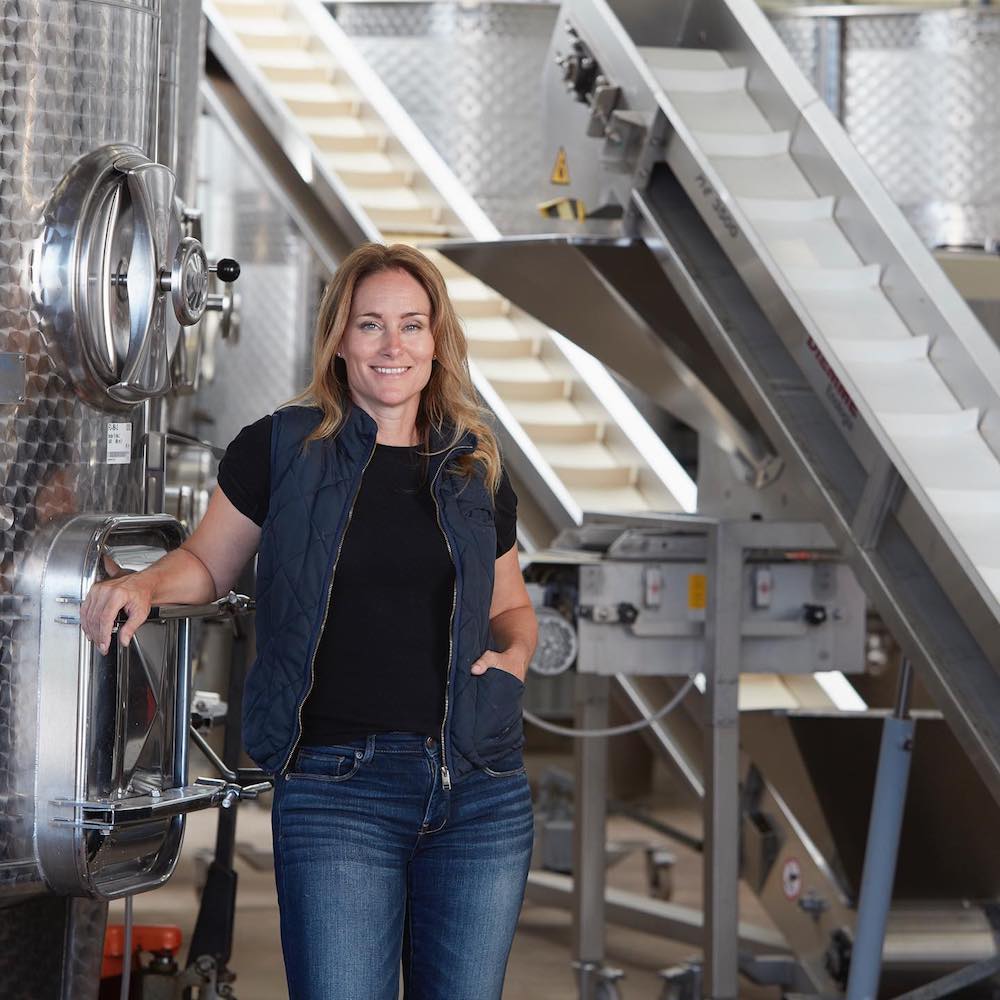
The tale of two Fosses: The summer in 2020 was mostly dry and for any vineyard that was established with moderate yields, there was just enough precipitation and little disease pressure. We almost made it look easy to grow grapes in Ontario. The flip side was if you planted young vines — that required irrigation and prayer.
People have high expectations for the 2020 Bordeaux varietals. I would agree and hope for some interesting Pinots, too. As a varietal that sometimes requires surgery-like manoeuvres on the sorting table to clean up fruit, this year, it rolled along, clean and healthy. I would have bypassed the table completely for some blocks if it were not for ladybug watch.
Here are two Foss readings, same blocks, 2019 vs. 2020:
• Pinot Noir #1, 16.8, Sept. 9, 2019
• Pinot Noir #1, 19.3, Sept. 9, 2020
• Pinot Noir #2, 16.6, Sept. 9, 2019
• Pinot Noir #2, 21.4, Sept. 9, 2020
• Pinot Noir #3, 15.2, Sept. 9, 2019
• Pinot Noir #3, 19.8, Sept. 9, 2020
• Pinot Noir #4, 16.3, Sept. 9, 2019
• Pinot Noir #4, 20.1, Sept. 9, 2020
• Pinot Noir #5, 17.2, Sept. 9, 2019
• Pinot Noir #5, 20.1, Sept. 9, 2020
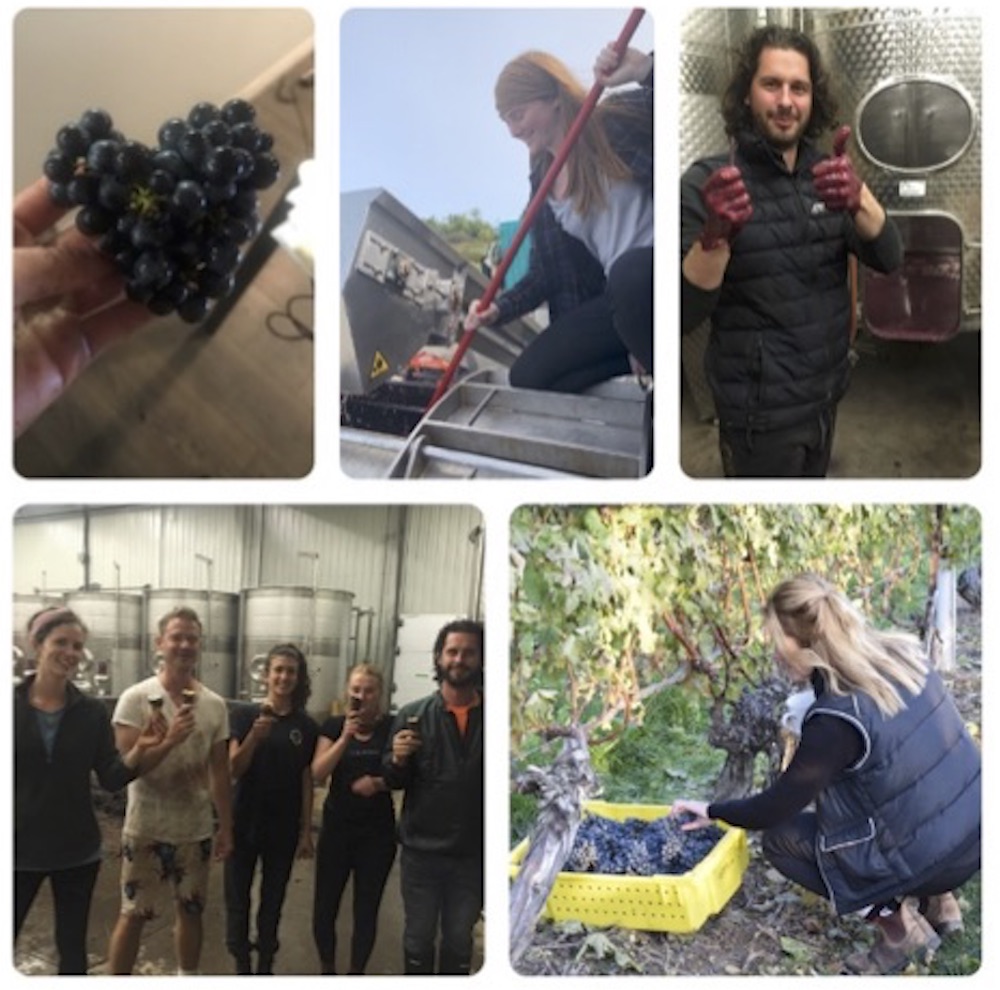
Learning from previous hot vintages, one must get Pinot off quickly in a hot year. Looking at the above Foss brix readings, 2020 was flying along. We started picking for table Pinot while other wineries were just starting to pick Pinot for rosé. High brix does not a good, inoculated Pinot make; high brix and wild ferment, does not a dry Pinot make. We have eleven blocks of Pinot to pick, cross the table, and get into tank … we must process fast enough, such that the 10th and 11th block do not come in at 24 brix. We had all our Pinot in by Sept. 28. For perspective, we only started processing Pinot on Sept. 28, 2019. The team worked hard, and with an earlier head start, Brooke (Husband) and I saw a bona fide actual Christmas break. How wrong we were.
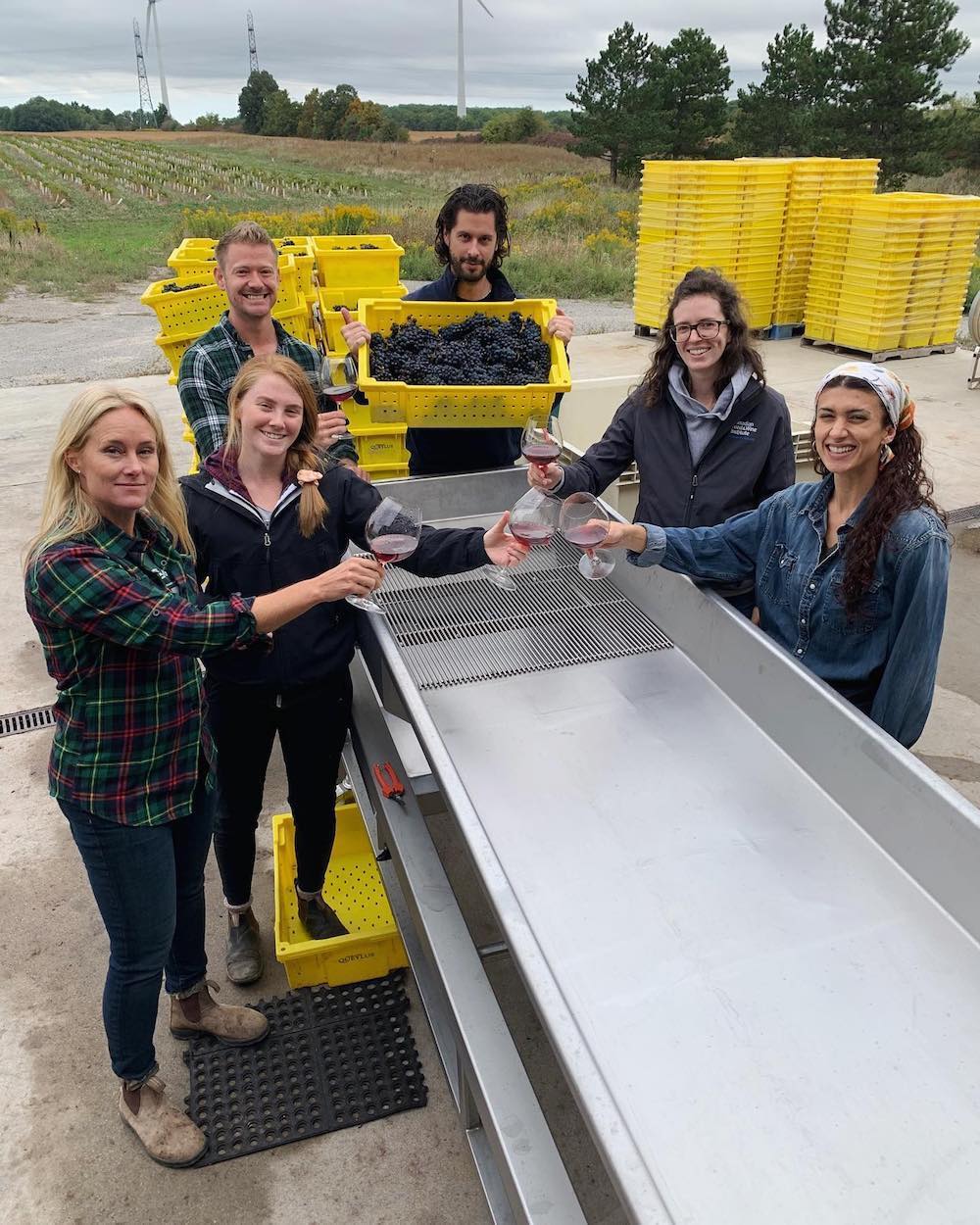
As others will tell you, it was a glorious vintage, but for the wild fermenting winemaker, it was one of extreme logistics, organization, and stress. It was one of the most challenging vintages to date and I am so glad it was not my first. The team clocked a few straight weeks of 75+ hours (which many other wineries did too, I am sure). Chardonnay came flying into the press and Merlot was ripening just as fast as expected. Cabernet Franc hung beautifully, ripened, and came in with great flavors and richness. Sugars were there and I would imagine this vintage for some producers will offer some jammy high alcohol power bombs. We had the weather ingredients.
From quickly filling the tanks and barrels at all three wineries, primary fermentations then took their time, secondary trickled, and the harvest that I erroneously thought would lead to a great Christmas break had Brooke and I taking shifts to go in over the holidays to worry about fermentations, top, and do bung/lid checks. This was the harvest that, for us, never ended. It is in fact, still happening. Oh, the stress of wild ferment.
Paul Pender, director of viticulture and winemaking, Tawse Winery, Vineland
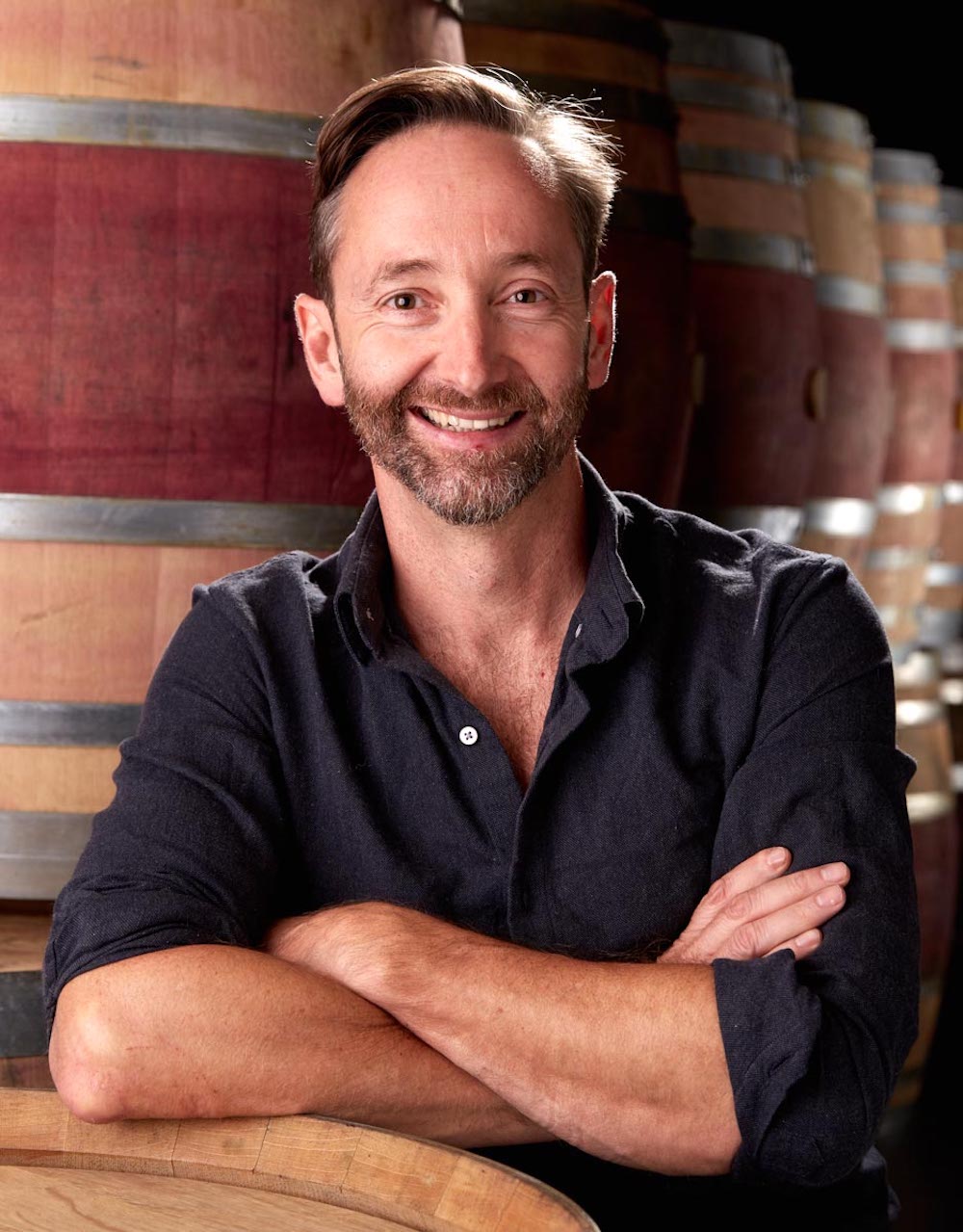
What can I say about harvest 2020 other than it may have been one the top harvests I have seen in Niagara? Early on in the growing season I was a little worried about the intense heat and lack of moisture.
Although this kind of weather is good for bigger reds, I was concerned about the aromatic varieties, Pinot and Chard.
The end of August into early September brought cool nights that really helped to preserve the acidity in the grapes. The dry fall allowed us to hang Pinot without the fear of rot and, for the first time in a long while, we were able to pick Pinot exactly when we wanted.
2020 is a great year where all the wines show a wonderful sense of balance. If I were to think of another year that reminds me of 2020 I would have to say 2010.
Although everything tastes great this year, I am exceptionally happy with the Pinot.
Brian Schmidt, winemaker,
Vineland Estates, Vineland

Sure, 2020 the year — was a dumpster fire. Most of us will recall this year and a grimace will fall upon our face.
It’s true, it was one we would want to forget. But, alas, not all was lost, even the most hardened cynic of the 2020 experience will discover a silver … CAP! Silver cap? What ARE you talking about? Well, the silver cap is the cap we use on the reserve level wines.
Since the turn of the century we (Vineland Estates Winery) have only declared a wine reserve in 6 vintages — 2002, 2005, 2007, 2010, 2012, and 2016. Add in 2004, as we did in for only Riesling.
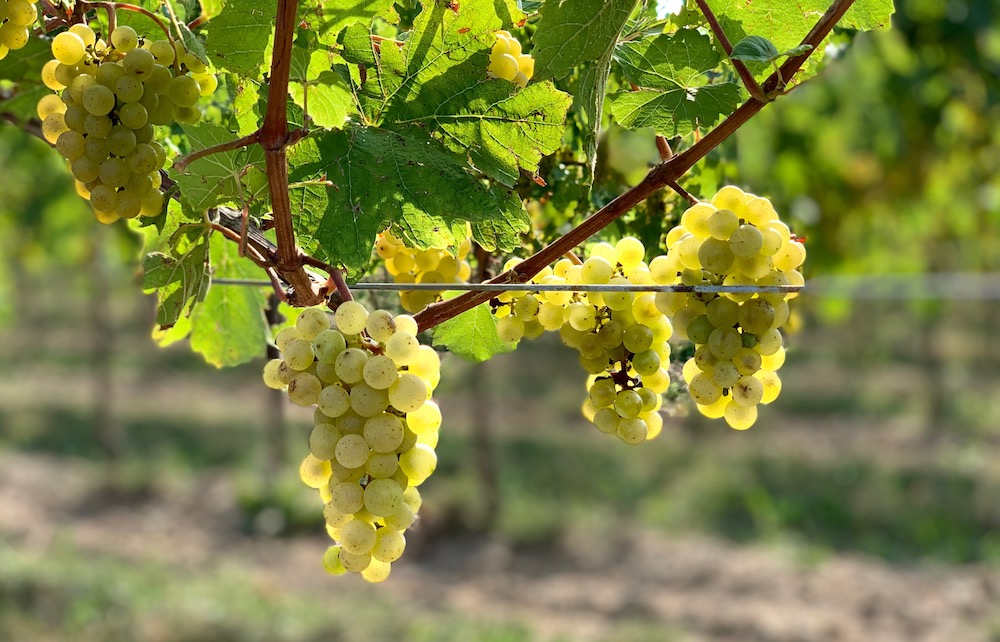
Oh wait! We cannot forget the valiant attempt at making a super small volume of Pinot Noir and Merlot Reserve from Roman Prydatkewyz’s Rosomel Vineyard in 2003 (another year growers in Niagara would want to forget). So, all that to say, when we do, it’s special.
From the moment the buds on our vines began to swell (in May) until the day we harvested our fruit in Sept. to Oct. to Nov. there was not a single cause for concern. That is just NOT normal. Typically, we are struggling with one issue or another — mildew pressure, water stress (too much or too little), temperature
stress (too hot or too cold), and WEEDS, ALWAYS WEEDS (especially for those of us who have abandoned the use herbicides).
Almost ALL of the pressures we typically endure were present but in entirely manageable proportions.
2020 was as near perfect as I could have ever imagined a vintage could be.
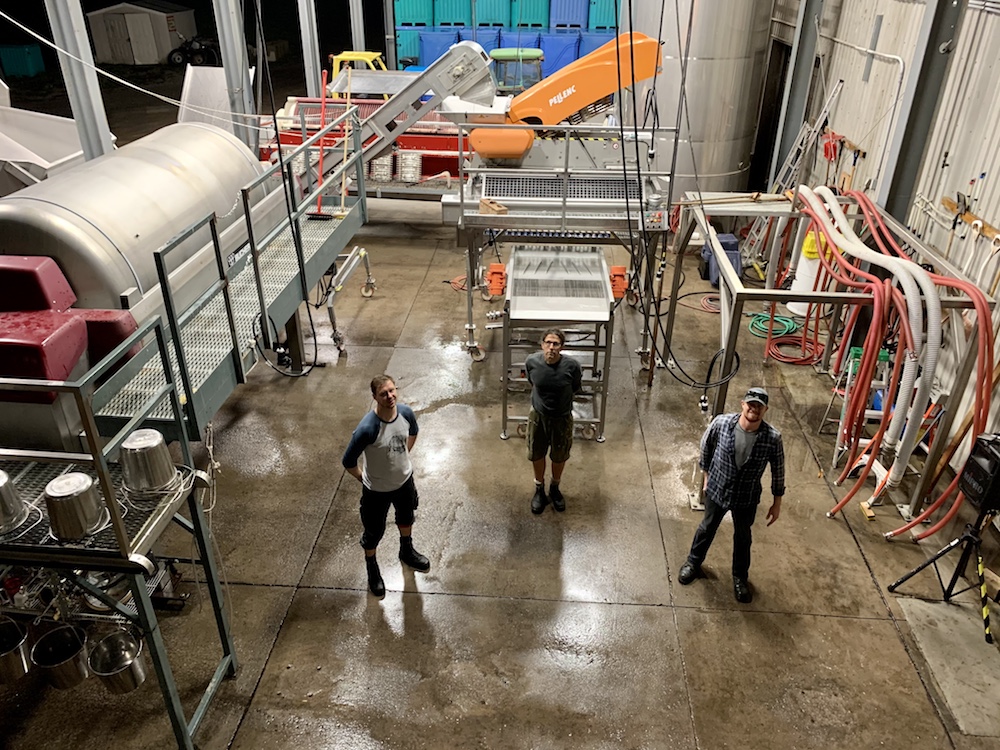
So how do we determine what will be a reserve wine? Some might say, were the grapes sweet enough? That is in part one of the parameters we use. Vineyard yield measured in kilos/vine, bunch weight, ratios of skin to juice, Acid, pH, cleanliness of fruit. ALL of these matter. But what is MOST important is HOW do they taste? The tightly packed little flavor bombs that 2020 turned into wine just tasted SO good.
Managing ferments and pressing during harvest is more or less the same with every vintage. We do not vary these steps or processes much from vintage to vintage. It’s true, we do have a great team tending to the vines throughout the growing season. We have a tireless team on our crush pad during harvest.
We have state of the art equipment. We have benefited from each of these every year since we started making wine in 1983. The only thing that makes GREAT wine — wine with SILVER CAPS — is a near flawless growing season, and 2020 was this!
For all that 2020 was not, we can ALL look forward to enjoying the wines made by the dedicated grape growers and talented winemakers in Ontario.
Kevin Panagapka, winemaker/owner,
2027 Cellars, Jordan
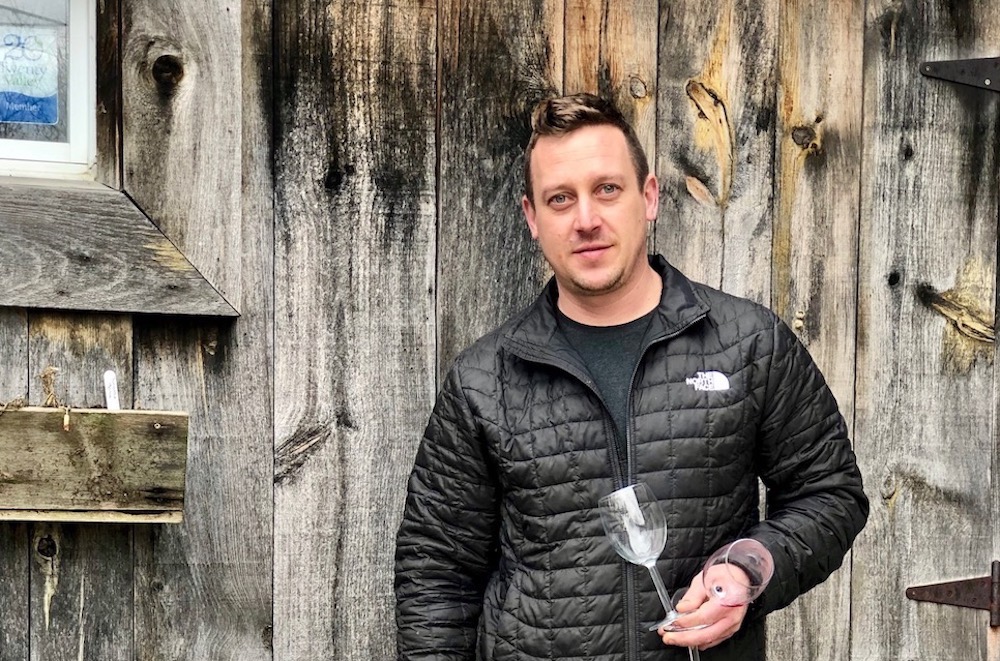
2020 was the best grape growing year I’ve witnessed in 20 years of winemaking. The fruit was perfectly ripe (both phenolic ripeness and lab analysis).
Picking conditions were ideal. Look for age worthy Cabernet Franc, Merlot, Cabernet Sauvignon and ripe Pinot Noir and elegant Chardonnay and Pinot Gris. I think the 2020 vintage will be regarded as one of the best on record for Niagara. I’m betting that across the board you will see fantastic wines from all wineries in the region.
Minimal to no breakdown on any varietal allowed winemakers to pick the grapes exactly when the grapes were in pristine condition. Look out public! This Vintage will be one for the ages. I’d advise any serious wine collector to buy as much of these wines as they can (I know I will).
Lawrence Buhler, winemaker,
Henry of Pelham, Short Hills Bench

I can’t remember a better harvest and I am truly excited about the wines created from the 2020 vintage. From aromatic whites to Bordeaux reds, they all shine. Further, which we all know can be uncommon, was the predictability of harvest timing. With manageable precipitation and temperatures, we had an opportunity to really hone in on pick timing.
Rob Power, winemaker,
Creekside Estate Winery
and Queenston Mile Vineyard,
Jordan and and St. David’s
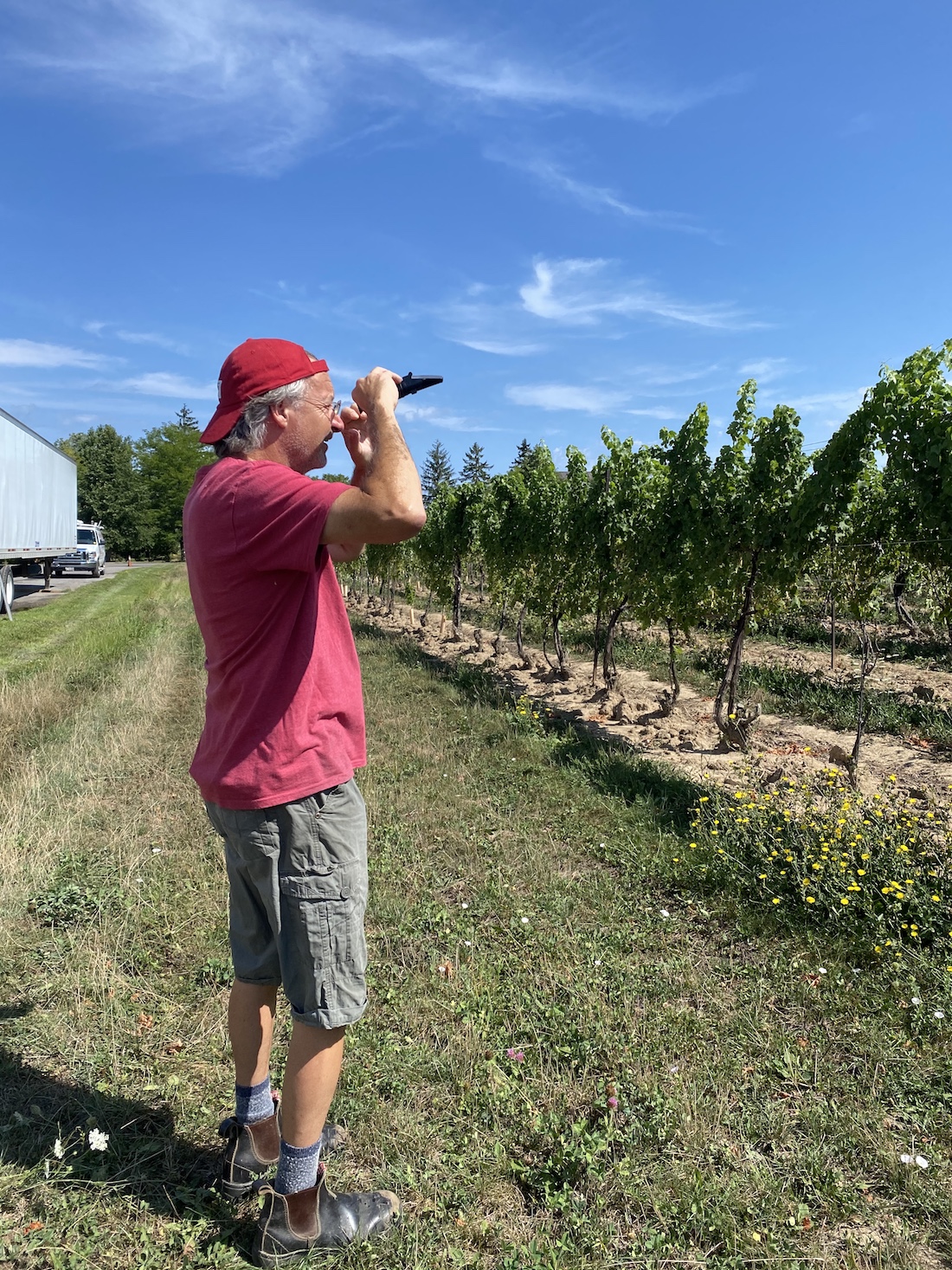
No two vintages in Niagara have ever been the same, with one notable exception; there are always weather speed bumps and logistical headaches regardless of vintage quality. The 2020 vintage is certainly one of the highest quality vintages ever in Niagara, but was also exceptional in that, for Creekside at least, everything went smoothly from the start of sparkling through the last Cab picks. It was almost like Mother Nature looked at the s***bag that was 2020 otherwise and decided not to pile on with some bad weather in the autumn. As Seinfeld might say: “Even-steven?!”
The cautious side of me kept on guard for obstacles as variety after variety came in with wonderful quality. I was waiting for the other shoe to drop. But it never did.
Another 2020 exceptionality: Often in Niagara there will be a white vs. red wine dichotomy in good or “less good” vintages. For example: in 2009 and 2019 we made stellar whites (2009 best ever?) while the later-season reds struggled to reach full ripeness. For example: 2012 and 2016 were a bit too warm for classic Niagara style in aromatic whites, but both are regarded as among the finest red vintages here.
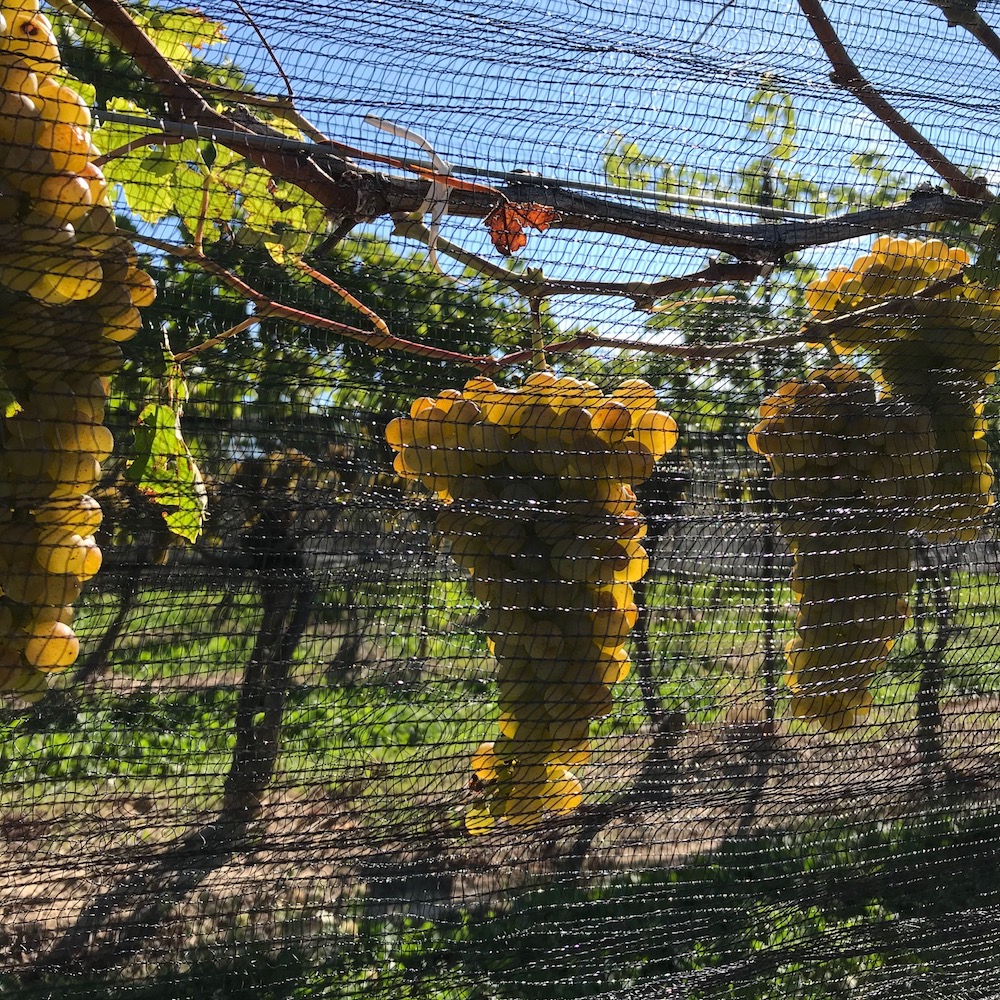
Especially in the last 5 years or so (climate change?), we often get a big heat and humidity spike right after Labour day, right when the aromatic whites are finishing ripening. This complicates harvest because the weather causes extreme disease and rot pressure and we do not want to over-ripen if the summer has been hot and dry (i.e. 2012, 2016, and 2020 in spades). So we were on high alert as August changed to September, ready to pick at the drop of a grape. But the weather switched to perfect white harvest mode: warmish, breezy days to finish ripening, cool nights to hold acidity, and no effing rain to ruin all the progress made since bud break.
Fast forward to finishing the white harvest with Chardonnay and Viognier. Now, I was thinking that if history repeats, gentle autumn will turn truculent and wintery in a big hurry. Nope. Weather stayed warm and sunny for the most part. No Biblical rainfall, no early frosts. All that summer heat brought the reds home in style, with high sugars but far more importantly, ripe flavour and phenolics.
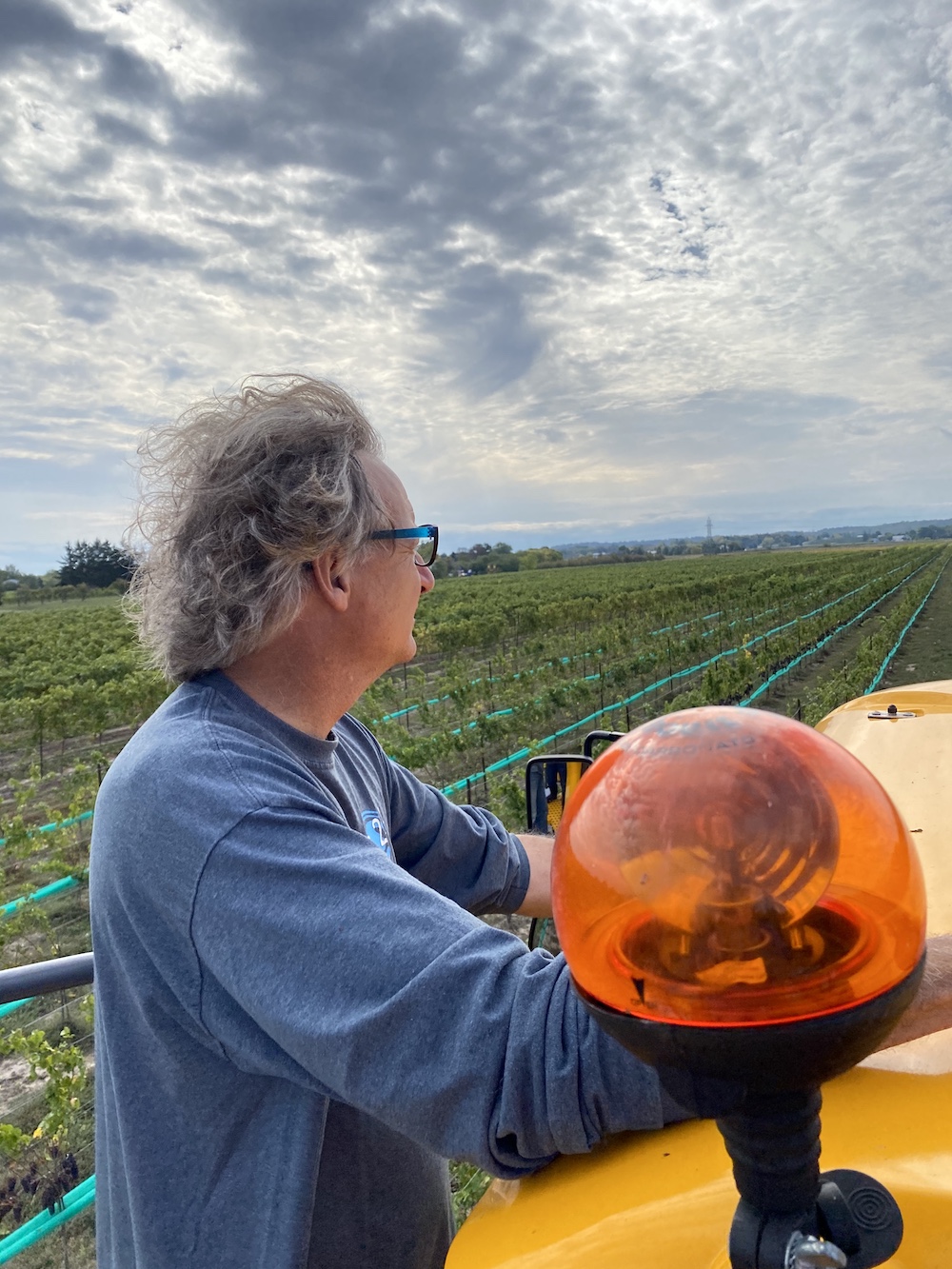
2020 is the fifth hot and dry growing year we’ve had recently, after ’07, ’10, ’12, and ’16. The quality of reds in Niagara has increased over that span from ’07 (regarded as good at the time, but in retrospect not completely ripe) through to ’16 (much riper phenolics and flavours) and now 2020 (even better?). The difference? Maybe vine age, particularly more mature and developed root systems. In ’07 many vineyards in Niagara were less than 10 years old, and roots were shallow. Now those vines are over 20 years old and much more drought-tolerant, with roots pushed deep to access lower water tables and allow vital physiological ripening functions to continue.
Only downside in 2020: lower yields, maybe 20% off normal?
So, great wine, but less of it. Sometimes a necessary trade-off.
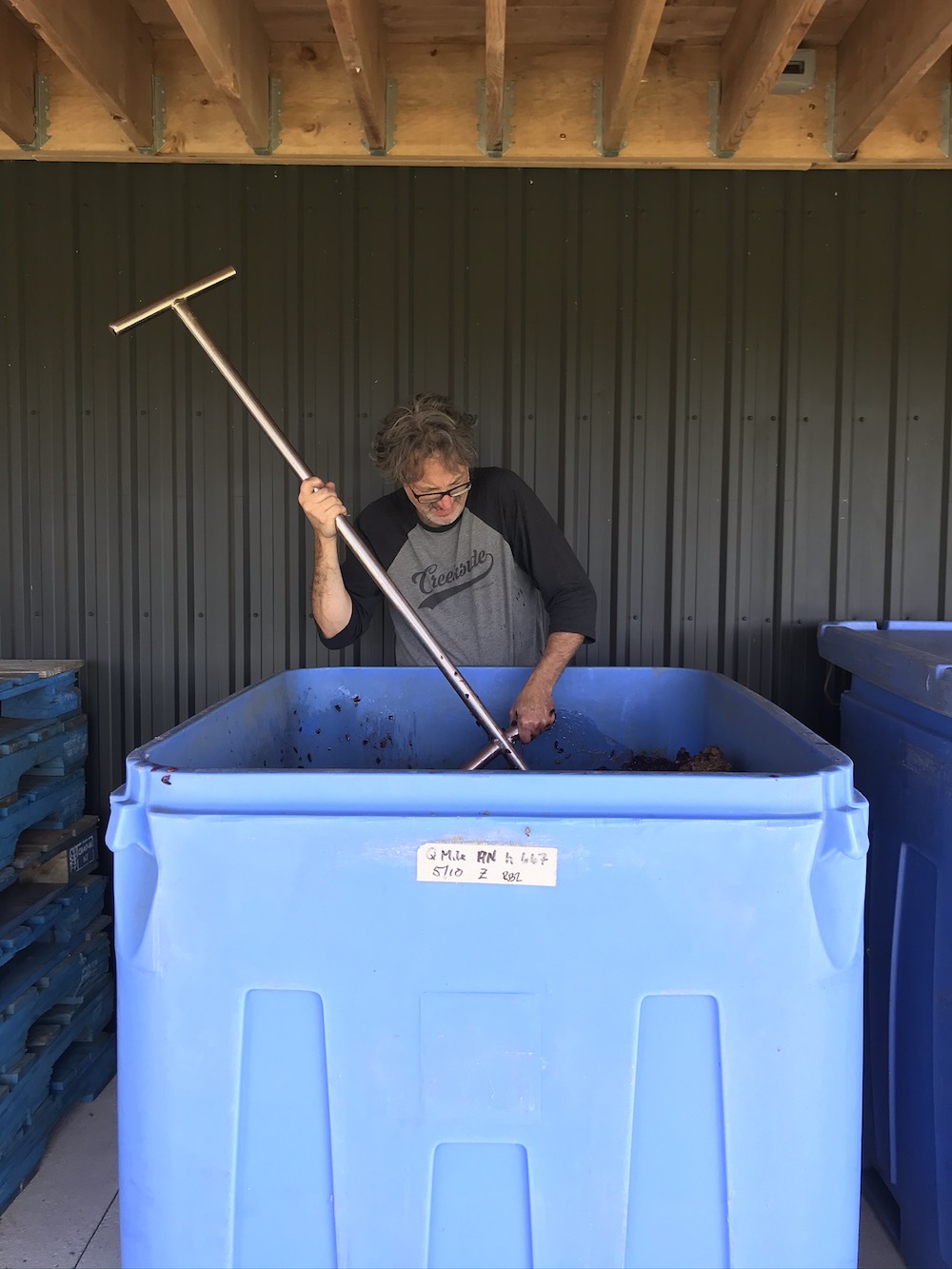
Sauvignon Blanc: We always “try to” pick our Sauv Blanc on flavour alone, trying to catch the optimal and sometimes fleeting mix of tropical and grassy that is our house style. This is often very problematic, as early September weather can force a sacrifice of quantity (lost to rot) for quality, or can be so hot as to make the flavour window so short it runs through your hands like dust. 2020’s warmish days and cool nights in September gave us plenty of time to get it right. In addition to our own Backyard estate block at Creekside, we also take fruit from four other sites around Niagara, ranging from a very warm vineyard on the St. David’s bench to a cooler spot northwest of Virgil near the lakeshore. All of these vineyards ripened in an unusually predictable sequence and came in clean and flavourful, like clockwork. I had to pinch myself.
Overall, we have a great mixture of classic flavour and structure. I am really thrilled with both stainless and barrel-fermented interpretations for the 2020 SB. By the way, the 2020 Semillon (from Grape King John Fedorkow’s Fruithaven vineyard near Queenston) is also stunning, with seamless texture and balance.
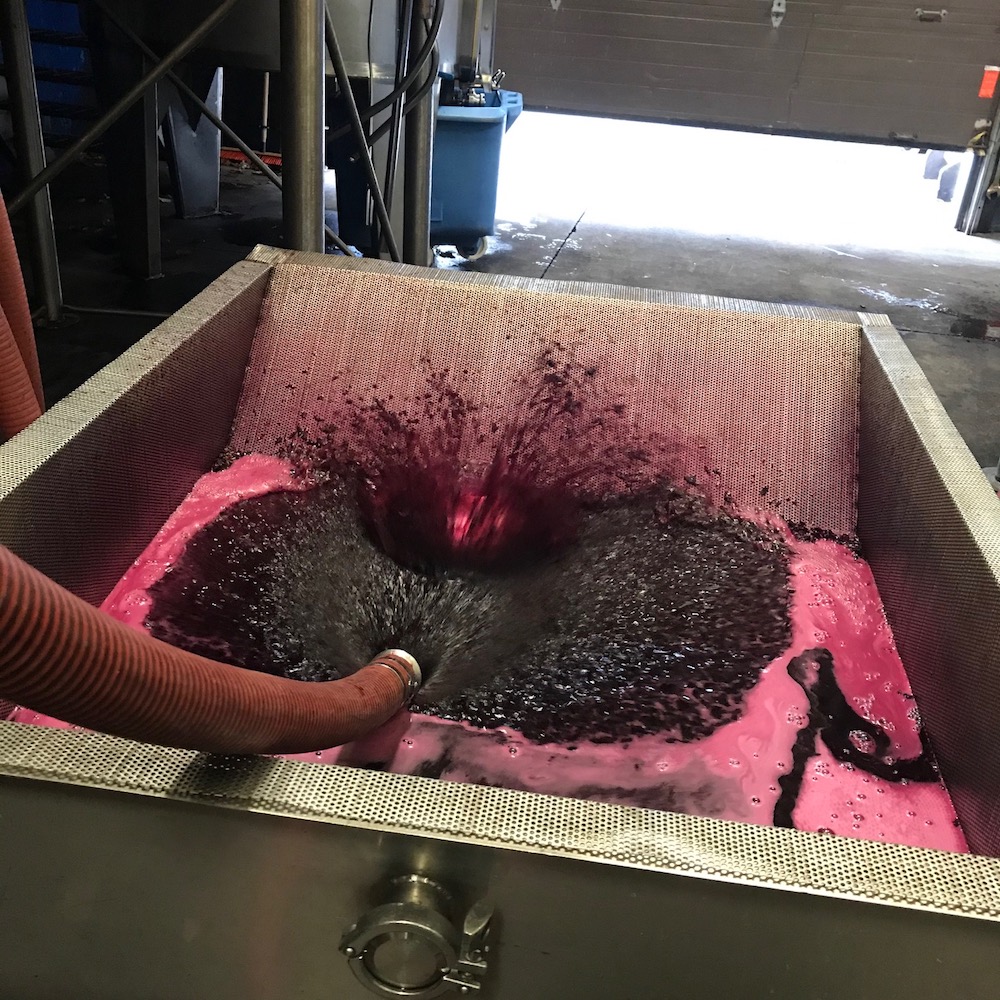
Syrah: We don’t necessarily need a big heat wave year to get Syrah into a happy place: some of the winemaking team’s faves include ’06, ’08 and ’11, none of which was regarded as banner years for Niagara reds. The thing about Syrah is that it never tastes “green” like under-ripe cabs. In less ripe years, it’s more sinewy and “Syrah-ish” in the northern Rhone idiom. In hotter years, the Niagara style leans a bit toward the lushness of “Shiraz” but still retains old-world structure and elegance. I think that’s what we have from this great vintage. In 2020, our Broken Press Syrah block (on the St. David’s bench) yielded some of the ripest fruit we’ve ever seen, in terms of sugar (25 Brix) but more importantly, phenolics (chocolate brown seeds) and concentrated ripe flavour from berries that were just starting to shrivel. That’s our best, reserve stuff. But it’s worth noting also that the vineyards around NOTL that go into our $15.95 LCBO GL bottling all came in beautifully ripe as well. Great premium wines expected, and the added bonus of flavourful and balanced bargains on the low end, too.
I’m a cautious man (er, sometimes?) and would always hesitate to hail the next “vintage of the century” before we’ve bottled anything. But the building blocks are all there in 2020: Niagara elegance and balance with a bit of new-world ripe oomph and power to amp things up, in (most unusually) both whites and reds.
The pressure is always on in winemaking to help wines reach their full potential. We’ve been handed some GOAT raw materials in 2020 – it’s the happiest kind of pressure to bring this great vintage home to our customers (including ourselves).
Ilya Senchuk, winemaker/owner,
Leaning Post and winemaker at
The Good Earth, Winona and Beamsville
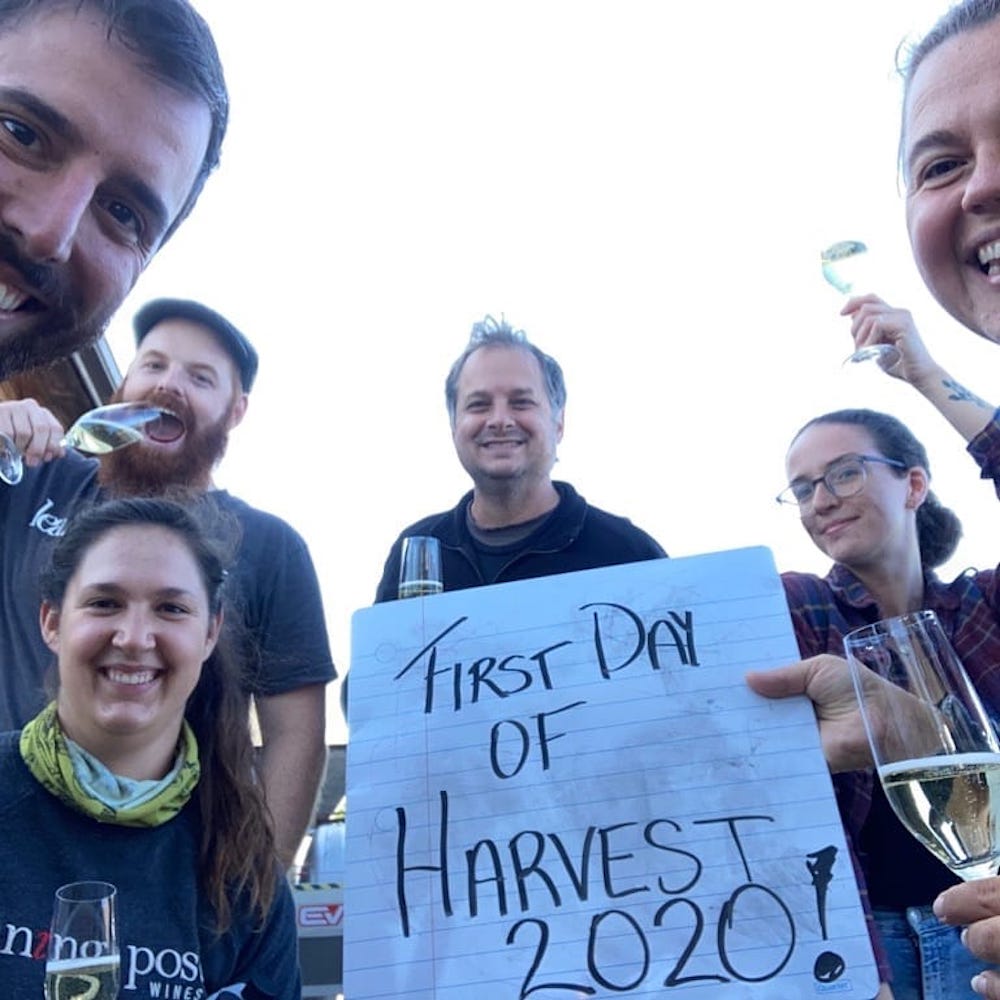
Without question, 2020 has been one of the most challenging years to be in business, but the hope was that at least the growing season would give us some great wine. On that score, 2020 definitely delivered!
The start of the growing season would be considered the later side of normal with cool conditions letting us miss some early frost events. Once the warm weather came, it was generally very sunny, hot and dry, particularly through June and July. Our newly planted vines (Gamay and Dolcetto) found it very dry and required a lot of watering, but generally mature vines with deep root systems came through well. By late August, conditions became a little cooler with very cool nights. By the time harvest began, we had ideal conditions throughout the harvest with warm, sunny days and cool clear nights. The resulting wines are pretty spectacular!
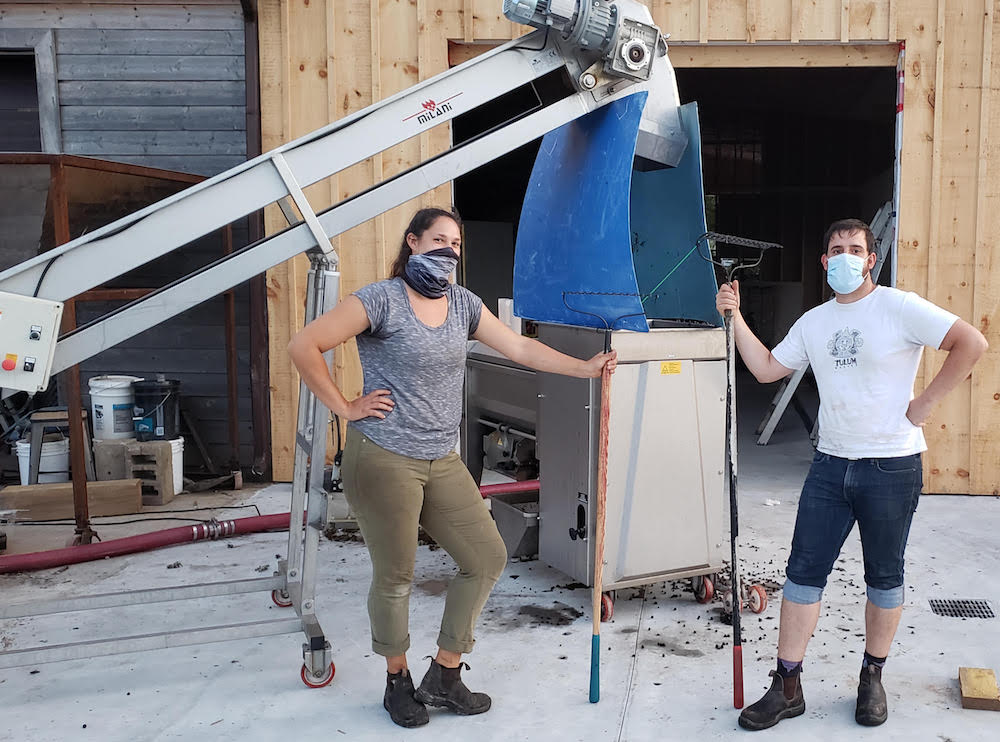
The most unusual thing is the high quality across the board. Sparkling and early grape varieties such as Sauvignon Blanc, Chardonnay and Pinot Noir were all very good, although I think perhaps Pinot Noir is a at the top. To be honest, I can’t remember two vintages in a row that have been quite as good for Pinot
Noir as both 2019 and 2020 for us, even though harvest in 2019 started almost a month later than 2020.
Although they are very different years, the flavour development, concentration and power at moderate alcohols and amazing natural acidity is pretty special. Often in hotter vintages, Pinot Noir suffers, but not this time.
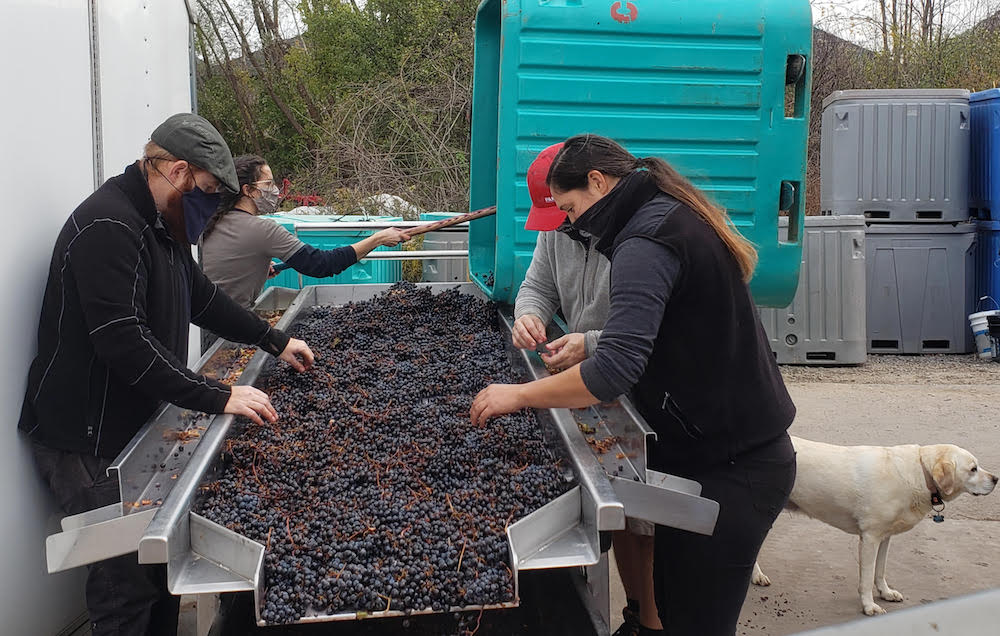
Gamay is also very similar, in that it is both muscular and powerful, yet full of delicate flowers and fruit.
The heat of the vintage is a little bit more noticeable in terms of weight and size of the wines, but the natural acidity and freshness is quite surprising and really keeps the wines centred and balanced.
Less surprising for a hotter, longer growing season, the later season big reds are great! Merlot continues to shine in Niagara year-after-year and 2020 was more about picking to balance acidity and alcohol. The tannin and ripeness levels on Merlot are massive, and the resulting wines I think will be very full-bodied and rich. Managing that will be our task over the next (up-to) 2 years in barrel.
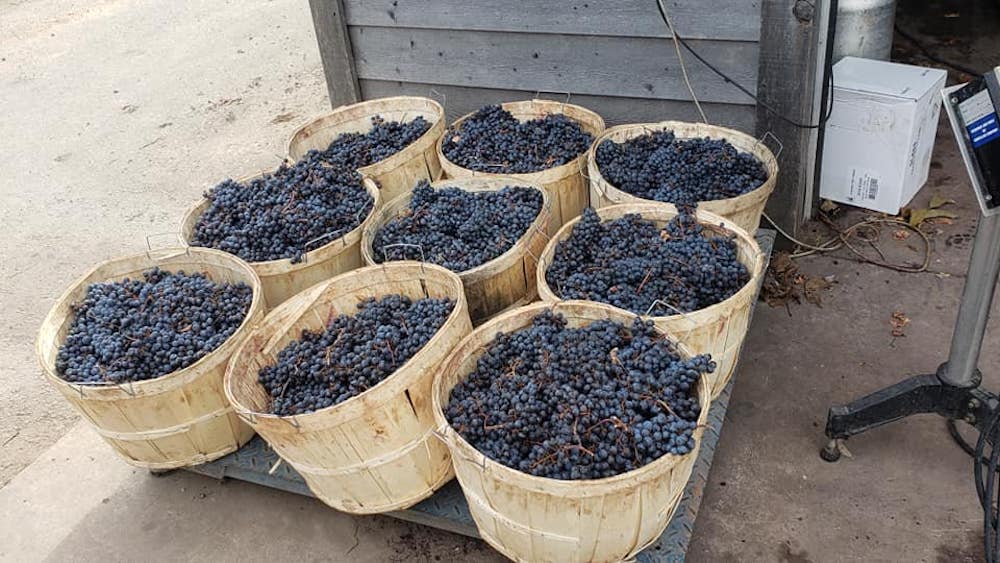
Outside of Pinot Noir, perhaps no grape variety had quite as good a vintage as Cabernet Franc. This could be the best vintage for Cabernet Franc in the last 10 years for us! Already incredibly suited to Niagara, I think the ripeness, concentration and power are very unusual, yet the wines are incredibly fresh and bright. The wines are dense, structured and full-bodied yet have not lost any of the varietal character that we really prize. While requiring a fair bit of barrel aging, these should be some of the best Cab Franc we have ever made.
Other than that, Syrah also seemed to appreciate the heat and sun with a moderated harvest. It was one of the earlier Syrah harvests we have ever had, and the resulting wine shows all the white pepper and floral we have come to expect with amazing concentration and weight.
Overall, this vintage reminds me of 2012 where we had fantastic quality across pretty much everything.
Perhaps there is actually a bit more ripeness in some 2020s, but tasting some 2012 wines recently, the similarities are certainly there. Given that many of our 2012s are just starting to enter their prime now at 8-years-old I think the longevity of these wines is going to be off the charts. Again, I can’t really think of two better vintages in a row than 2019 and 2020 for Leaning Post and Good Earth. There are truly some exceptional wines coming. Get excited! I know I am!
Thomas Bachelder, winemaker,
Bachelder Wines, Le Clos Jordanne,
Jordan, various terroirs
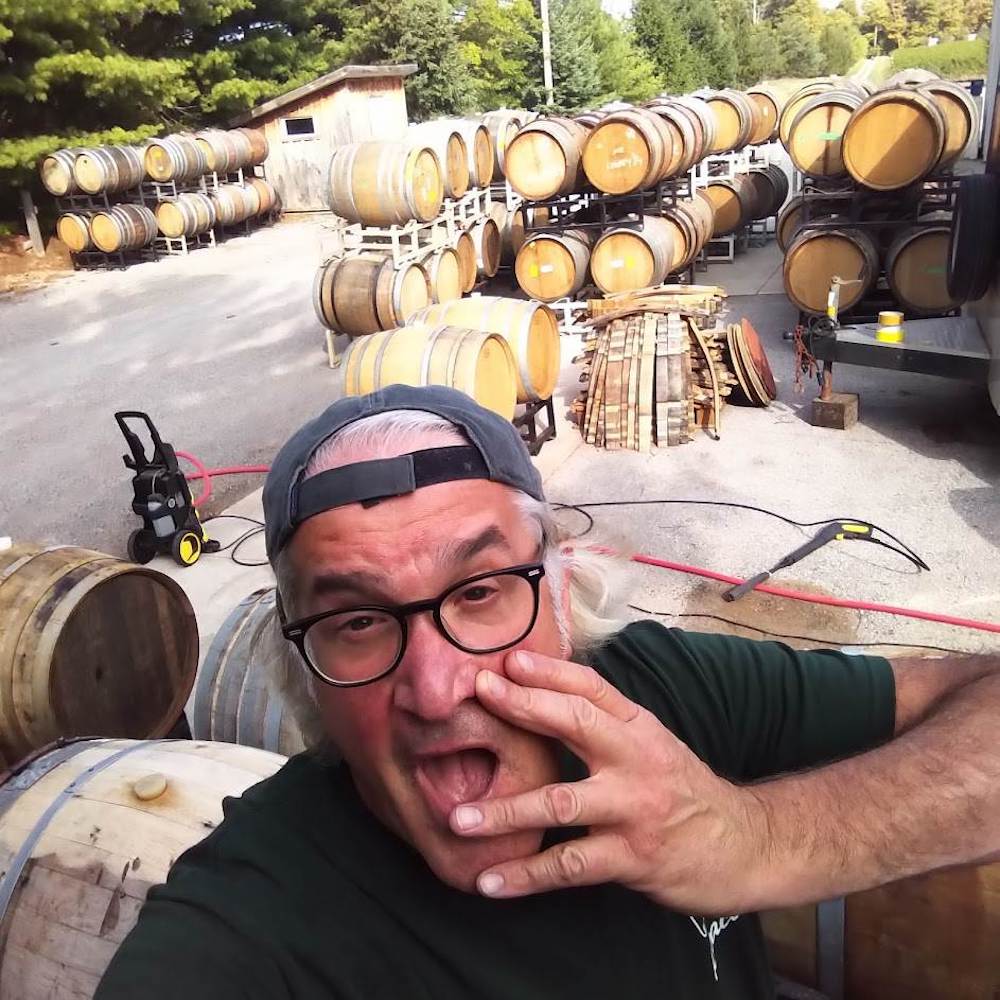
2020 – an artistic vintage in Niagara: During so many harvests, viticulturists and winemakers (often, the same person) struggle with decision-making due to the extremes of warm and cool summer seasons when trying to decide the ‘pick date.’
In the cool, late or rainy years, either we struggle to wait for ripeness, or try to pick between the rains to avoid rot, running from vineyard to vineyard, chasing clean fruit on the verge of breaking down. Then of course, come the long hours on the sorting table.
In the hot years, on the other hand, we try to avoid picking overripe fruit, but also bringing in stressy, tannic, dehydrated fruit. Sometimes, the sugars rush to levels that would seem to indicate ripeness, and we think we must pick, but the fruit is technically still green or immature.
2020 was that rare artistic vintage. The sugar accumulation was slow, the acid retention was good, and there was no rot present so one could wait for the perfect moment to make ripe wines that had great technical and flavour maturity, and spot-on sugar and acid levels. A miracle vintage! The great wines we taste from 2020 will likely be the fruit of artistic choices, and not just worry, happenstance, and intelligent compromise.
How 2019 explains 2020: Of course, 2020 was a great harvest, and yes, I believe the wines will be great, but perhaps we need to dig a little deeper to remember why.
Poor summer, feeble wines,
great summer, great wines …
… it just doesn’t go that way all the time!
I am writing about the 2020 vintage from the perspective of expressing terroir seen through the lens of the Burgundian grapes: Pinot Noir, Chardonnay, Gamay Noir, and through small-plot-based winemaking. My opinions are gleaned from my experience of the 2020 vintage in the vineyards at Bachelder (largely Vineland-bench focused) and Le Clos Jordanne (Jordan bench, exclusively).
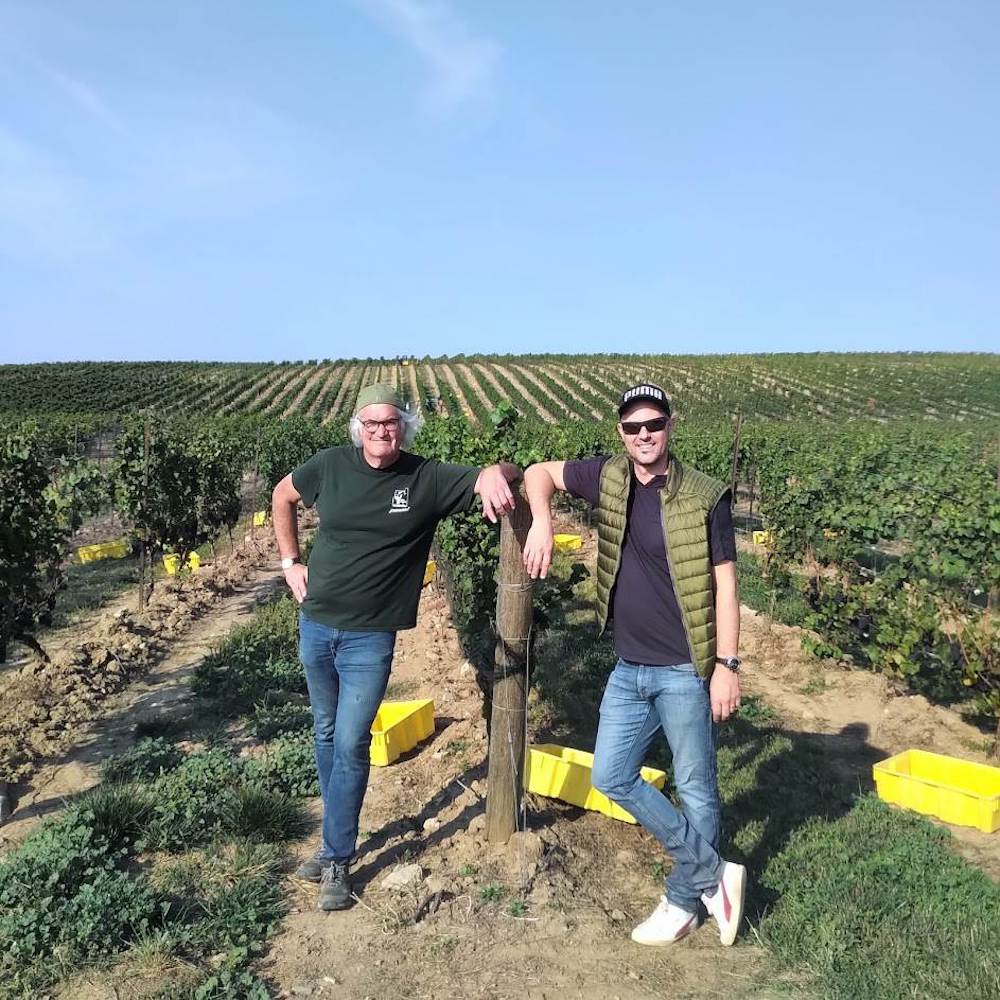
I’ll segue through 2019 to set the stage for 2020: 2019 was a fabulous year for the early grape varieties, although we picked them late. Summers and autumns like 2019 are not the easiest on the viticulturalist, not easy on the vines, on the sorting table, and in the winemaking, but how much worrying and fretting one does in those years can sometimes be in inverse proportion to how good the wines actually turn out to be.
I believe that the best terroir wines are made when the vine struggles to ripen her babies, when they barely reach full maturity before we pull them due to imminent rain or rot.
In 2019, the grapes did reach a full, ripe maturity, but boy, we had to wait for the vines to drink in just enough sunshine to ripen the berries, and in so doing, Maman Vine also packed in a good dose of minerality – sense of place! As she pulled up water into her roots to give her the strength to ripen the crop despite the waning summer, she pulled up other nutrients and trace minerals.
Voilà! Complex wine after a tough season!
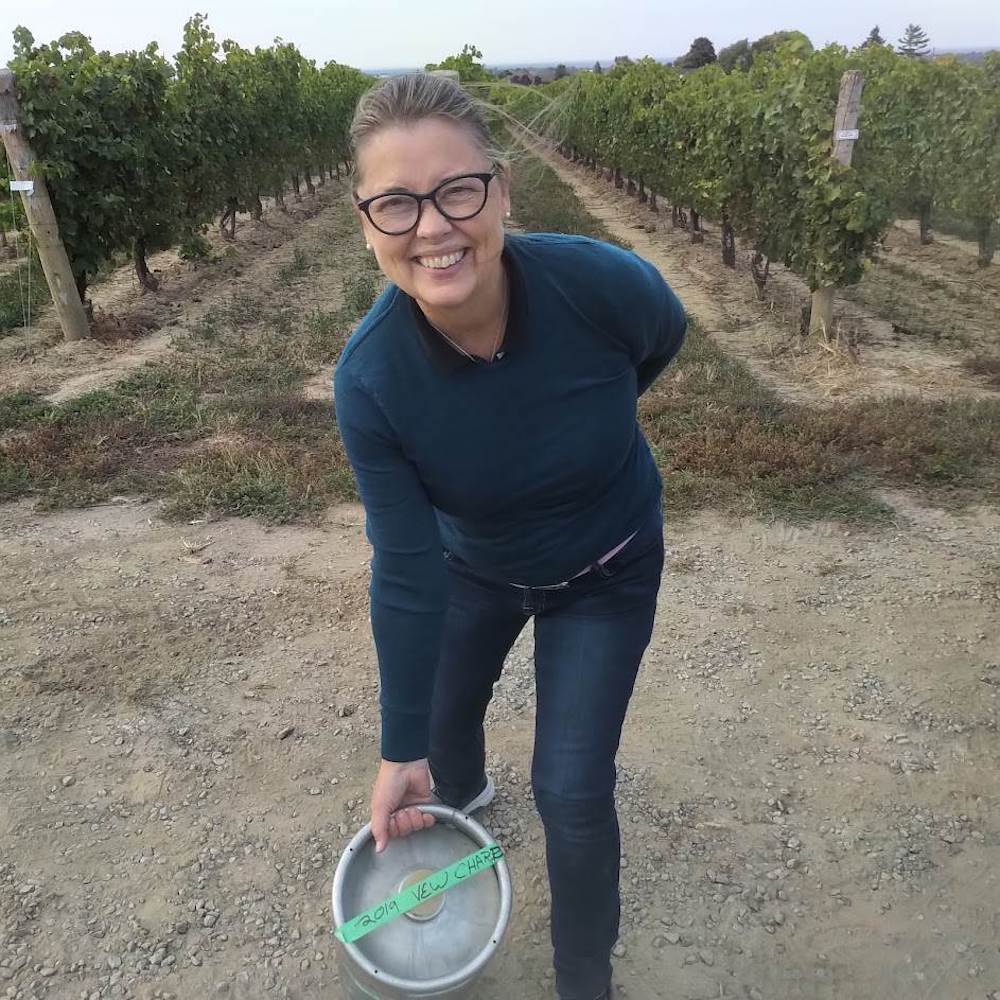
It’s February 2021, and I’ve been standing in the cellars at Le Clos Jordanne and Bachelder for the last month and a bit, minutely, carefully and almost-obsessively declassifying 2019 barrels from the single-vineyards to the ‘assemblage’ blends. One is in awe of the strength, purity and ‘wet-stone’ minerality of the 2019 vintage. These wines will live gracefully and purposefully for many years. Similar years: 2009, 2011, 2013, 2017 – but 2019 will have more fruit and real verve than any of them!
The 2020 vintage: At the same time as I am declassifying the 2019s, I am topping and tasting the 2020 barrels, and now that they have developed a bit, I am getting a feel for the terroirs, the vintage. As I said earlier, my memories of vintage are just that, memories. What the vines do now — as they stretch and grow and become ‘their own people’ — is fascinating to watch.
So, will the pandemic vintage be one for the record books, and make some of the century’s best wines?
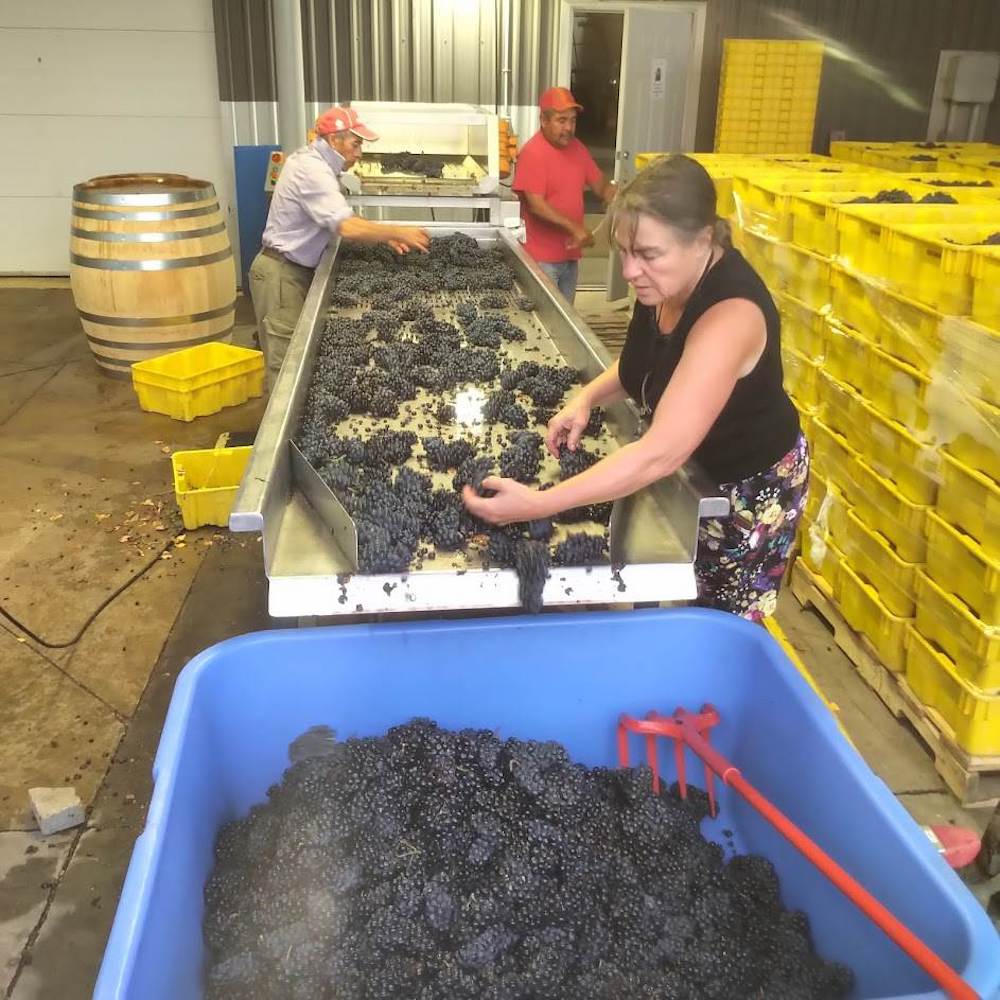
Many people love the warm years: 2007, 2010; 2012, 2016, 2016 and 2018, but for defining terroir through the early grapes, they can be a bit round, a bit broad, oftentimes with what I like to call ‘stressy’ tannins in an otherwise lovely, juicy, just slightly overripe wine. Still, there were some lovely wines made in those years.
Did 2020 escape this problem? Yes, largely!
In 2020, Bachelder followed vineyards from the eastern fringe of Hamilton, across the whole bench and down to the toes of Niagara-on-the-Lake! After the last frost in late spring, from bud break to harvest, we had a gloriously dry and warm summer and fall. Rainfall events came just when the vine needed them to continue development — for example, after such a long, dry, hot summer the fairly regular rains came to the vine’s rescue, but not so often that we had disease problems.
Harvest Dates: It is normal to start to pick Pinot Noir and Chardo anywhere from Sept. 10 to the end of September. After the summer that the northern hemisphere collectively experienced (Burgundy, for instance, completed most of their harvest in the month of August), we worried that we in Niagara would be forced to pick screamingly early, and risk making “jam” — dark, concentrated but ultimately monolithic wines.
It didn’t happen. Blessedly, the nights got cooler into September, harvest was delayed, sugar development was slow, and acids were retained (likely due to vines at least partially “shutting down” in the hottest part of the summer). In the end, we picked on the normal dates. Aside from the young-vine sites (read low-yielding and this precocious), Niagara picked for sparkling a little later than we thought we would, and the Pinots and Chardonnays for still wines were picked pretty much at the usual time. Thus, the cool nights of September and the summers’ waning heat ‘rescued’ the vintage from becoming a potentially “fruit bomb” one, and instead it became a nearly ‘perfect’ vintage in terms of sugar, acid and pristine fruit condition.
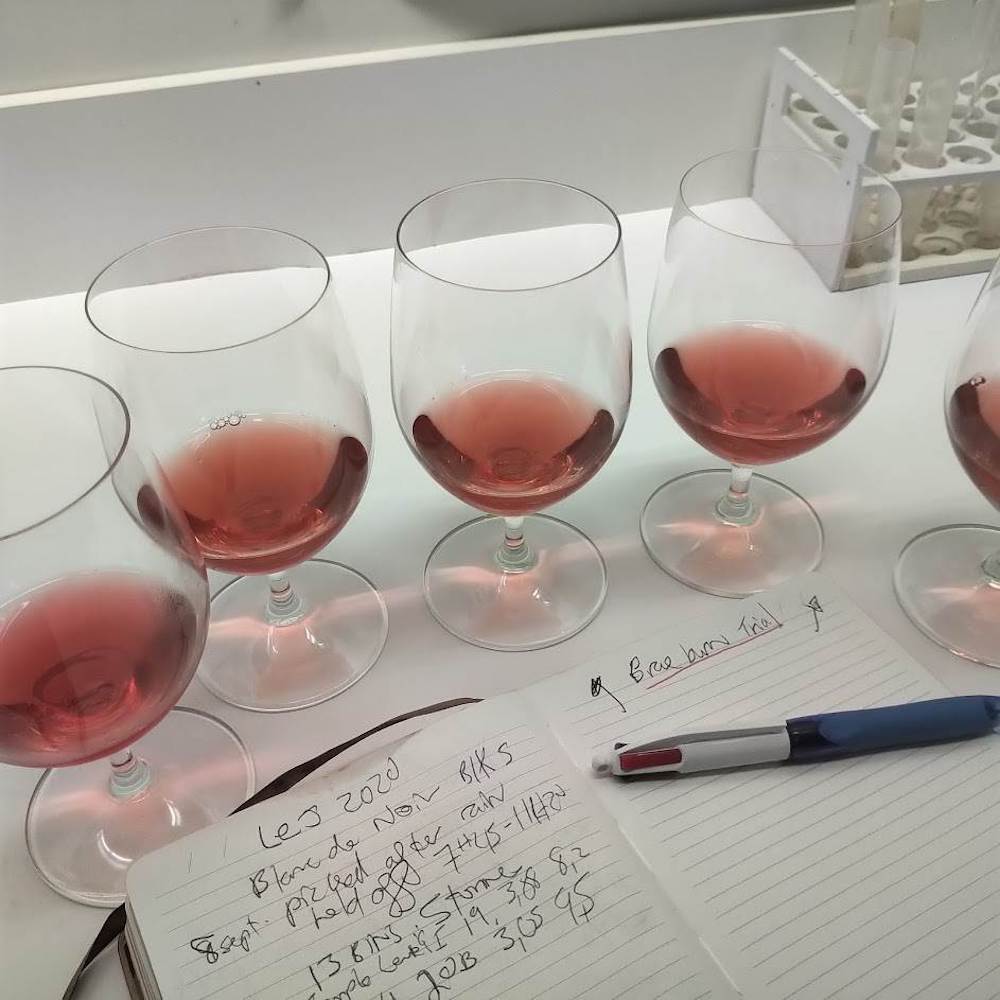
End game: 2019 and 2020 – two back-to-back Burgundian-style vintages that, in the right hands, the right terroirs, will show grace, elegance and longevity.
We have to all be on our best game here — it is not only about making yummy wine — but these are also the days when Niagara, (and Ontario, and Canada) are in the real-time process of defining our terroirs and saying, “Who and What we are.” We are starting to find the answers to what our terroirs taste like.
Burgundian-grape winemakers, a year from now to the day, will again be declassifying and blending their terroirs and the onus will be on us to declassify and blend away the ‘bigger, blowsier lots,’ to pare down to the ones that show more sinew and terroir. It will be a serious moment, a great moment to be clearheaded, a time to tighten the belt and the resolve, and to put out potentially smaller case lots of single-vineyards that collectors and journalists and sommeliers will lovingly argue over and about a decade hence!
The corollary of this is that the blended wines, the ‘glass-pours’ will doubtless be lovely, delicious, rich, gulpable wines that will gladden the hearts of wine lovers.
Ann Sperling, winemaker,
Southbrook Vineyards, Niagara-on-the-Lake
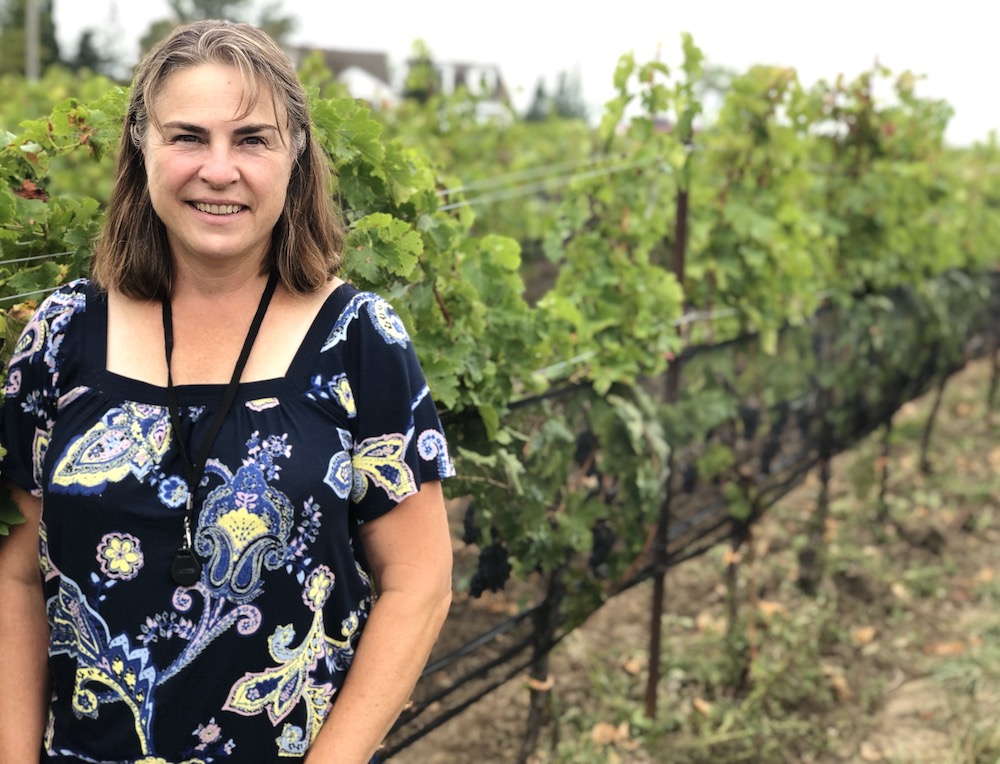
I’m saying this is the Niagara Vintage of the Century.
Many things came together to make this dry vintage superior to all other previous years. It’s difficult to pinpoint exactly what that difference was so even though you could feel a difference, it’s really the results that have convinced me.
At Southbrook, we draw from our own Four Mile Creek vineyard plus Laundry in Lincoln Lakeshore and Vinemount as well as Saunders in classic Beamsville Bench territory. A lack of winter stress, and a bud break once it happened, with consistent warm weather and warm soils filled with moisture and air got the vines off to a roaring start.
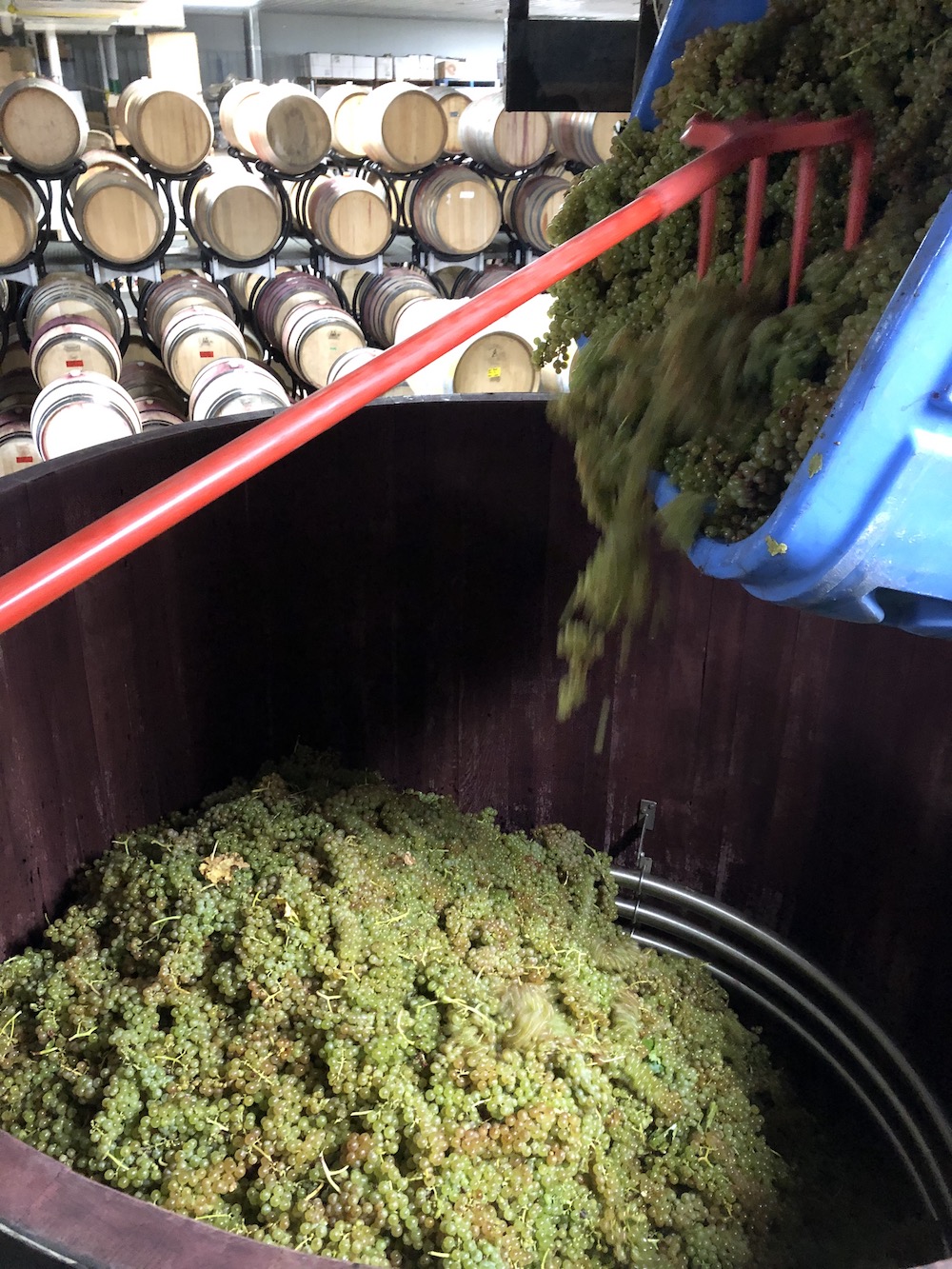
The vegetative cycle had established good canopies in all zones just as flowering started. We saw slightly more vigour in most blocks with the expression of laterals. We thinned out the canopy in the fruit zone but left leaves and laterals that provided a bit more shady relief during the persistent 35 C summer days.
Harvest timing was text book with sugar/pH/acids all lining up and picking took place in dry weather. We started in mid-September and had everything off before Hallowe’en finishing with Vidal for orange wine.
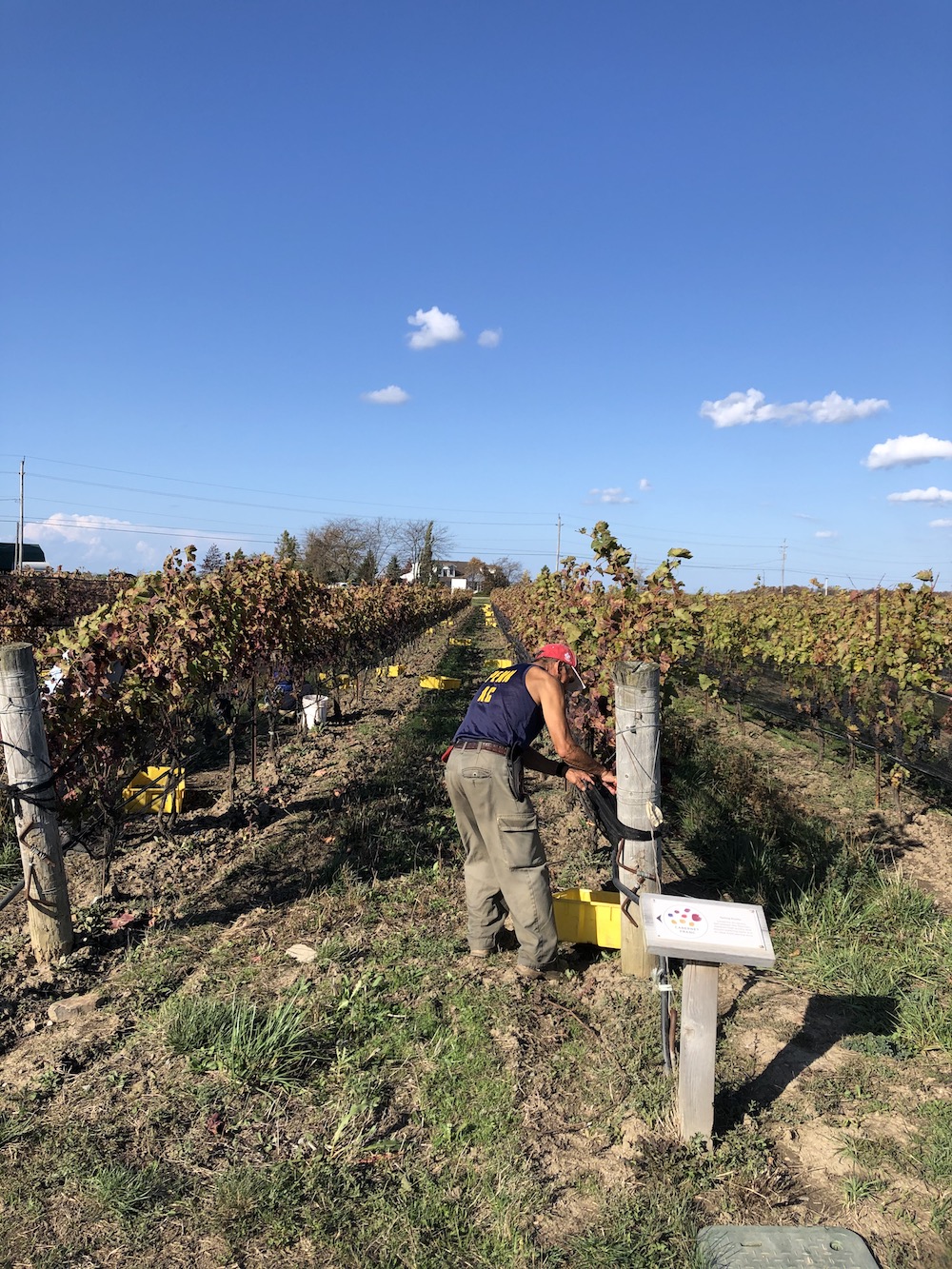
I’m loving the typicity of Pinot Noir, Riesling and Chardonnay Musque as well as the structure and density of Merlot and Cab Sauvignon. I can’t remember a vintage where whites, reds and Orange wines have all shown so well.
Casey Kulcyk, winemaker,
Westcott Vineyards, Jordan Station
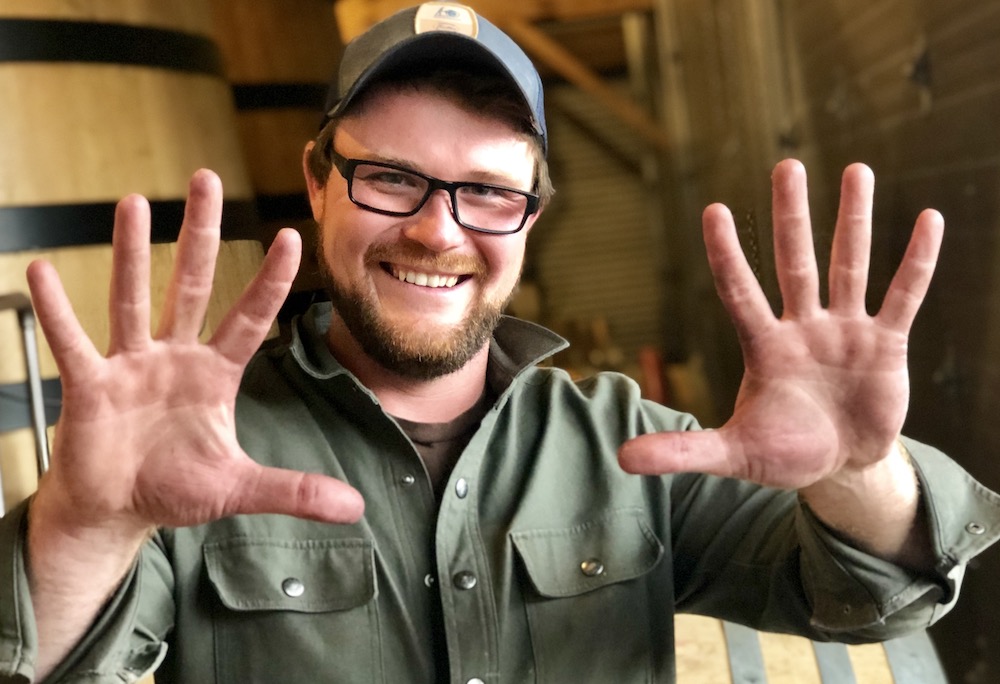
We as an industry, and consumers alike, tend to sum up a vintage by a set of polarizing statements: Hot or cool? Early or late? Wet or dry? Etc. And most generally, good or bad?
I would comment that, as a winemaker, a viticulturist, or a proprietor that a vintage is always so complex, nuanced, and can be affected and completely altered by the smallest of decisions or uncontrollable weather changes. This said, I want to start the conversation by thanking and spotlighting the incredible people of this industry. I do tend to feel that we overlook how adaptive, flexible, creative, and supportive we are as community. Ontario showcases some of the most varied vintage conditions year to year, and our industry should be proud that we can repeatedly produce world-class wines.
We at Westcott grow largely the core varieties of Pinot Noir and Chardonnay, and as an estate winery are lucky to have complete control of our land, viticulture practices, pick decisions, and winemaking through to bottling.
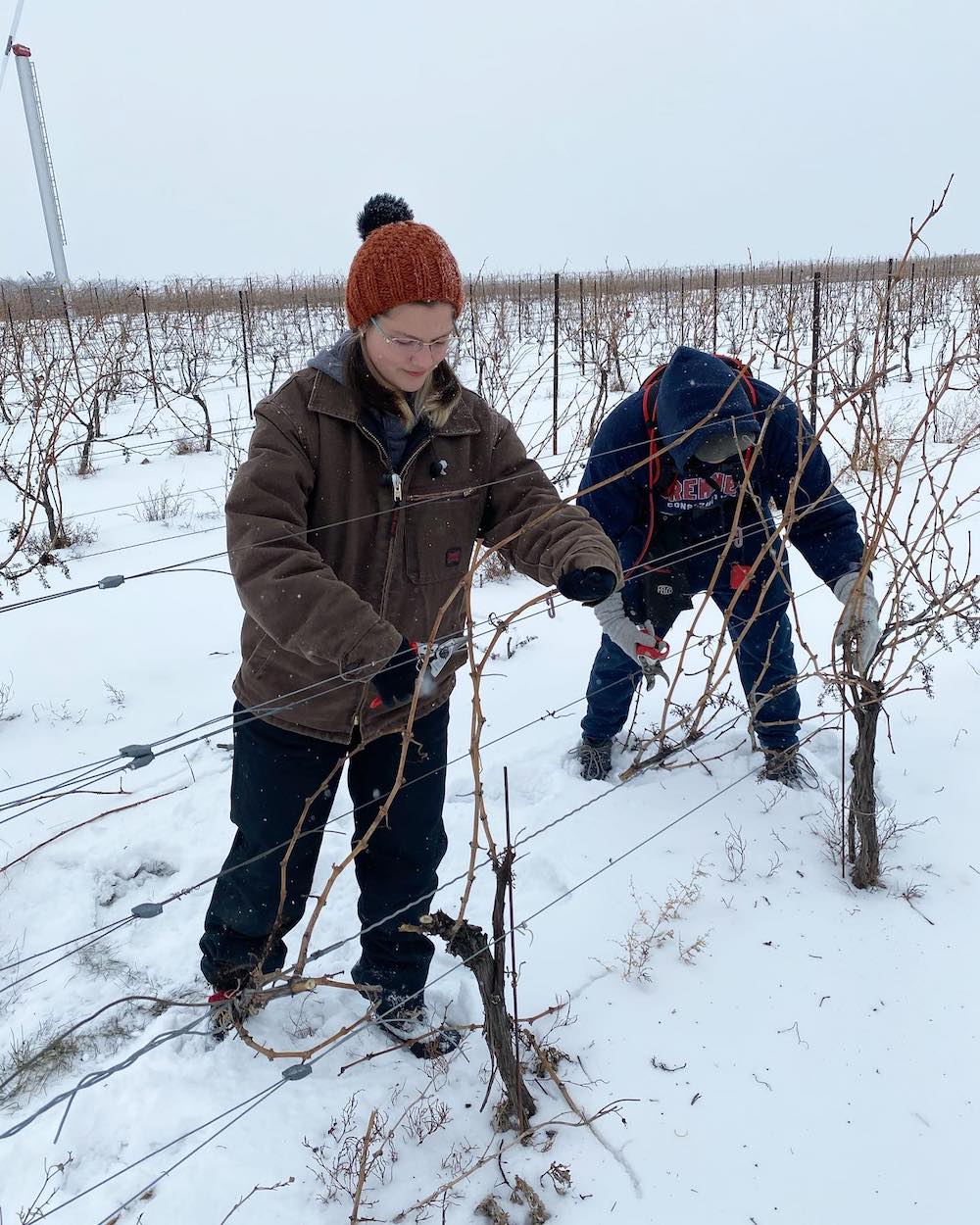
We started out vintage with our first large scale deployment of geothermal textiles. As our Home Vineyard is located in the Vinemount Ridge sub- appellation, winters can sometimes prove slightly more intense with little to no benefit from the lake. Although the winter was more kind than the polar vortex of years’ past, this pursuit showed to be of great importance. We were able to protect against more than one sub -20 C night that in a previous winter would have most definitely harmed our bud viability and affected the size and quality of our crop.
Moving into the spring, we were graced with above average rainfall, which would thankfully subside in time for a dry bloom. These rains, and the consequent high water table, would also prove to be crucial later in the season as we were able to weather a hot dry summer with little to no signs of water stress on the vines.
Fruit set was very good in all our Pinot Noir blocks across both sites. Chardonnay showed a bit more incomplete set and yielded uniformly more dainty open clusters. The open cluster would not only allow great airflow and keep clusters clean, but the naturally reduced crop made for grapes (now wines) with intense character of place.
The rest of spring was warm and led into a hot and dry summer. The dry environment and bright ever-present sun helped reduce disease pressure to a minimum. We were very cautious to keep the clusters protected with very little leaf stripping. It was an exercise to attempt to slow physiological ripening and maintain fresh balanced acidity.
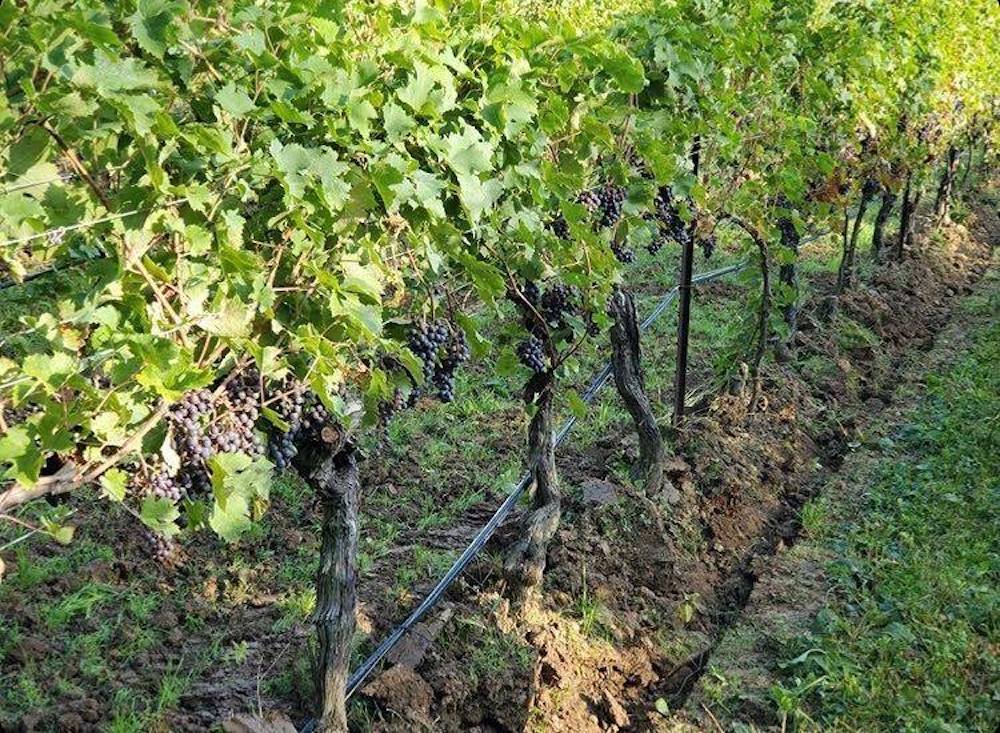
Working with Burgundian varieties on carefully selected sites, we aim to reflect place and vintage, all while creating wines of restraint, elegance, and tension. It is easy to get caught up in the glamour that hot sunny summers can bring. We strive to not to lose sight of our style and this vintage was an exercise in patience and timing to ensure our fruit would still support our style of winemaking. Hot growing seasons may come with their advantages, but I find any misstep is significantly more painful and obvious as there is often little that can be done and resulting outcomes are so clearly reflected on the intrinsic grape character, flavour, and chemical composition.
Finally harvest was looming. It was looking to be quite early and as things were progressing, maybe the earliest of my Ontario career. However, as it tends to happen, Mother Nature threw us a twist. Late August and early September brought below seasonal temperatures and overcast days. Despite all our best efforts through the summer it was truly this week period that was crucial for the fruit to regain course to great balance. It is often thought that sun and heat are the only ingredients to a “great” growing season. Truth be told “greatness” is always about balance, and even fruit with high potential alcohol can be under-ripe in flavour and character.
Harvest finally began Sept. 4 with our annual sparkling rosé pick at the Home Farm. It would then continue into Pinot Noir table wines toward the end of September, and very closely followed by Chardonnay into early October. The Home Farm always slightly leads over Butlers’ Grant on the 20 Mile Bench. Harvest would be rounded out with an early November pick of Cab Franc. The fruit was very clean and agreeable, and ultimately did not necessitate much if any intervention at the crush pad or during ferment.
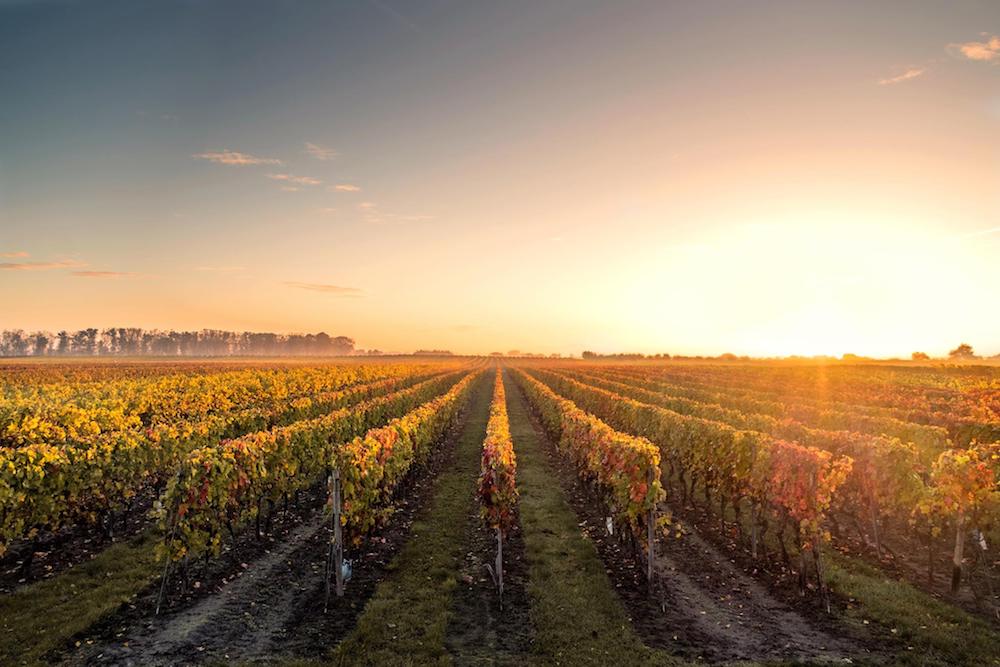
So, as it has always done, and I expect will continue to do so, Niagara has shown us another varied and unique vintage. It is not unlike others, but it is also not like others. It gives us yet another reference point, another learning experience, and another opportunity to adapt so we can continue to make great wine!
As the dust settles, the cellar is full, and the wines begin their elevage, we can reflect on the vintage conditions and the decisions we made. 2020 does not show the overblown, extracted, out of balance characters of a hot vintage, however, it does show more concentration, fruit weight, and generosity then a cool vintage. I see maybe some of the most marked character difference between appellations I have ever witnessed from the region. I look forward to watching these wines evolve over the next few years as I feel there is great balance from these wines and therefore great potential for 2020.
Craig Wismer, grower, president of Glen Elgin Vineyard Management, Vineland
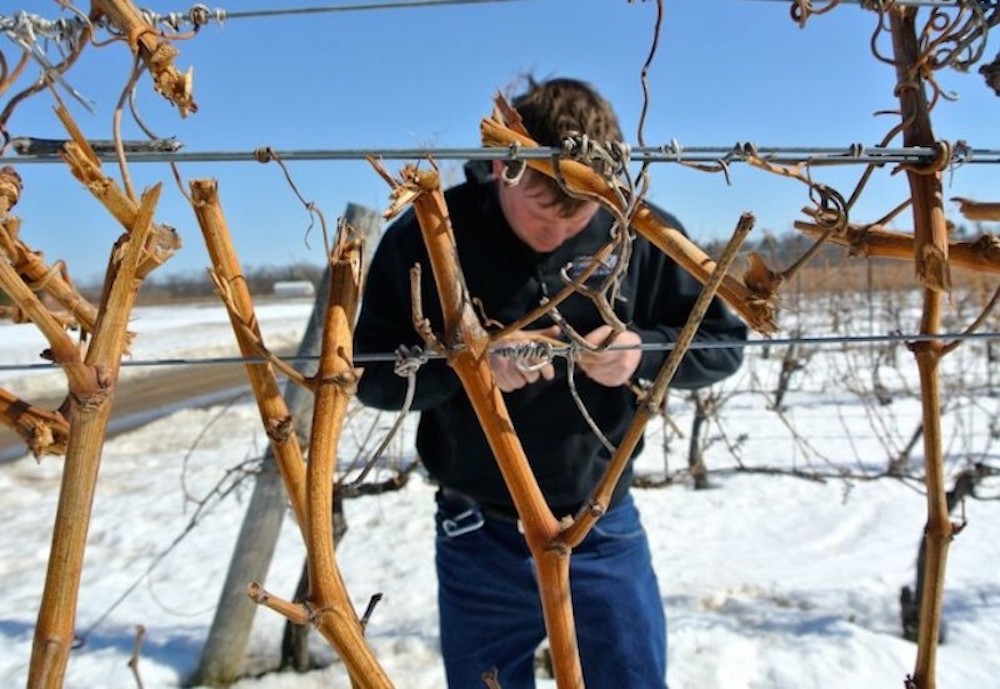
2020 will be a year to remember for everyone, everywhere. I believe that will be especially true in the vineyard, for a variety of reasons! COVID brought along some unique challenges, whether it was new and, at times, awkward workplace safety protocols, dedicated tractors and drivers and vehicles, not being able to meet face to face with friends and customers, or the looming uncertainty of what restaurant and winery closures meant for the sale of the 2020 crop.
These questions went unanswered, and more developed as we had a slow, cool, wet start. May and June saw several nights with frost concerns, especially on frost prone sites. This ended up requiring action on the frost mitigation front for some of our clients. There were several nights where frost fans, wind machines and anything that burned was deployed to the vineyard to help keep colder air from settling, and prevent further uncertainty around the fate of the 2020 crop.
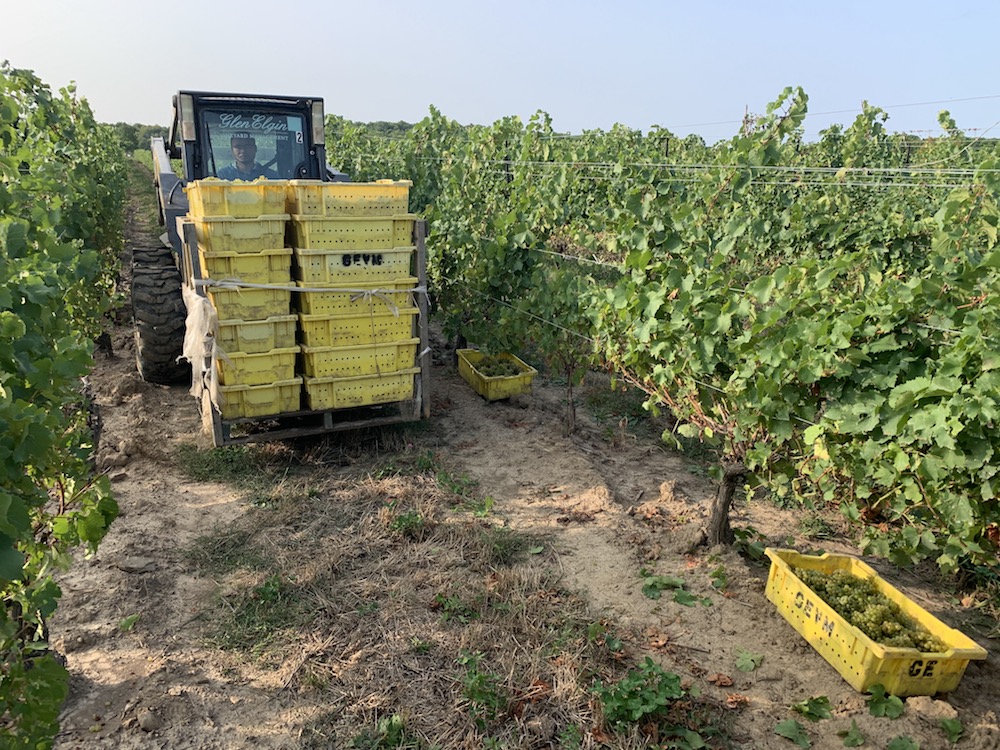
This less than ideal, below average spring weather quickly gave way to more favourable growing conditions, as the season embarked. These low temperatures turned into well above average temperatures, and we quickly found ourselves enjoying the warm, dry weather, especially as new societal norms kept us outside, even more than usual.
By June and July, we were seeing very hot and very dry weather, bordering on “too dry.” Despite conditions and temperatures that made it feel like hotter growing areas, where heat and drought stress are very real concerns, the vines did not seem to suffer on good sites. This was especially true with well-managed and deep soil profiles. A lush, green canopy was maintained, despite the temperature extremes. Turns out we were grateful for that wet spring after all, as it no doubt charged our heavy clay soils with ample moisture to see us through a potential drought of a summer.
As always in the vineyard, and especially iin Niagara extremes, a viticulturist’s job is to use best practices to help coax the best out of the vineyard, despite the season. In Niagara, this is often an inconsistent approach year to year, demanding on preparedness flexibility, and a dynamic approach to vineyard management. It is not easy to manage these highs and lows. In an extremely hot and dry summer, I shift my focus from excessively manipulative practices (as is typical in Niagara) to more of a minimalist approach. How can we work with Mother Nature, instead of fighting her? Canopy management, leaf removal, and fruit thinning practices often do a complete 180. How do we slow down ripening, and prevent loss of aromatics and acidity from the harsh heat and sun? If this is ignored, we see these conditions that want to push sugar accumulation before phenolic ripeness and flavour development. Every step we take is to extract the best result from the season at hand, and work with the winemaker for each project.
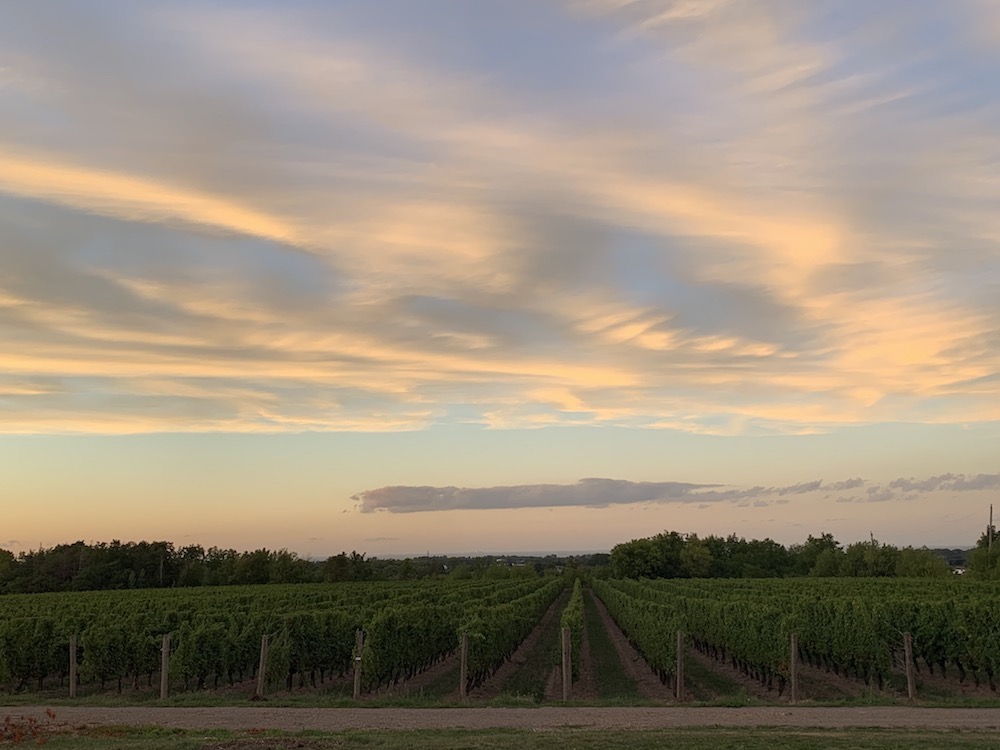
These extremes gave way to more seasonal, harmonious temperatures and dry days leading into harvest. Extended hang time was easily achieved, where warranted or desired. Rare levels of concentration and flavour development were achieved, with no ill effects or risks to leaving fruit on the vine. This also allowed us to see increased nights with a diurnal shift, further adding to the 2020 profile.
It is likely too early to fully evaluate the impact of the 2020 vintage, especially the reds. That being said, I think it is safe to say it will be superb year, especially for reds. We were able to grow, harvest and deliver fruit with incredible sugar and colour levels, complex fruit flavours, and gorgeous fruit integrity. I am also hearing the whites (when properly farmed and protected) are surprisingly lively and aromatic, especially from such a warm vintage.
Prince Edward County
Mackenzie Brisbois, winemaker,
Trail Estate Winery, Hillier
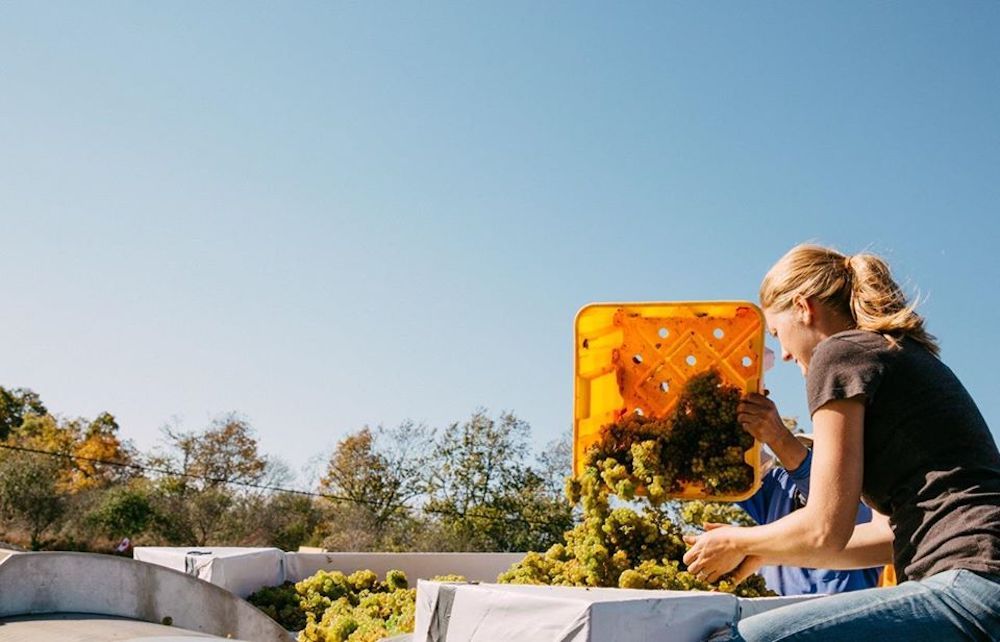
This summer was hot and dry in Prince Edward County. The wines that normally have a cutting acidity are actually rounder, with very ripe flavours and are fuller-bodied. The hot weather left us with very small berries with very thick skins.
The skin-contact wines, from both Niagara and Prince Edward County, have much stronger tannins than in other years. Overall, everything is tasting great, with lots of flavour, just a larger vintage variation than I’ve seen in awhile (the wines are looking forward to being consumed when social gatherings are acceptable and they can be shared amongst friends).
Dan Sullivan, winemaker/owner,
Rosehall Run Vineyards, Wellington
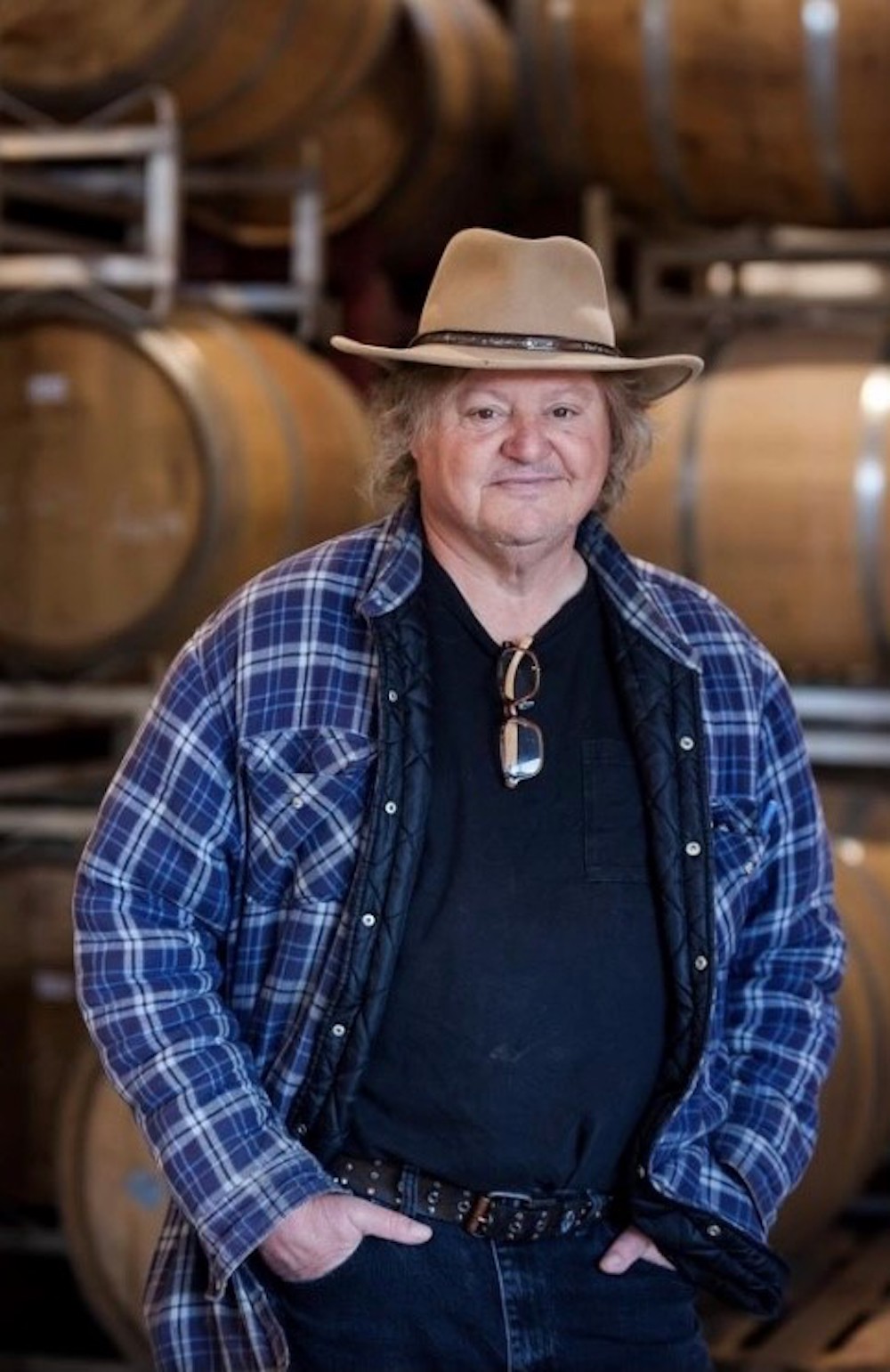
Do you want the good news or the bad news?
OK, let’s get the bad news out of the way.
The story of the 2020 vintage at our farm on Greer Road in the southwest reaches of Hillier clay limestone was half written before the calendar year turned.
Here in PEC, the burying of renewal canes is de rigueur to ensure survival of fruiting budwood for the next growing season, at least for a vinifera grower like Rosehall Run and many other growers. We were scrambling to get the vines covered later than usual and were about halfway done when the weather got cold and the earth became too hard to work with our V plows and deep cultivators.
As if foreshadowing the turmoil of the coming year, disaster struck on the nights of Nov. 12 and 13, 2019. Coming off the latest harvest ever at our farm, and scarcely a week after the last fruit was harvested, the temperatures plunged below -20 C.
I expected some damage but in May of 2020 the stark reality began to set in as the vines broke bud and canes remained comatose on the fruiting wires in the unhilled sections of the vineyard.
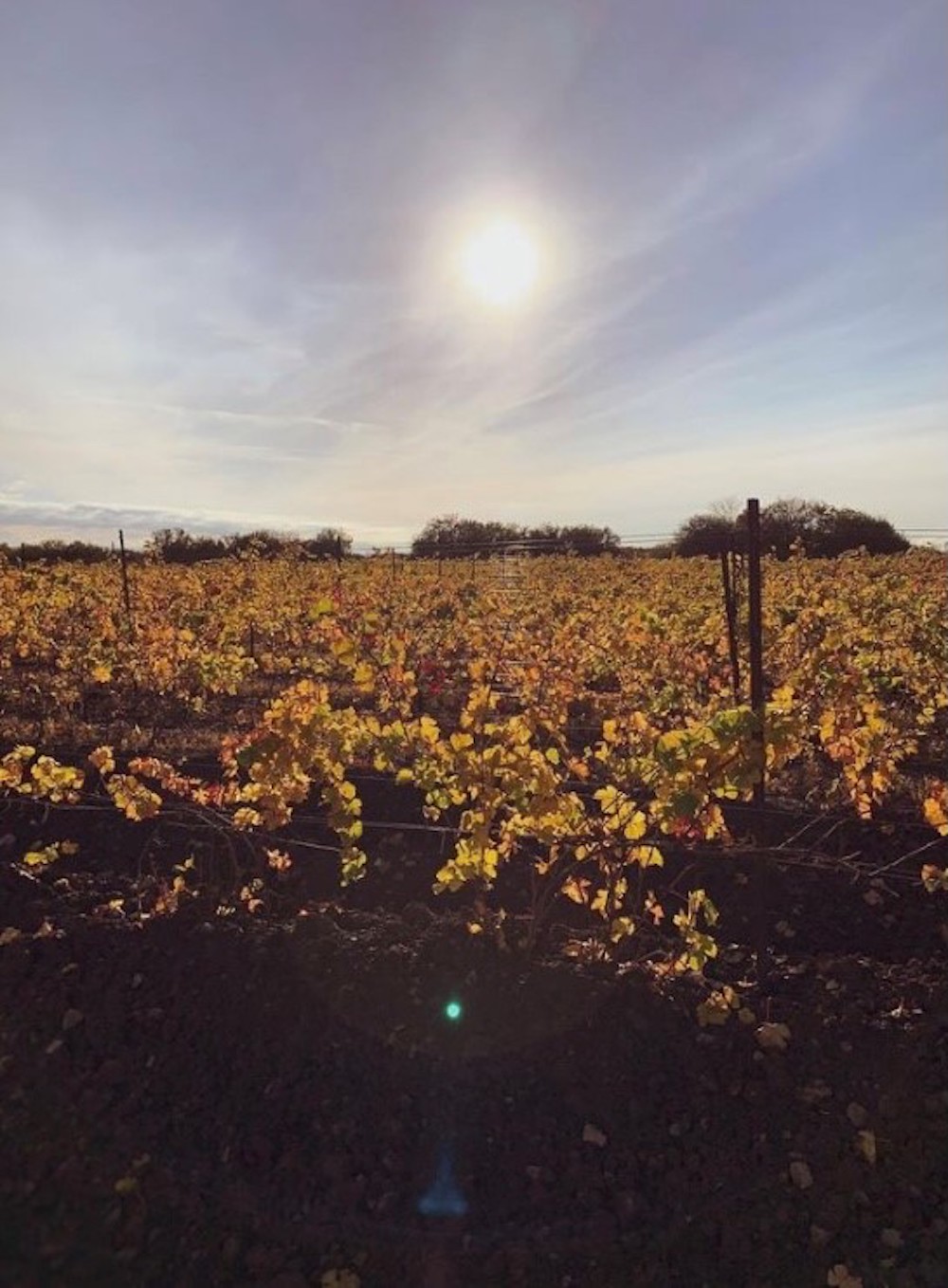
Crop estimation for some reason despite our best efforts tends to remain a gift of a ‘dark art’ with most growers here in Ontario. Typically, we tend to underestimate long crops and are over on short ones and we were decidedly short.
That is where the bad news ends. Now for the good news.
While there is not a lot of fruit, virtually all of it, every varietal down to the cluster was spectacular. It is still early but I expect 2020 is one of, if not the finest vintages ever here in PEC and I would posit, in Ontario, I can ever recall — and my memory goes back to 1995.
What sets 2020 apart is the uniformly fantastic quality across all varietals. Superb ripeness, great structure and acidity in the whites and plush well-developed tannins and juicy fruit in the reds.
At our farm, with plantings approaching 20 years of age, the extract and mid-palate depth are on full display, even at this early stage of their development in barrel. The Pinot kind of reminds me of our 2007, only deeper and sleeker with me having an extra 13 years of experience coaxing the best out of our vineyard.
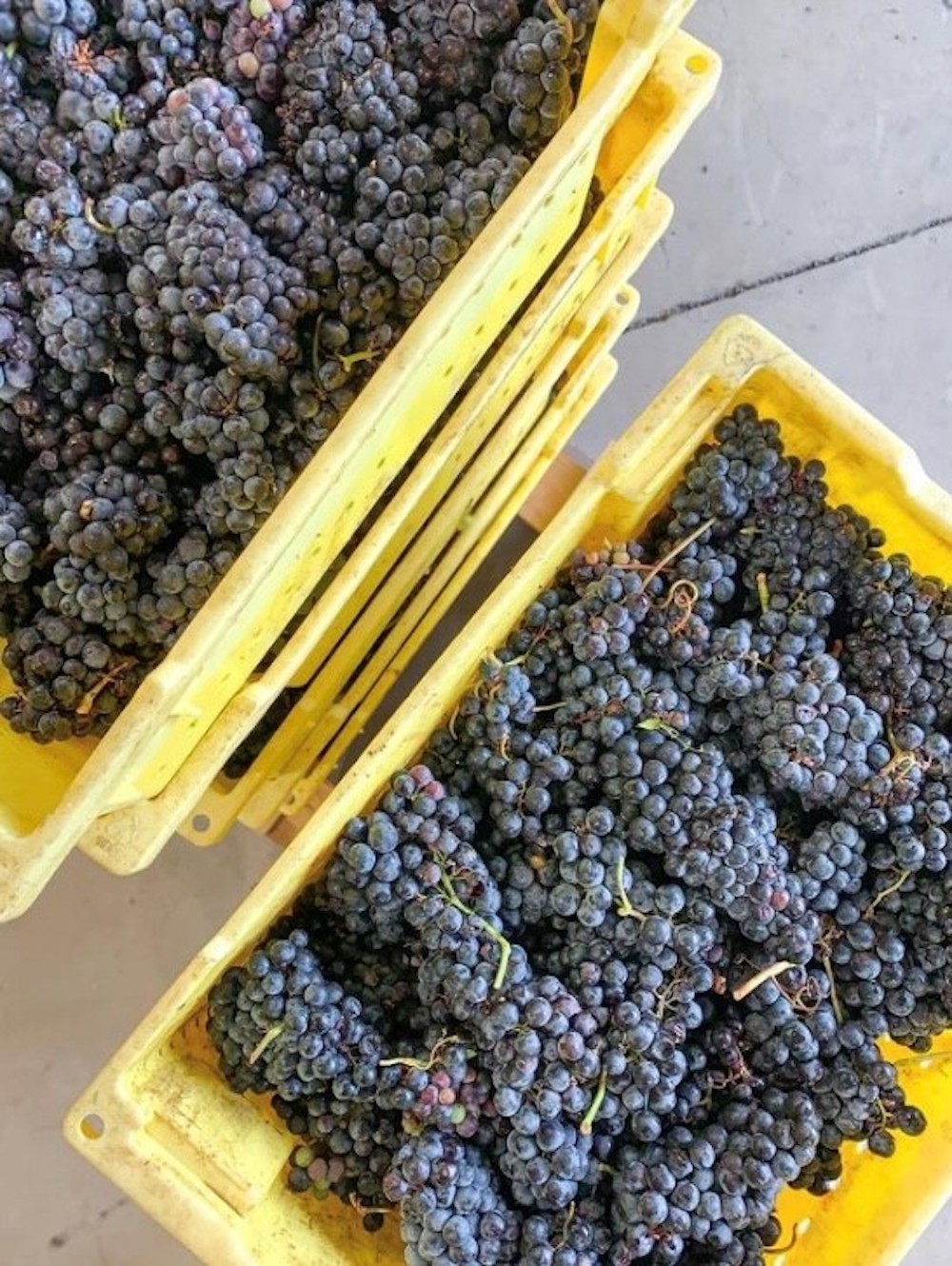
If there is one word to sum up the 2020’s it will be this: Legendary.
And, if I might add a second: Scarce.
And finally, a word to consumers, the ultimate arbiters if I may: When the 2020 Ontario wines start being released run, don’t walk, to your nearest tasting room or online winery store and buy as much as your wallet can handle.
Good fortune awaits the astute.
You’re welcome.
Lee Thomas Baker, winemaker/viticulturist,
Redtail Vineyards, Consecon
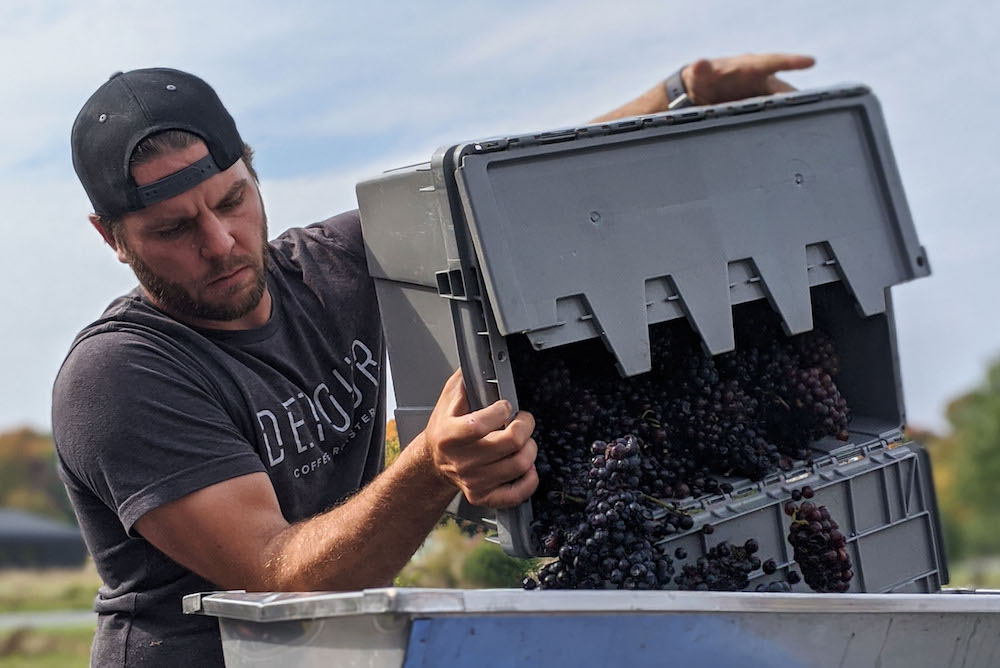
Everything seemed to produce well this year. The Pinot Noir was perfectly ripe in sugars, acids, and phenolics. They tended to be deeper in colour, in both PEC and Niagara, likely due to limited precipitation, elevated heat units, and more growing degree days. This will likely be a benchmark year for Pinot Noirs.
The Chardonnay from the County was fantastic, achieving great balance between sugar and acids. Sometimes it has been necessary to adjust acids due to drought and heat stress, but that wasn’t the case this year. The Chardonnay was a case of press it, set it, and forget it. Exceptional wines are going to be made from 2020 County Chardonnay.
All of the Pinot Gris had more colour than normal, giving even our conventionally made Gris a pink hue despite its minimal skin contact. The characters were full and rich, and the alcohol seemed to be a bit higher — forcing me to stop ferment slightly early. This left a bit of residual sugar but maintained lower alcohol content, which I feel leads to a balanced, full-bodied Pinot Gris.
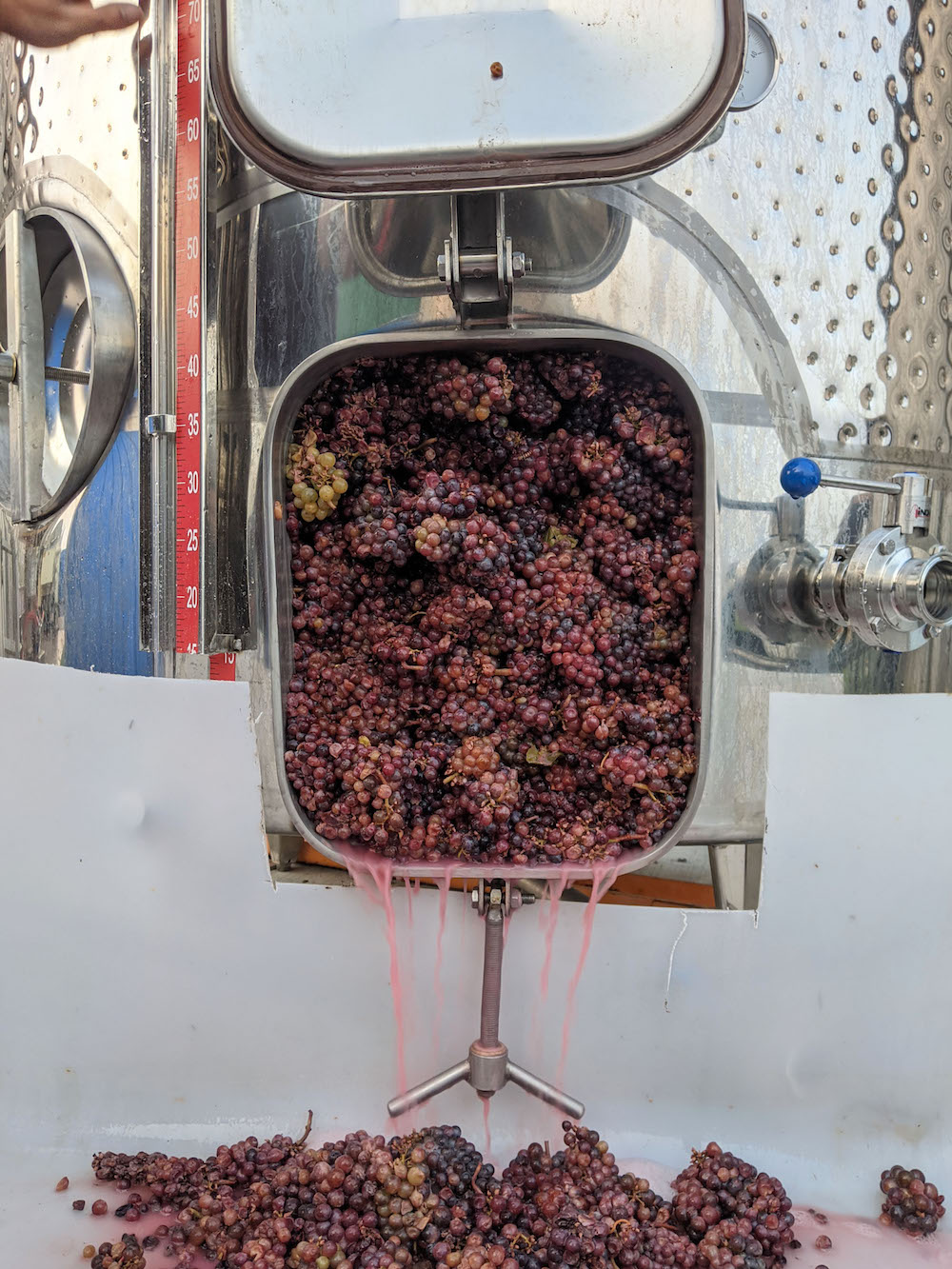
The Gamay from Niagara was very expressive. We use it for our rosé and the fruit character was off the charts compared to last year. Again, it was surprising how well the acid was maintained considering how hot the year was. There’s more residual sugar in our rosé this year to maintain lower alcohol content.
Spring started off cool, which helped delay bud popping. We thought we would get some late season frost, and were worried towards the end when bud burst did happen during those cooler temperatures, but we got out unscathed. The yields were low in Niagara and PEC, which could be contributed to the wet fall we had in 2019.
The hot and dry summer was extremely difficult for the baby vines in our estate vineyard. Redtail was in a unique scenario with all of the new plantings. COVID forced us to push back our schedule and we weren’t able to plant until the middle of the heat wave. It was extremely challenging, and something I’ll never forget about the 2020 vintage.
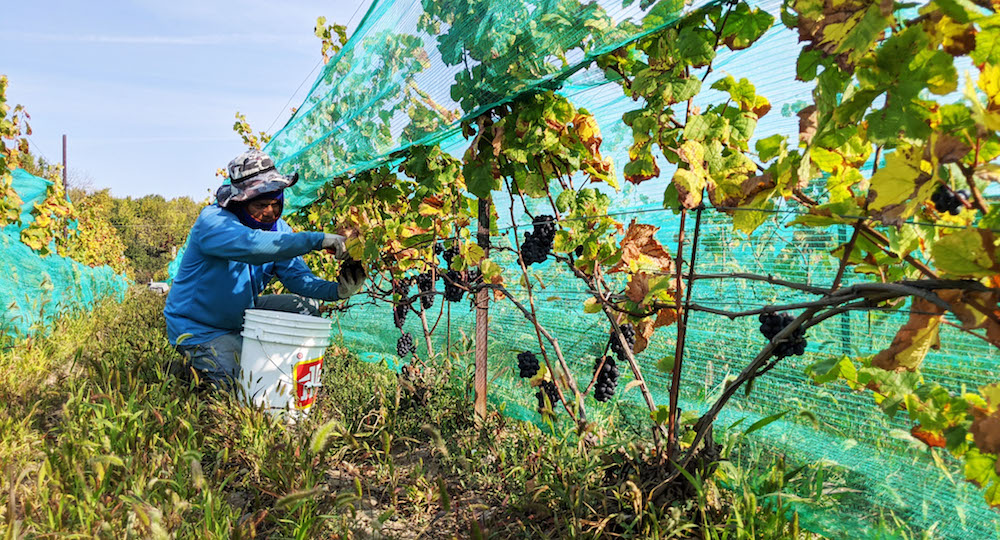
There was no rain and no disease pressure in the fall. Our picking decision was based solely on fruit quality; we didn’t have to account for weather events. The fruit we harvested from Hubbs Creek had reduced berry size and higher concentration of riper phenolics due to the drought. There was increased skin and seed to juice ratio, which produced more concentrated flavours and more expressive wines.
I think the whites from this year will present really well early in the game, given the concentration, phenolics, and acid structure. The Pinots are also fairly structured with higher tannin contents. They’ll need time to age but will prove to be a cellar-worthy year.
Our County Pinot and Chardonnay are young wines. They have a long way to go. Low disease pressure allowed us to take more chances, like with our County Crush. Some of the vineyard stresses were relieved, so we were able to use way less yeast and way less sulphur. The wines are clean and balanced. They’re very concentrated and less reductive. There was less need to feed the ferments, and we were able to be more hands-off across the board. If there’s anything good that comes out of 2020 it will be the wines.
Lake Erie North Shore
Nik Antunovich, winemaker and viticulturist, Cooper’s Hawk Vineyards, Harrow
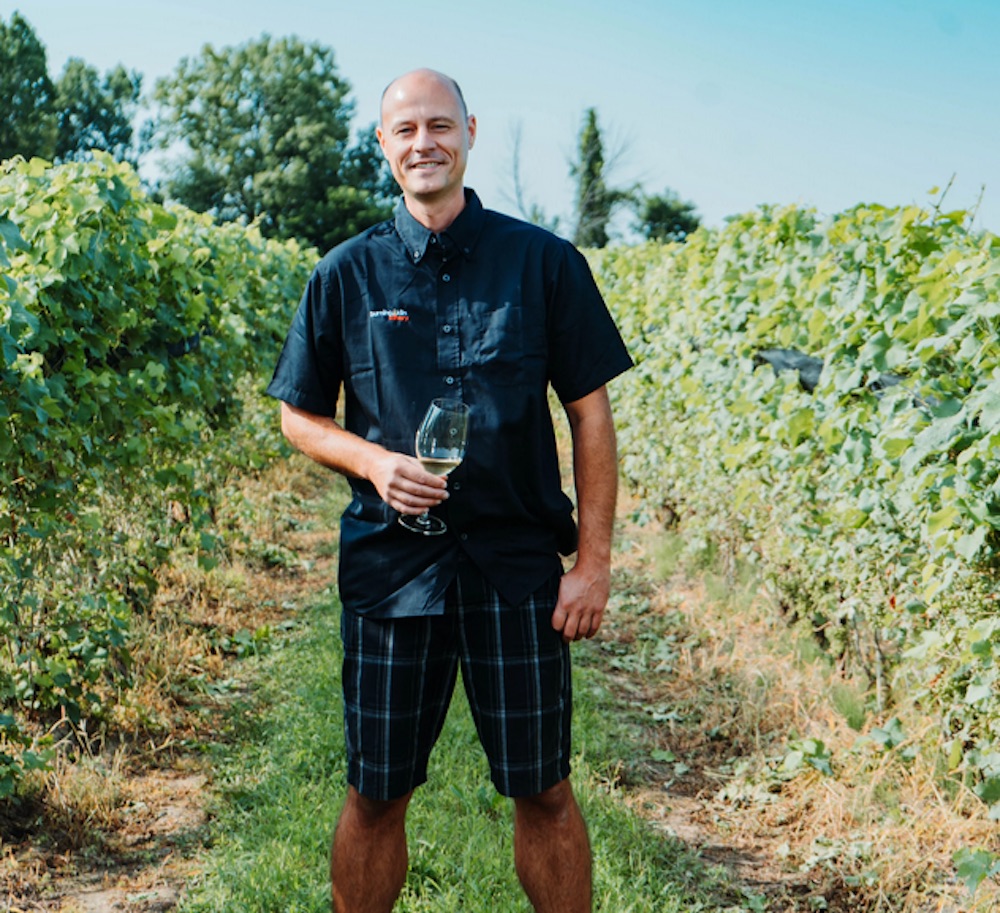
The summer and fall of 2020 was exceptional for Lake Erie North Shore but spring was challenging.
Bud burst was early for LENS, which caused a problem for us initially. CHV vineyards sustained frost with the Merlot, Pinot Noir and Pinot Gris being damaged heavily. Riesling was untouched, though some natural thinning occurred in the Cabernet Franc and Chardonnay.
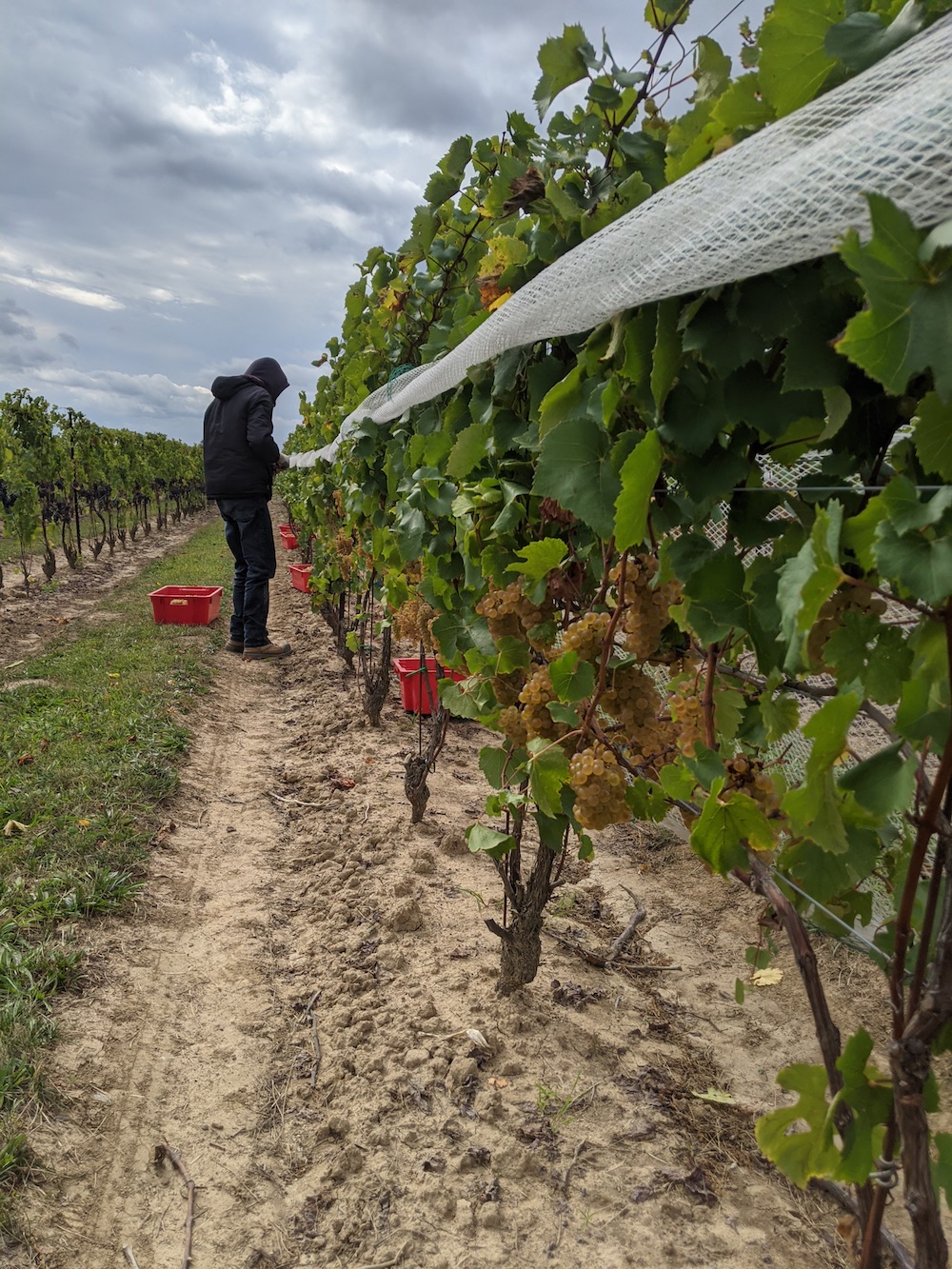
Summer was filled with cloudless skies, vines were under a little water stress but rainfall occurred every time we started to worry about drought. This was perfect growing weather with canopy density and architecture naturally controlled, not too light and not too dense.
We hedged only twice and leaf/shoot removal was easy as the canopy was naturally controlled. Disease never showed up on our estate and we could pick at will. Alcohol wasn’t too much of a challenge except in the Chardonnay.
Chardonnay and Cabernet Franc did very well but our most exciting new addition will be a bone dry Riesling. We kept a section of a block and hung on until the acidity dropped to a level suitable for a bone-dry style with 0 g/l of RS. Sugar never raged, picked at 22 Brix, as the canopy was on the light side.
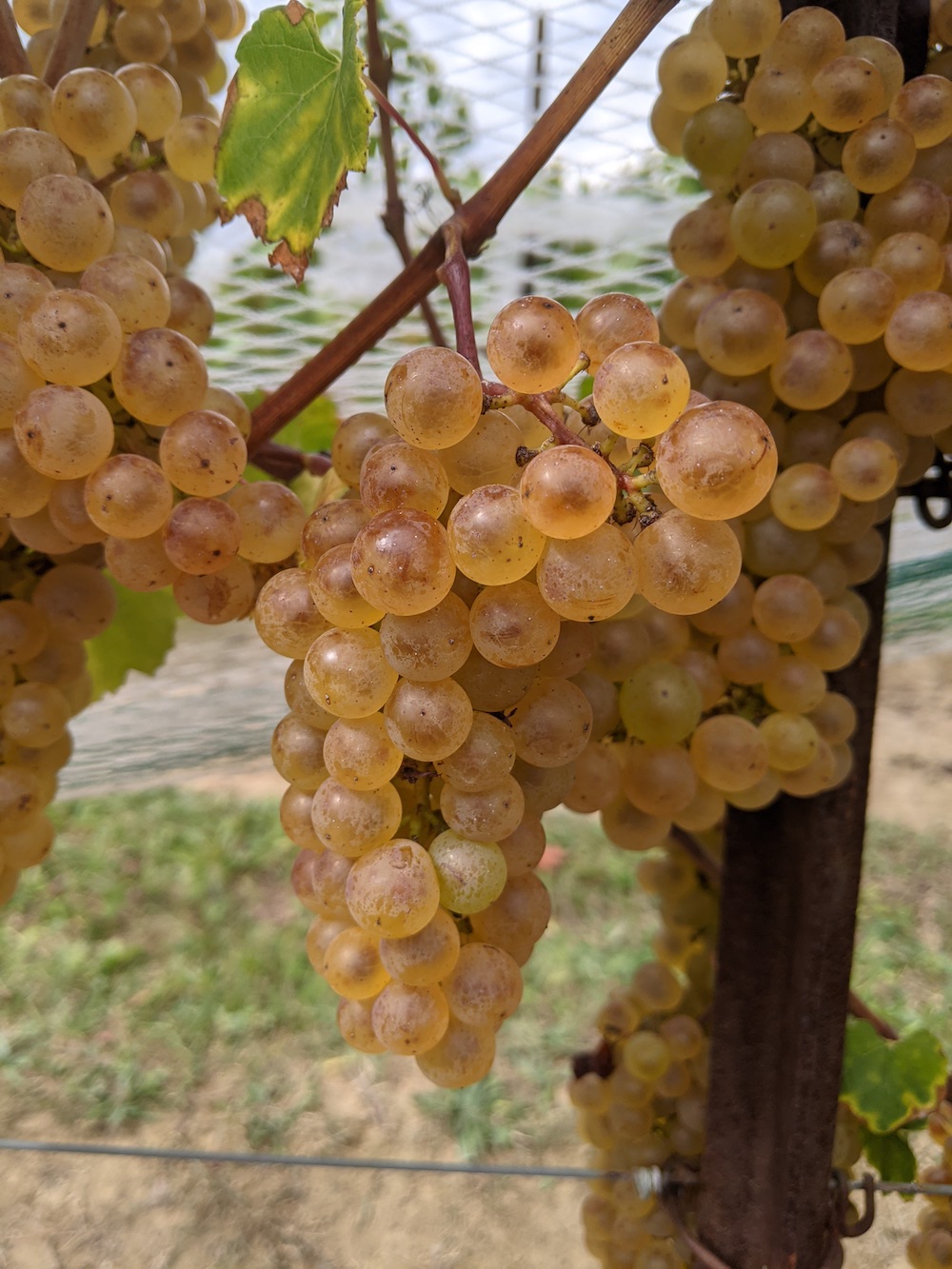
This was spontaneously fermented in a neutral 500L barrel and will be bottled this spring with no additions except for a small amount of bentonite and SO2.
The Reserve Cabernet Franc will again be exceptional, 2019 had nothing on the 2020 as far as weather but if the 2020 matches this wine and more it will be iconic for this winery and region. Don’t expect to see it on shelves before the end of 2022.
Other Ontario wine regions
Shauna White, winemaker,
Adamo Estate Winery, Hockley Valley
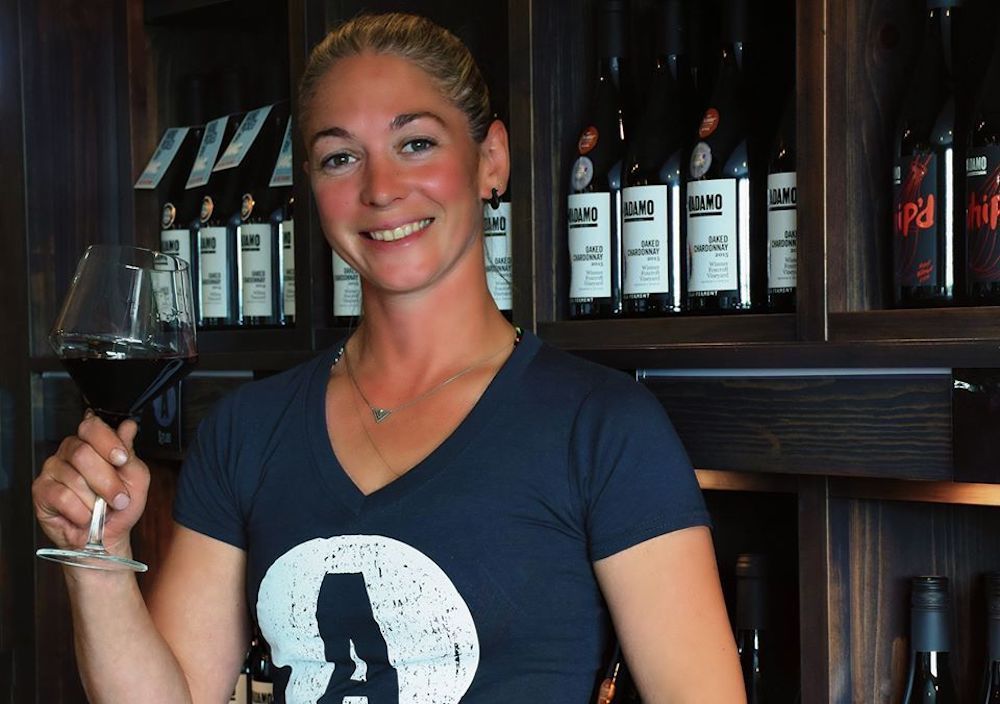
The 2020 vintage is looking to be an outstanding one from Niagara. Our Niagara growers and Mother Nature have provided exceptional quality grapes for all wines: from Sparkling to Bordeaux reds and everything in between.
Unfortunately, that was not the case for us here in the hills of Hockley Valley. The season was looking great with a warm start after the May 2-4 (May 16-18) weekend and in some varieties the vines had already started bud break under their geo-thermal blankets. We opened up the vineyard and left the blankets out in case we needed to put them back over the plants if a frost came. Everything was progressing and growing nicely and we started to remove the blankets from the vineyard.
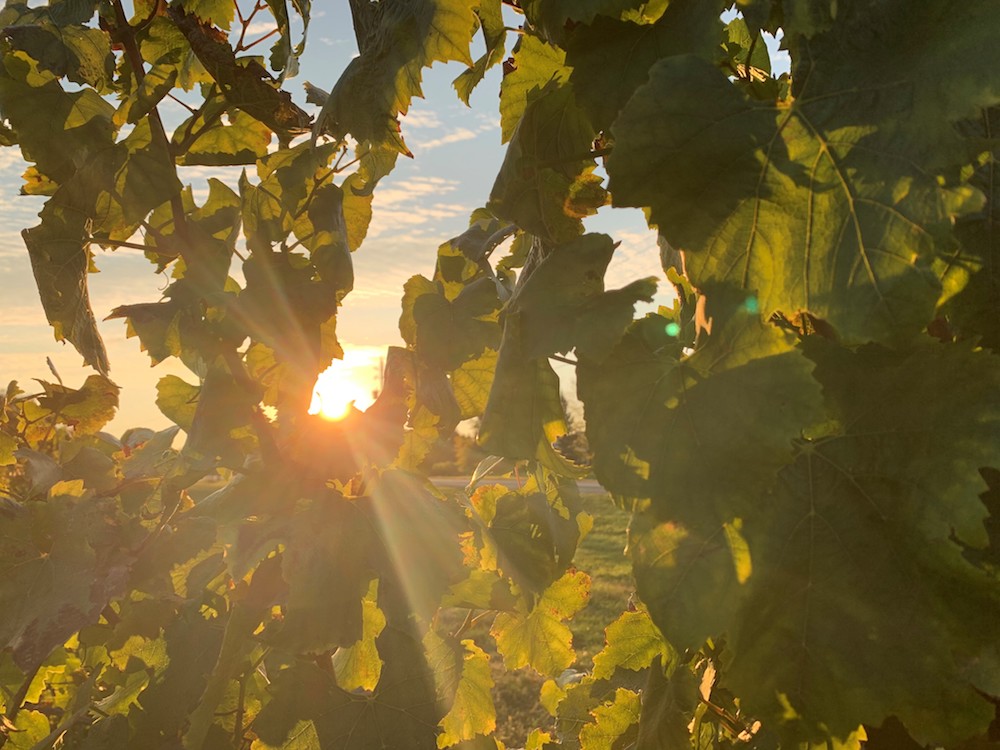
Then on May 30 we set our frost fans for protection as the first spring frost was threating our area. The temperature dropped to 4 C and our frost fans did their jobs circulating warm air from the inversion layer and pushing out the cold air. Again the weather warmed and it looked as though we would have a fantastic start to our growing season with temperatures reaching up to 25 C from June 8-12.
Then the inexplicable happened, a frost on June 13-14. We ran our frost fans but the vines were very sensitive and any shoot growth that was on the outskirts of the frost fan protection were damaged by a temperature drop to 2.8 C on our property. This caused significant damage to one of our Pinot Noir blocks. This is the latest frost I have experienced in this area in the 6 years that I have been working here.
From that point onward, June was warm with dry conditions, until the end of the month when we received some much needed rain. July continued to be hot and dry with happy vines, a fruitful flowering and healthy growth. The rain seemed to arrive at the precise time in July, when the vines needed it, just in time to size-up the berries before bunch closure and it continued to be hot and dry for the remainder of the month.
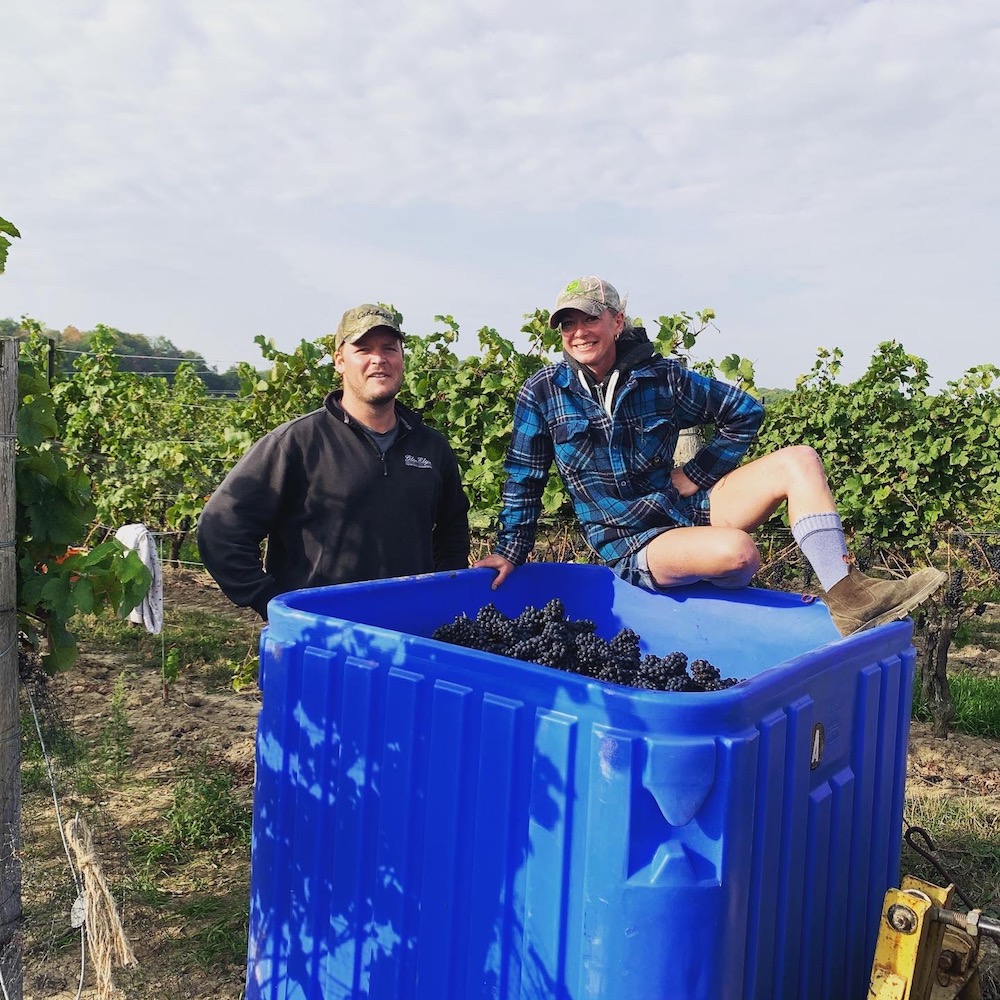
August brought some storms and rain early in the month, which were welcomed. The warm weather stuck around for the month of August and the nights started to cool down, which kept the disease pressure low and allowed the grapes to happily continue maturing through veraison as sugars started to accumulate in the berries.
And then, just a shocking as the late spring frost, we got a very early and very cold fall frost; 2.4 C on Sept. 13 with very little inversion layer to bring warm air down with our frost fans. gain, the poor vines that are planted on the edge of the frost fan radius suffered, receiving frost damage and the frosts just kept coming, with a very heavy frost on Sept. 19 recorded at -0.4 C. The grape varieties on our Estate that were protected by our frost fans ripened and we harvested some delicious Chardonnay Musque, Chardonnay, Riesling and Vidal from our estate in 2020. We were also very lucky with our weather in October and early November and were able to get all our vines pruned, tied and we got our geo-thermal blankets on and our vines tucked away for the winter, before the ground froze and the snow arrived.
Brian Hamilton, winemaker,
KIN Vineyards, Ottawa Valley
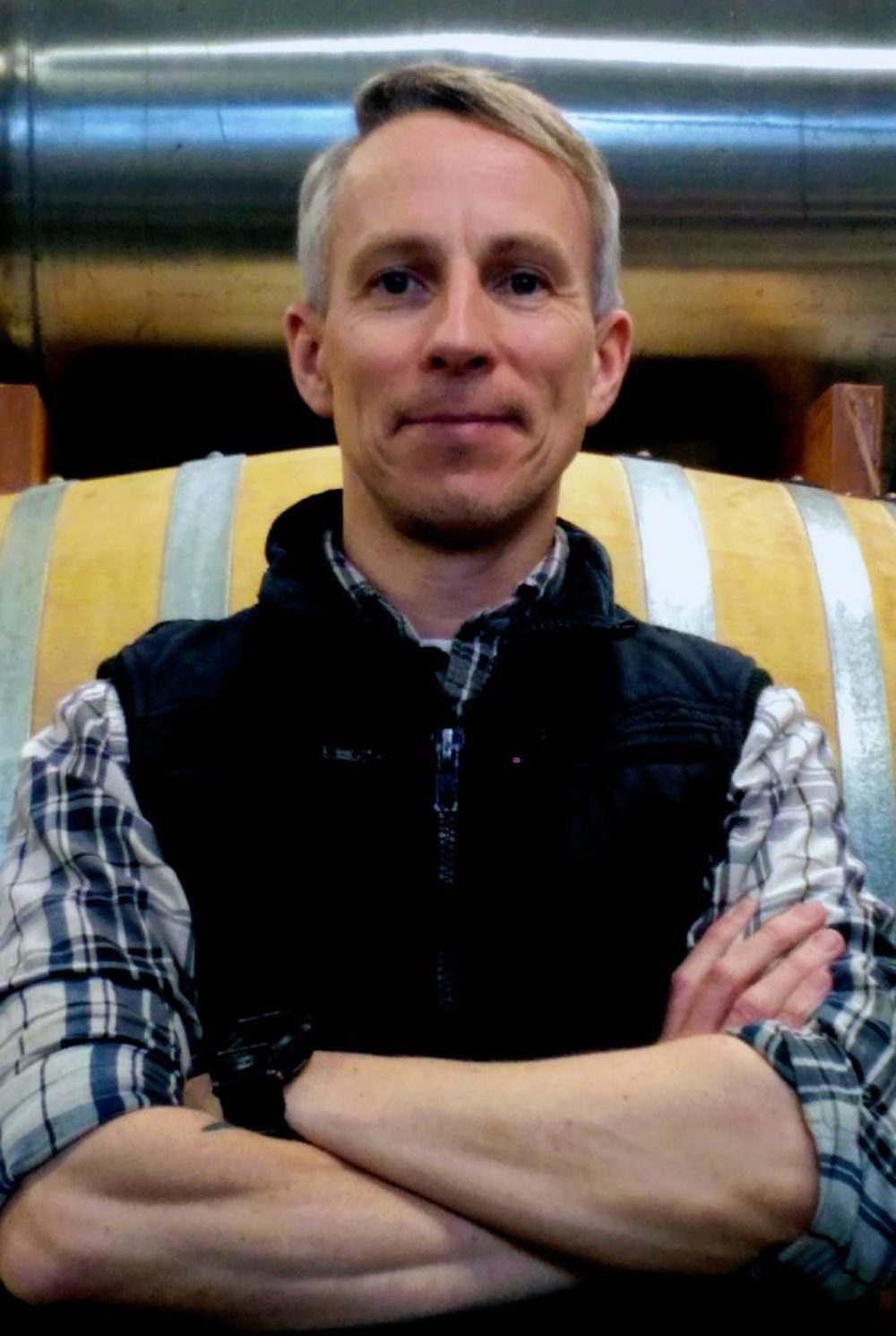
As KIN Vineyards’ Carp Ridge Vineyard is the most northerly plantings of both Chardonnay and Pinot Noir in Ontario, the vines receive winter protection via the burial of vine canes beneath the earth following the harvest. Unburial of the canes, in 2020, began in late April with completion on May 4. Pruning and tying of the vines was then accomplished over the following week to 10 days.
We saw a late spring with five cold event evenings between May 4-12 requiring the use of multiple frost control measures including fans, propane powered heaters and vineyard candles. As buds had not yet emerged, they were still largely dormant and not yet de-acclimated. No damage was incurred.
Bud break began May 21 with average temperatures and precipitation.
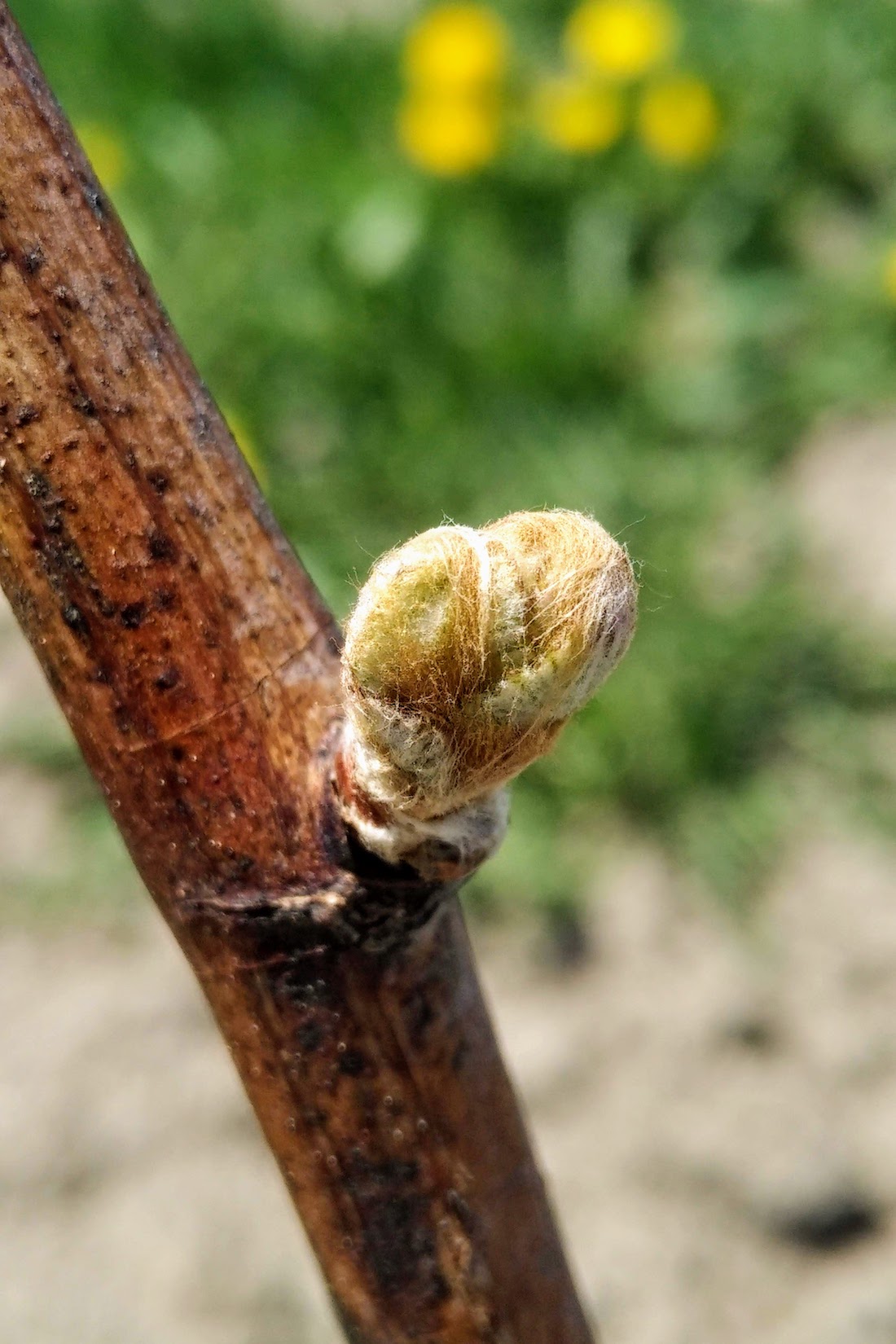
Following flowering around June 19, the weather was above averagely warm and precipitation was low providing ideal conditions for good fruit set and minimal opportunity for the establishment of rots and mildew.
The Chardonnay and Pinot Noir vines were not flower- or cluster-thinned leaving 1.75 – 2.0 tonnes per acre crop potential at harvest. With heavy rains (less than 10 mm) almost weekly between July 23 through to the end of August, we saw some sour rot development in the Chardonnay over the course of veraison between August 4 to 26.
Autumn cold events occurred over 6 nights in the second week of October necessitating frost protection measures again to extend hang time on middle block Pinot Noir and lower block Chardonnay. Following the frost nights, daytime temperatures rose to mid/high 20s creating some rot and breakdown in the Pinot noir.
Harvest began with the first pick of Chardonnay on Sept. 26 followed by Pinot Noir on Sept. 30. Second window pick of Chardonnay occurred on Oct. 9 with Pinot Noir on Oct. 6.
Both varietals reached full physiological maturity with rachis lignification, brown seeds, ripe /hard tannins, and record Brix for this vineyard.
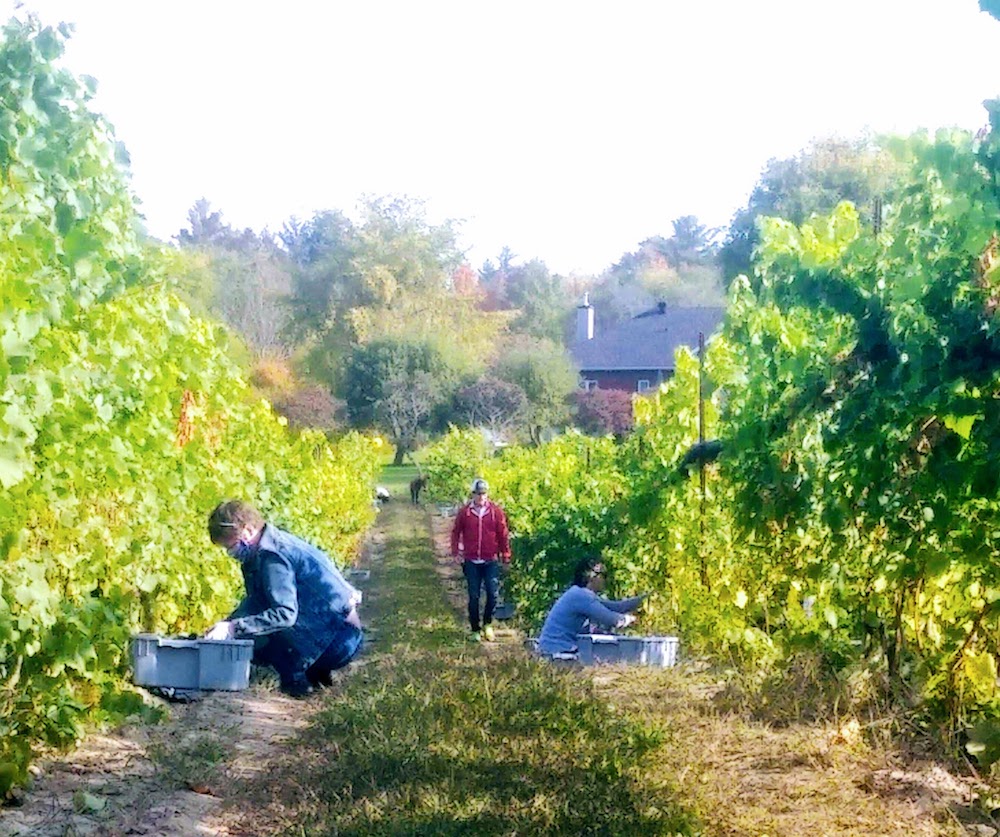
The 2020 Carp Ridge Chardonnay shows ripe flavours of apple and pear, pronounced acidity and minerality consistent with previous vintages and characteristic of our terroir. Minimal new oak, lees battonage and 10 months elevage in French oak cooperage will bring balance and richness to the palate before bottling in August and release after no less than eight months bottle time.
The Carp Ridge Skin Fermented Chardonnay is a natural wine with minimal sulfites added and no filtration. Two weeks of skin fermentation before pressing and finished in stainless steel, the wine shows a citrus peel, ginger, chamomile profile. Release is May 2021.
The Carp Ridge Pinot Noir was fermented in seven separate one tonne fermenters over three weeks total maceration prior to pressing and barreling to French oak cooperage with minimal new oak. Higher acidity allows for good colour stability and palate freshness. Pronounced cherry and red berry /cranberry is framed by fine tannin and balanced alcohol.
Nik Antunovich, winemaker and viticulturist, Burning Kiln Winery, Norfolk County
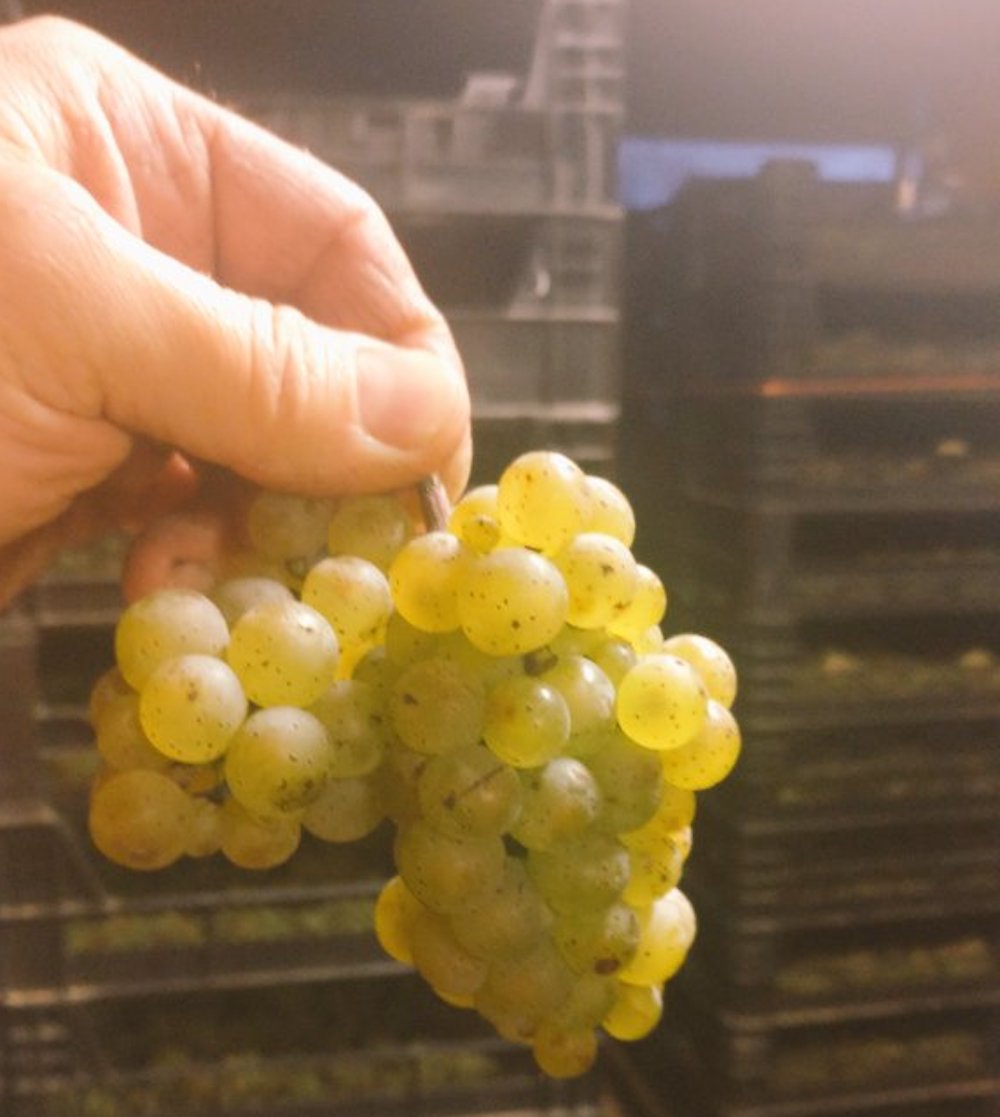
Norfolk County is always cooler but never cold. Frost was a concern, but a later bud break got us through the cold nights that hit Lake Erie North Shore. We were worried for the Pinot Noir as buds we woolly but we had very little damage.
Summer was perfect and the water stress controlled canopy density and shoot length. We picked Pinot Noir in two runs, first for “Broken Needle” rosé and then for the “Prime” Pinot Noir. Riesling, Chardonnay, Cabernet Franc, Merlot and Pinot Gris were great but the star could be the Savagnin.
We fermented this in a large neutral oak vat to dryness. This is a very unique and intense white with lots going on, passion fruit and boxwood dominate but with volume on the palate that is hard to beat without extended ageing, this will be bottled in spring.
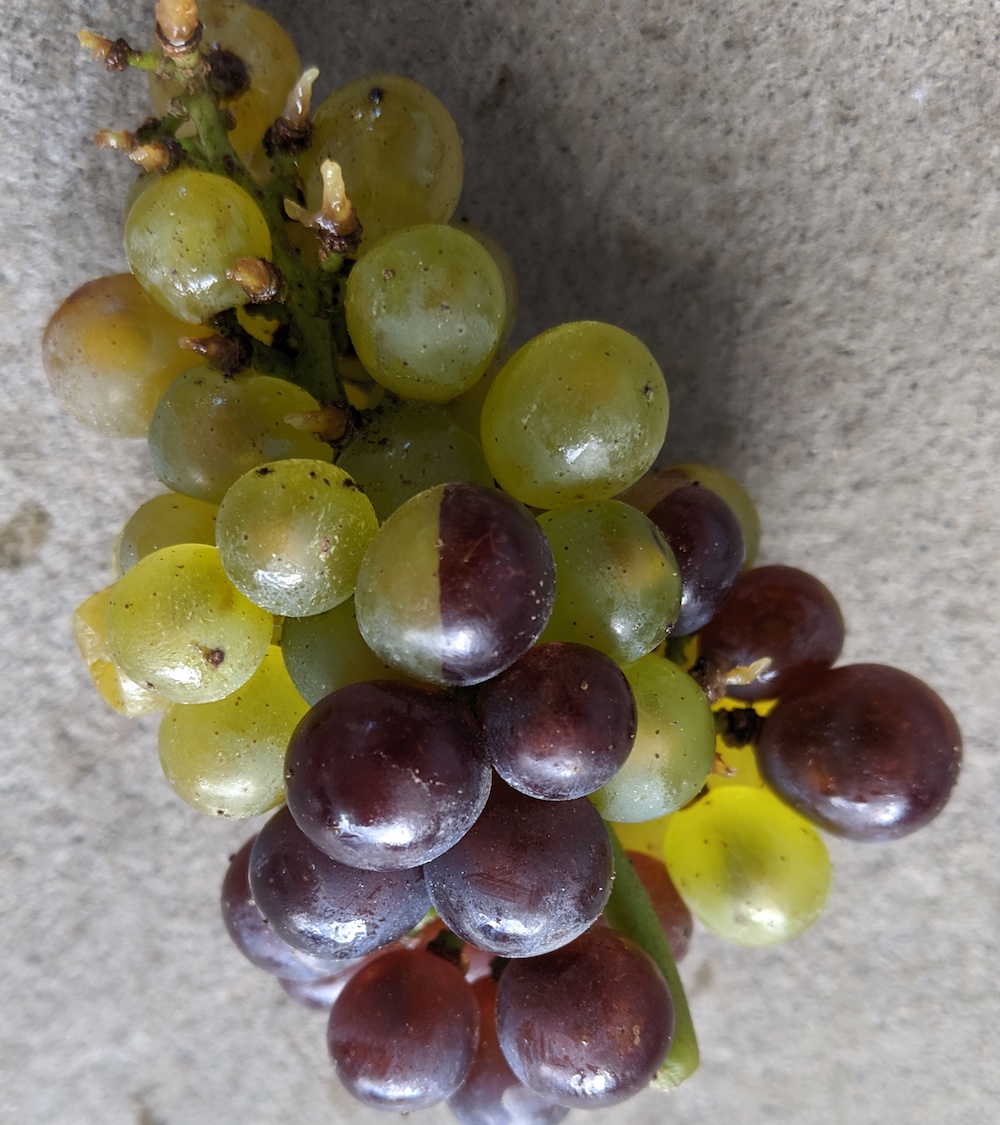
We will also be doing a Cabernet Sauvignon called “The Boss” from 2020 as quality looked great in the field and during ferment. All the top reds will be in barrel for many months to come; right now they are very fruit forward with lots of ripe active tannins, which are ideal for ageing. Just a note on kiln drying; this is part of our program but it is not the core part of our philosophy. 2020 needed little help with sugar ripeness so we used the kilns only to add complexity and concentration. The kiln-dried wines are big and will age a very long time.
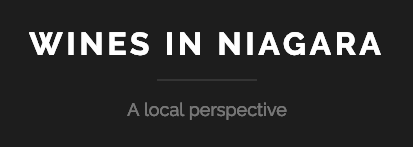







Comment here